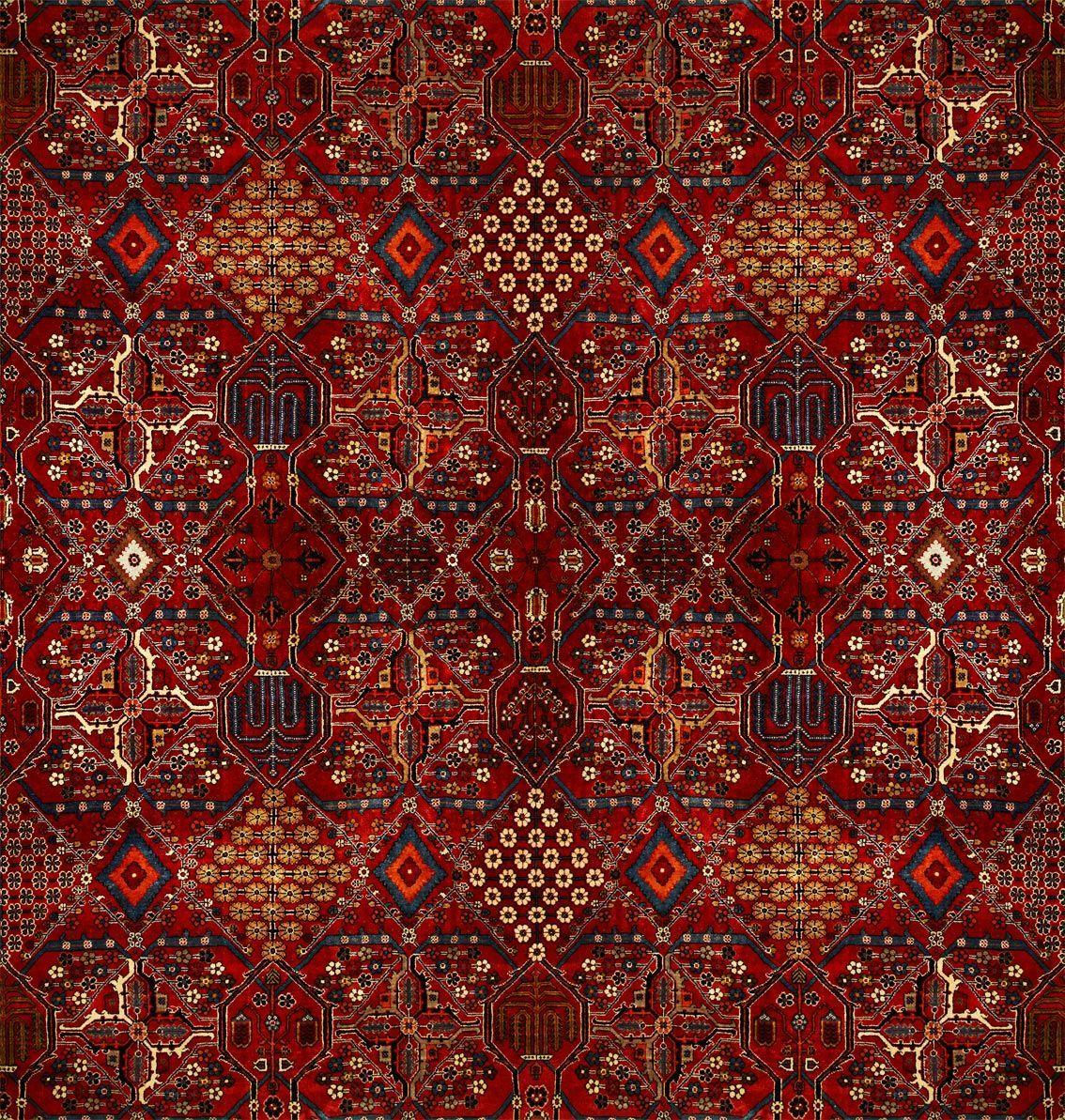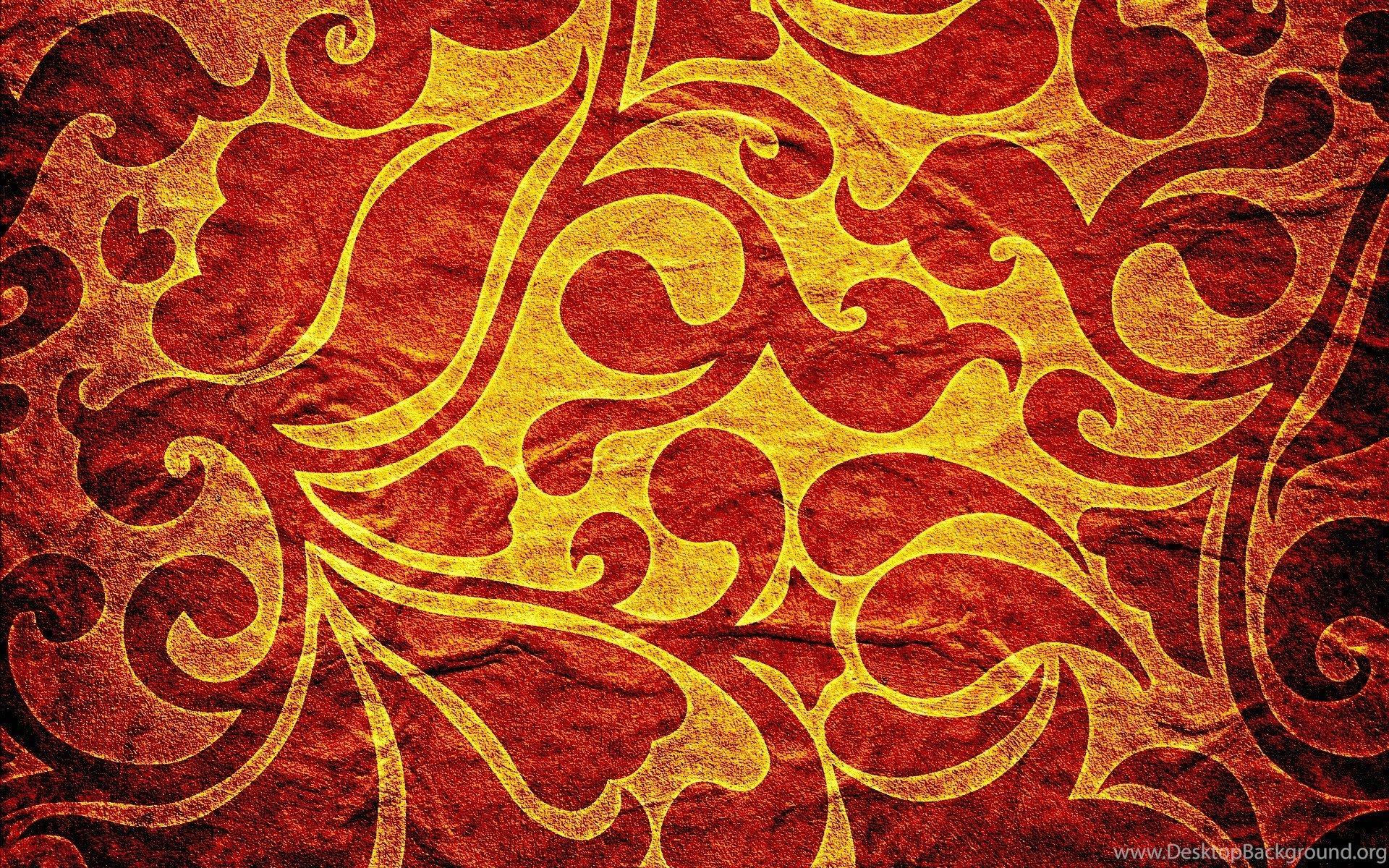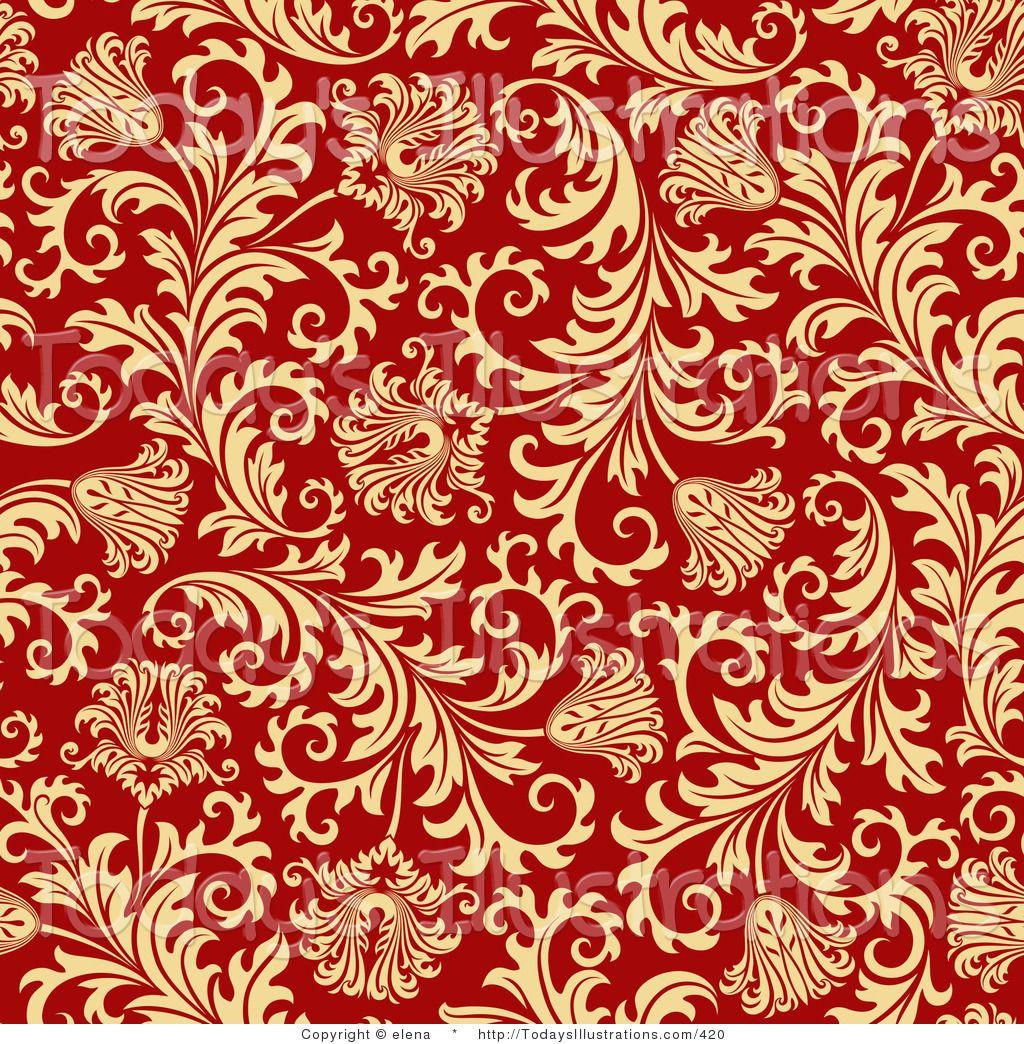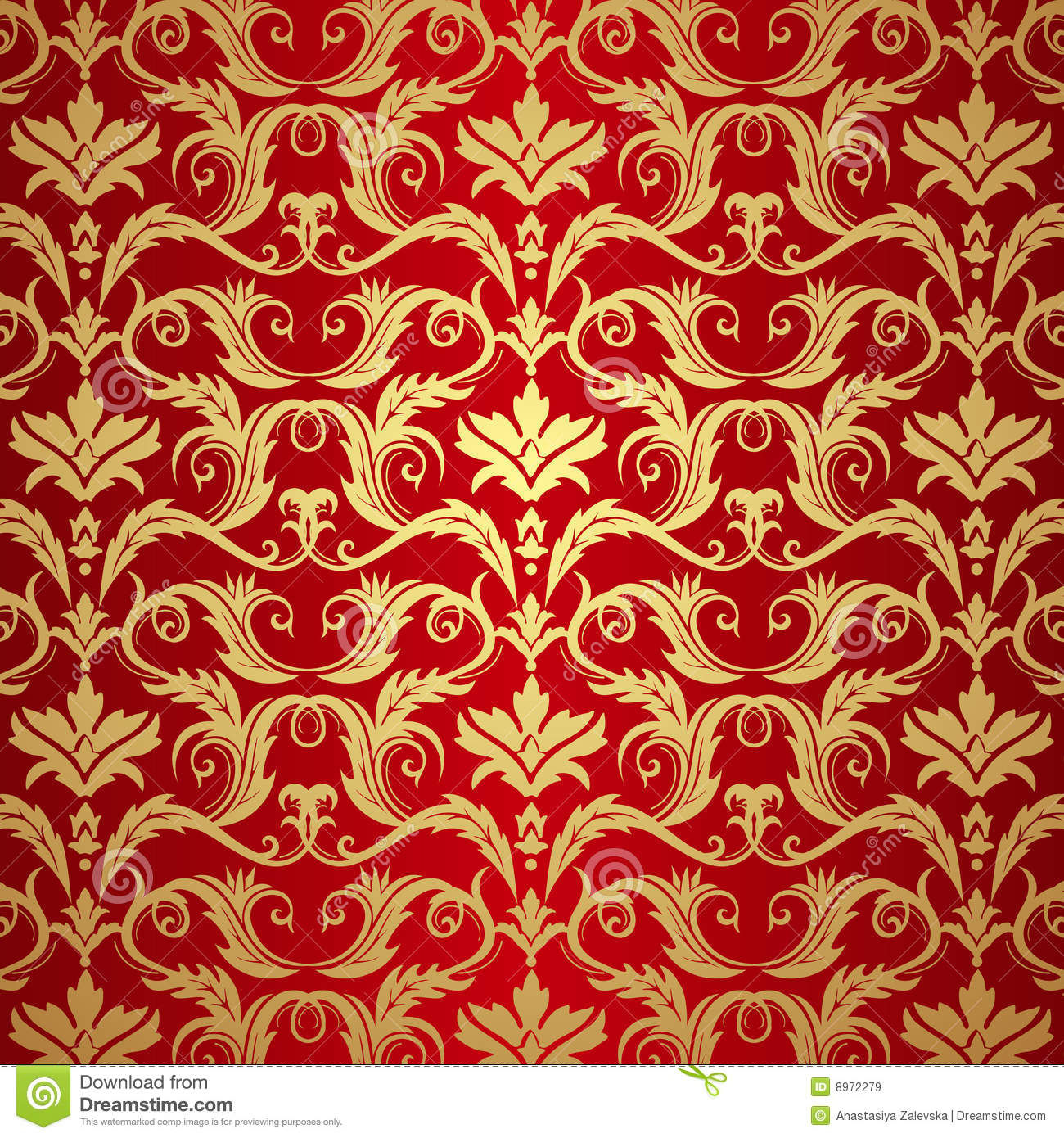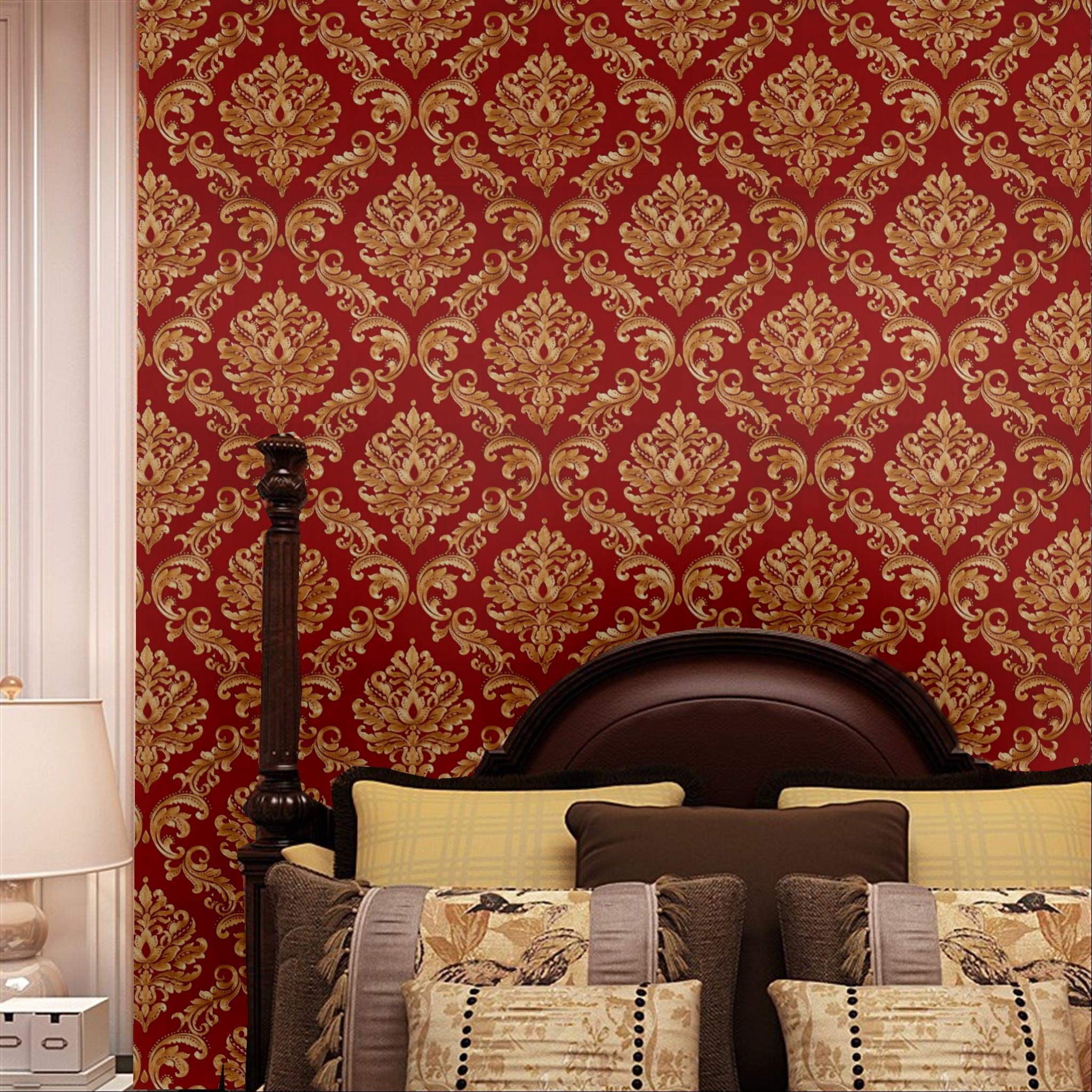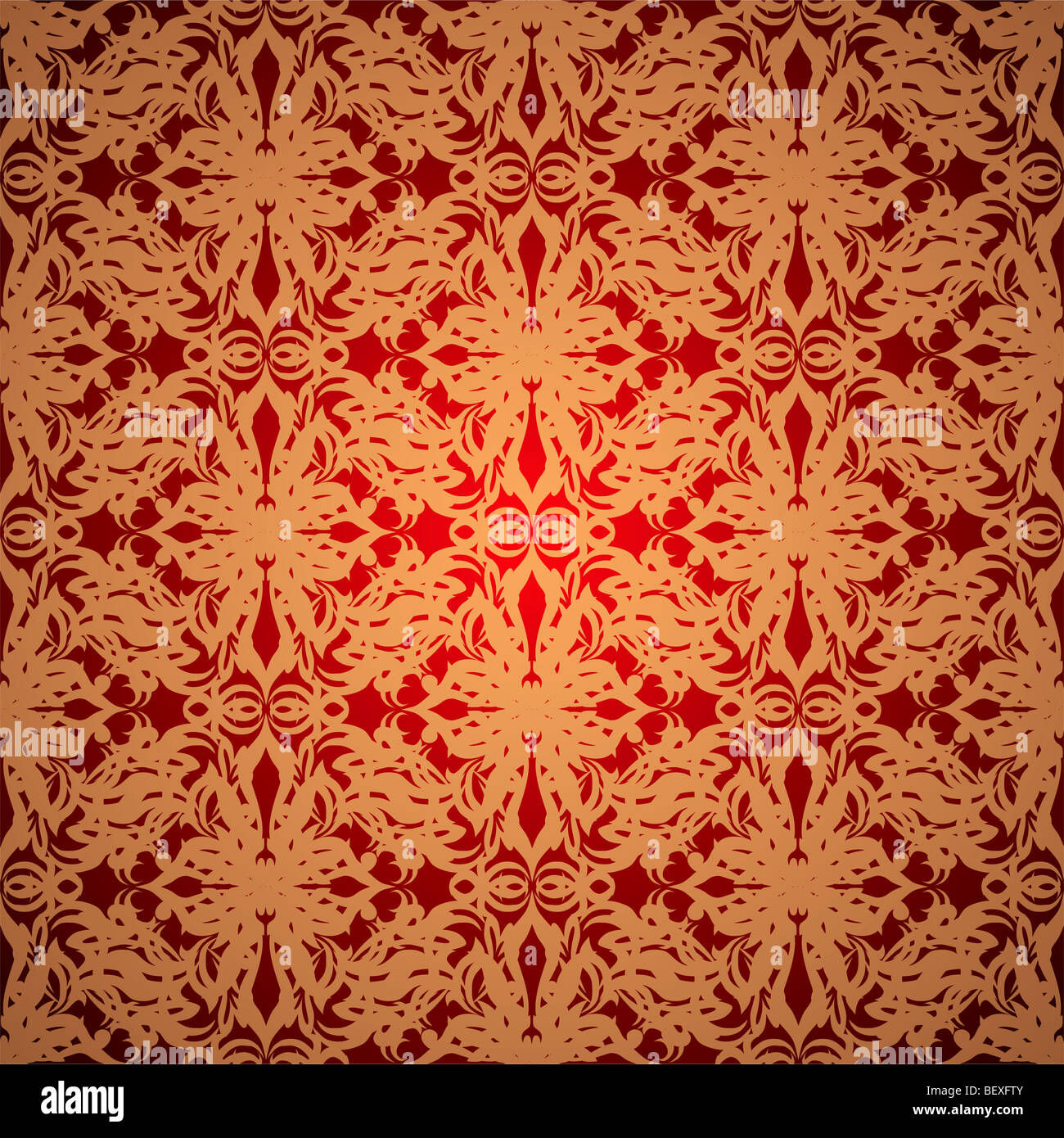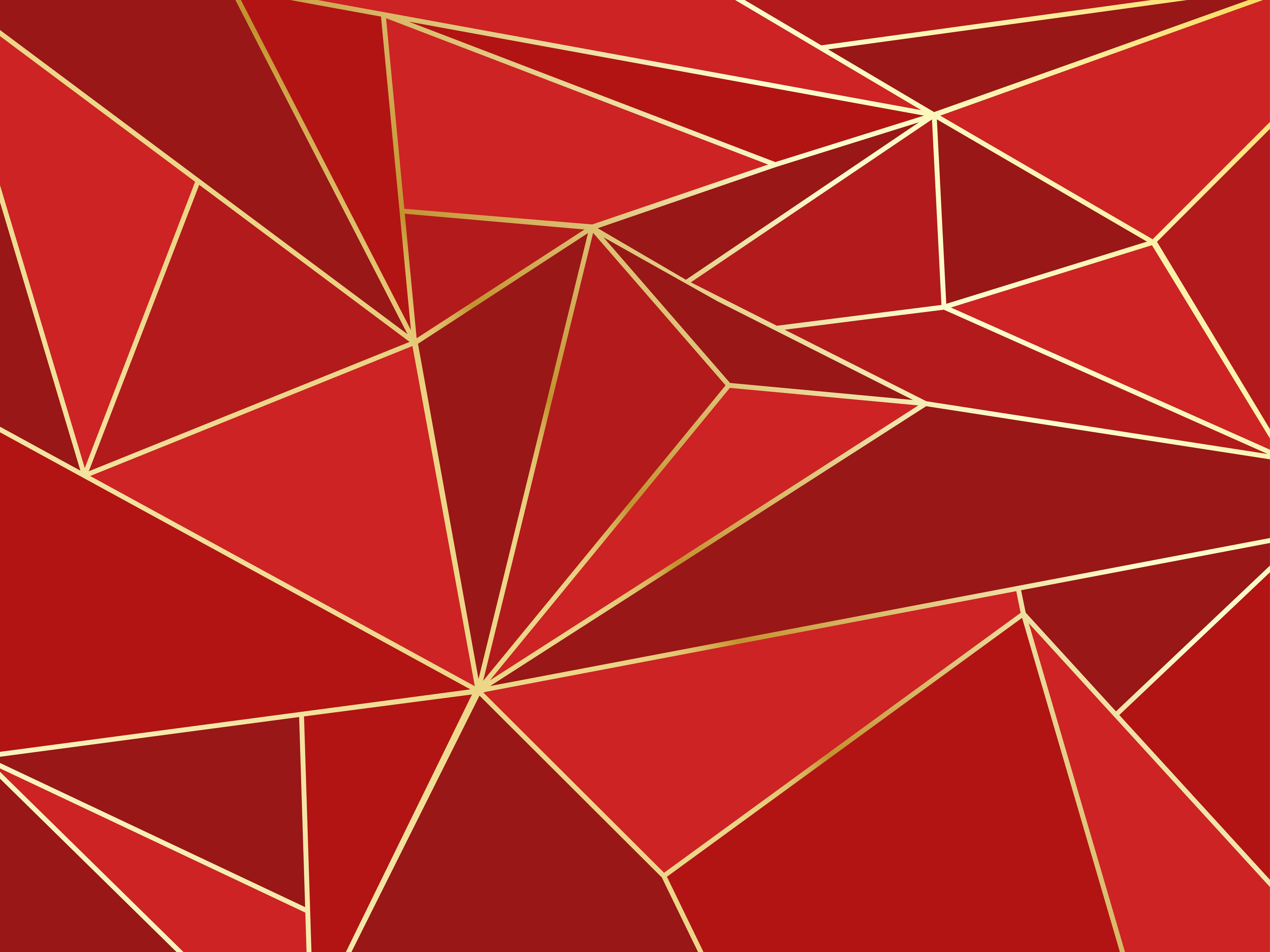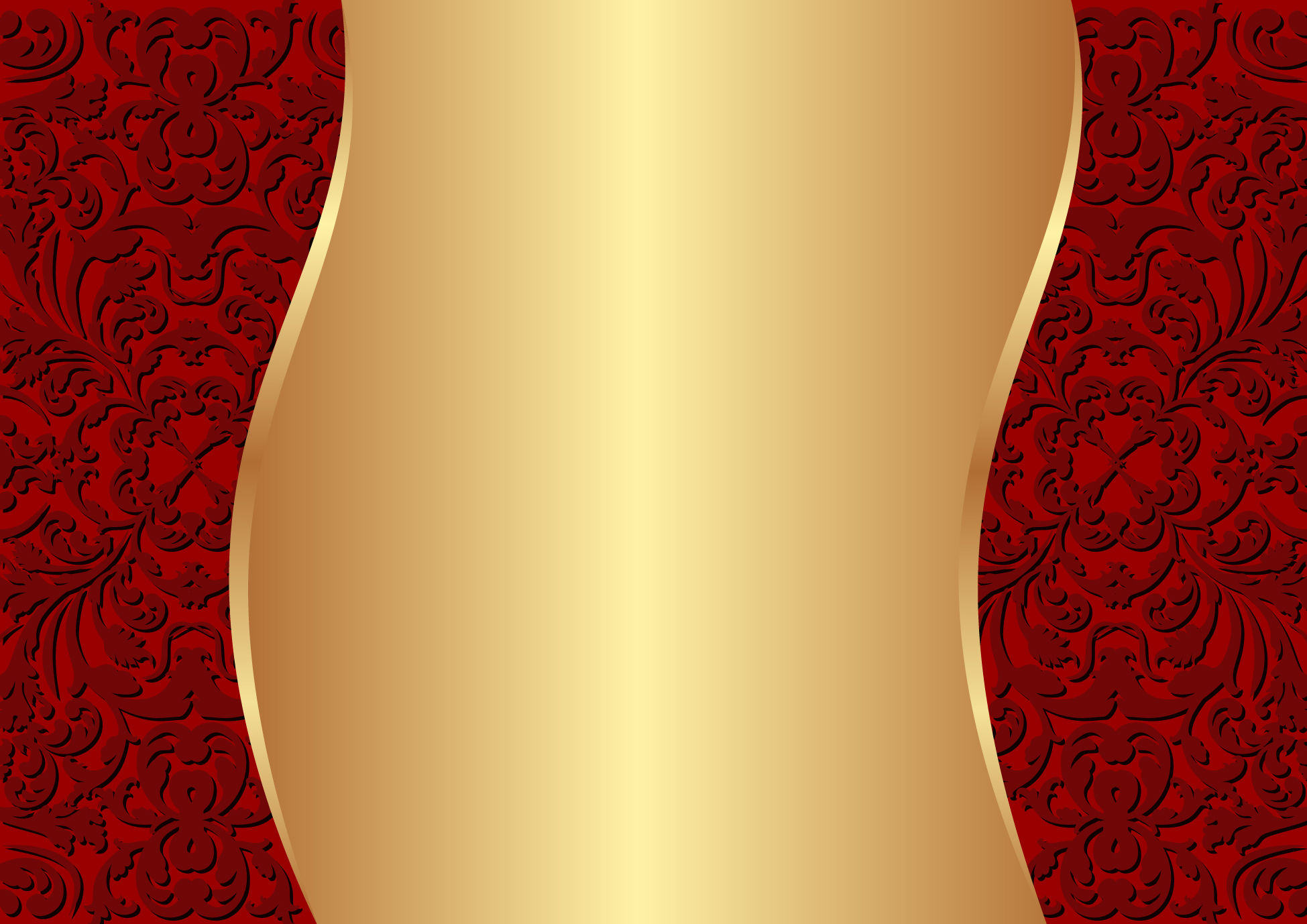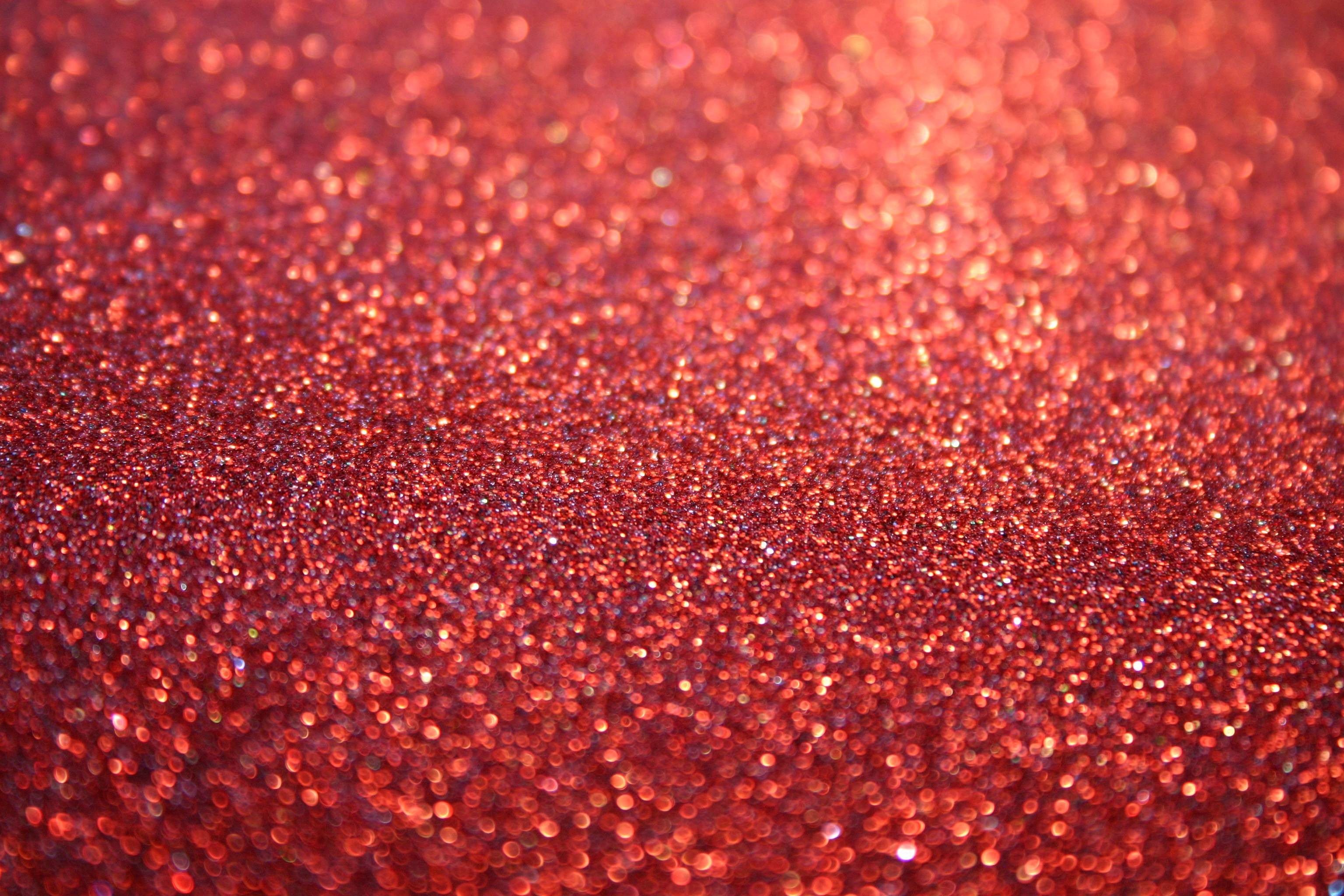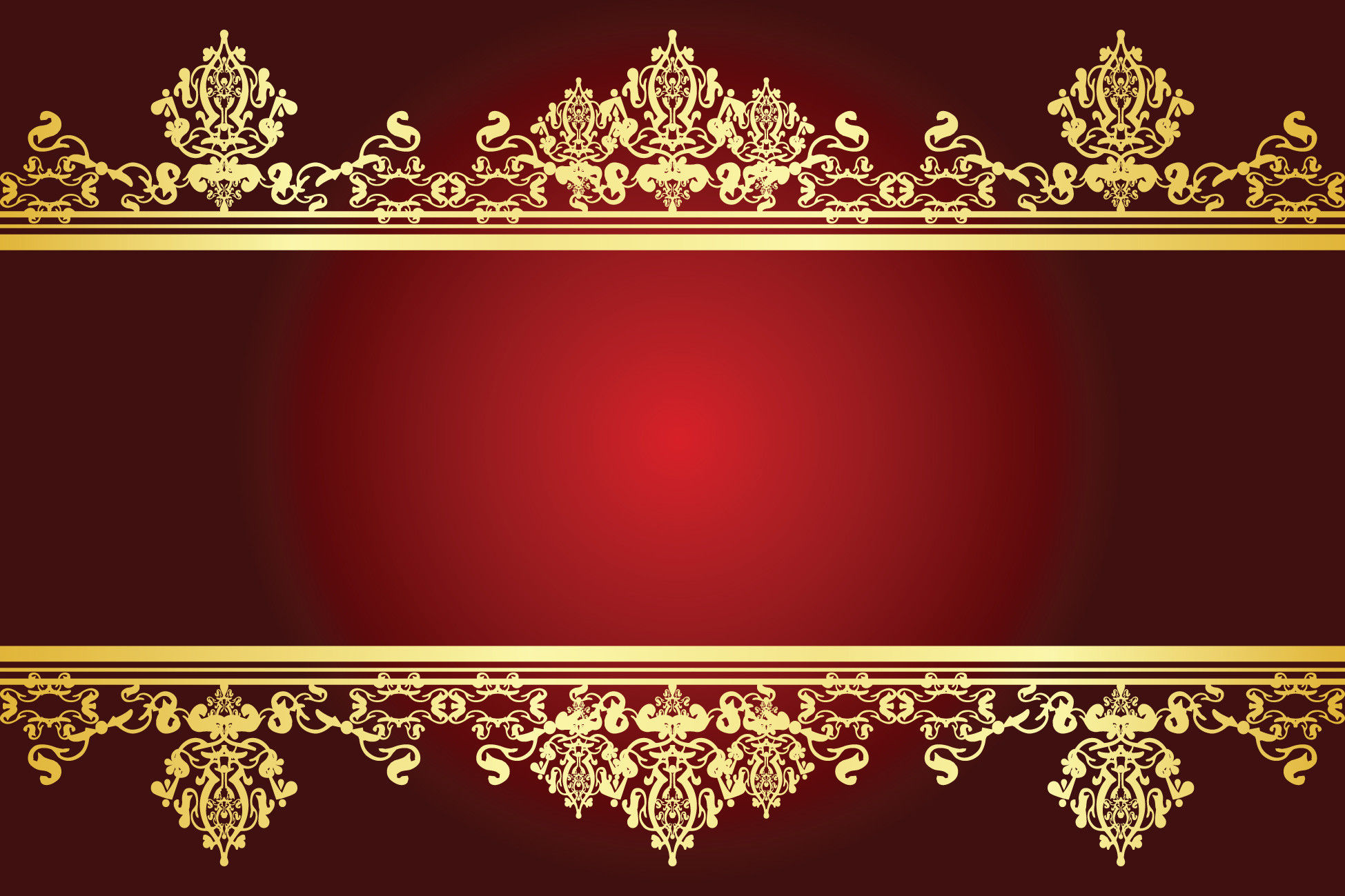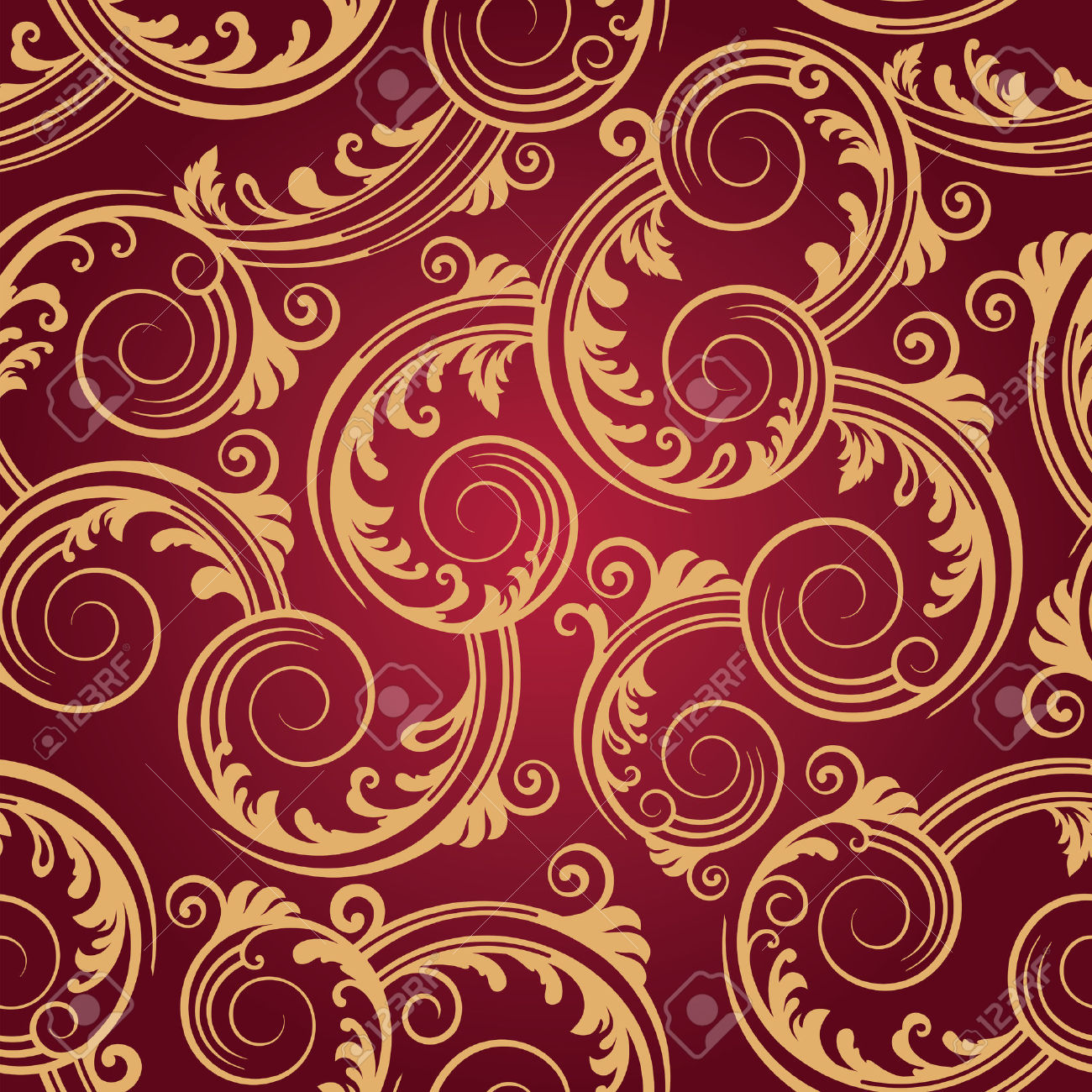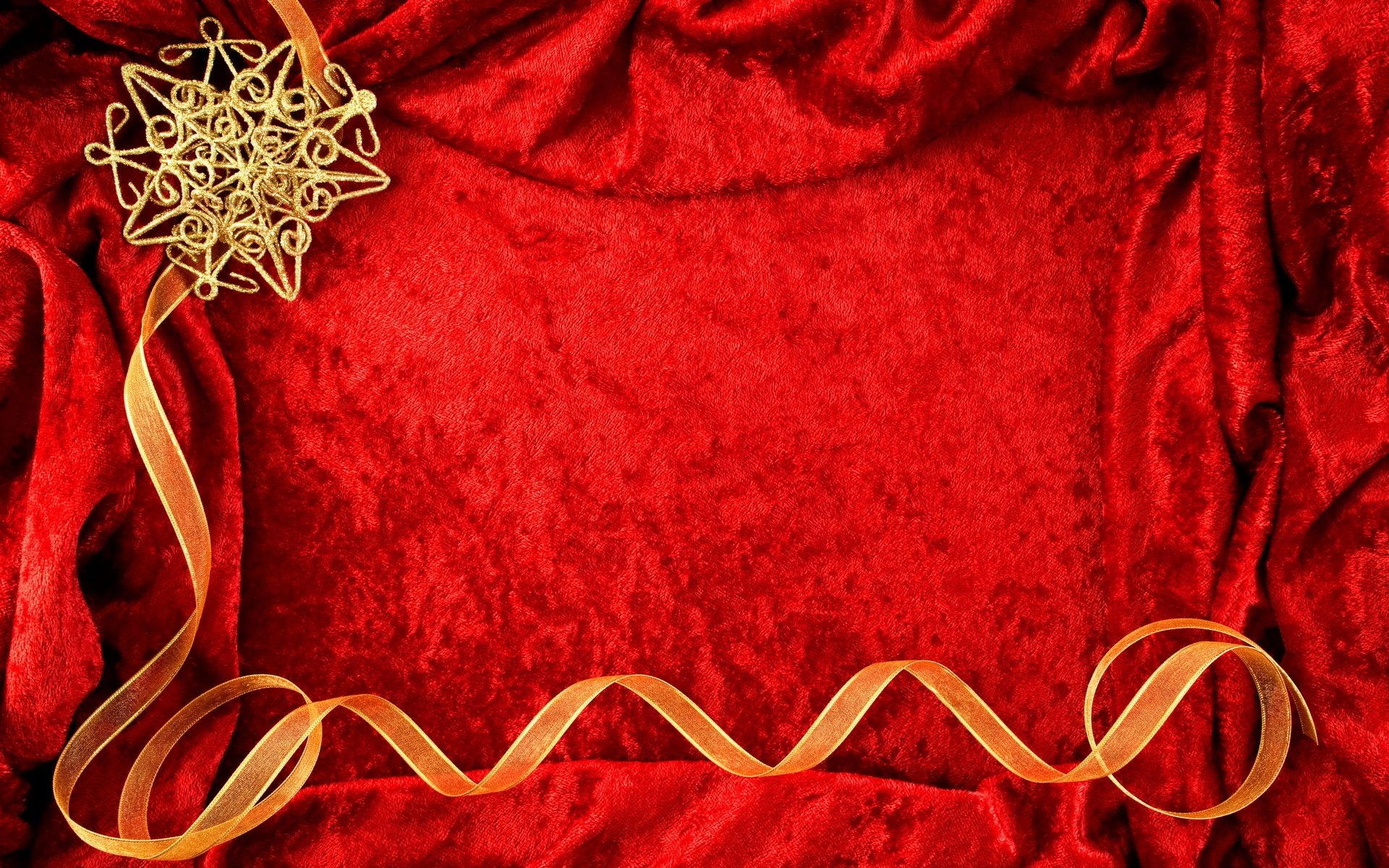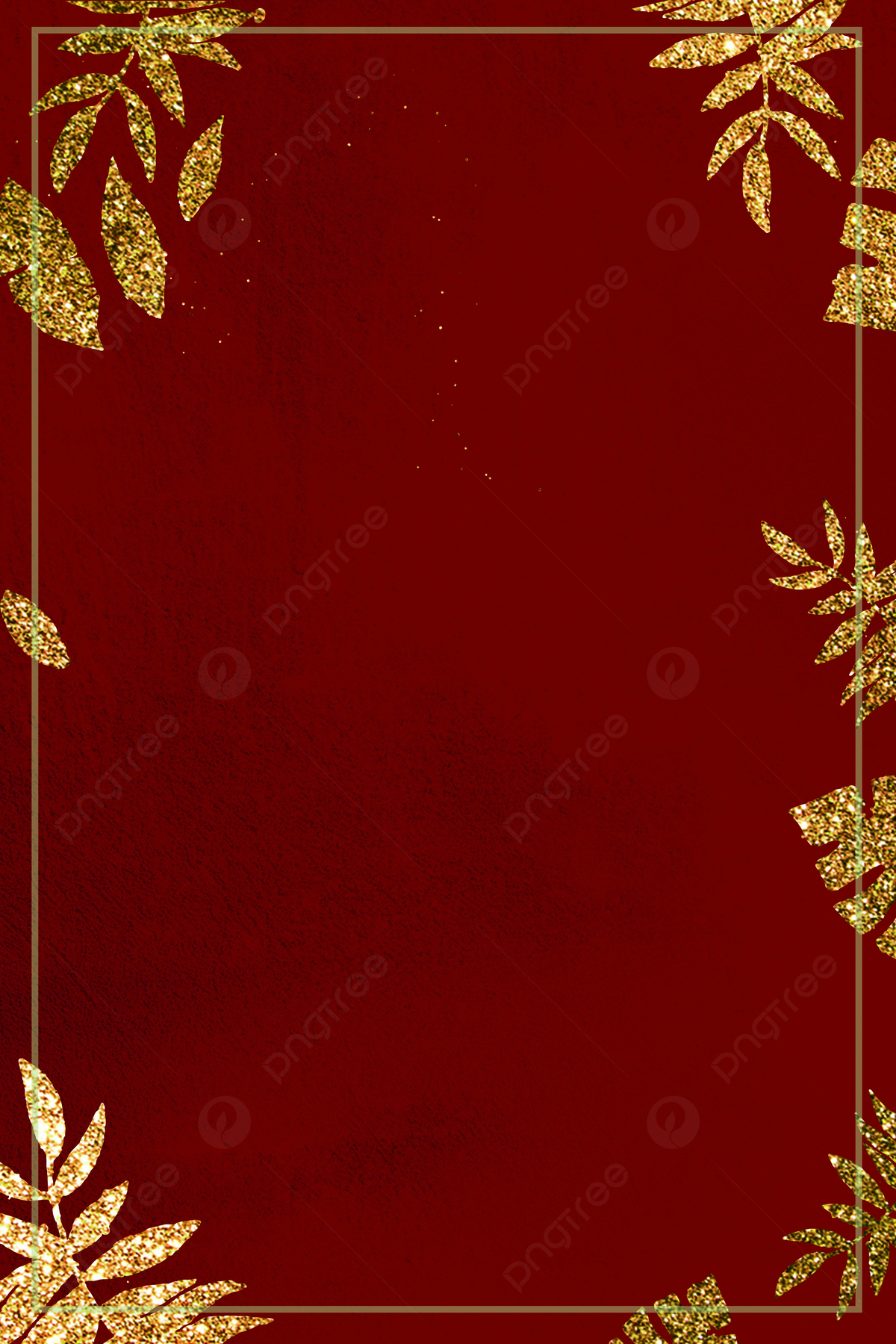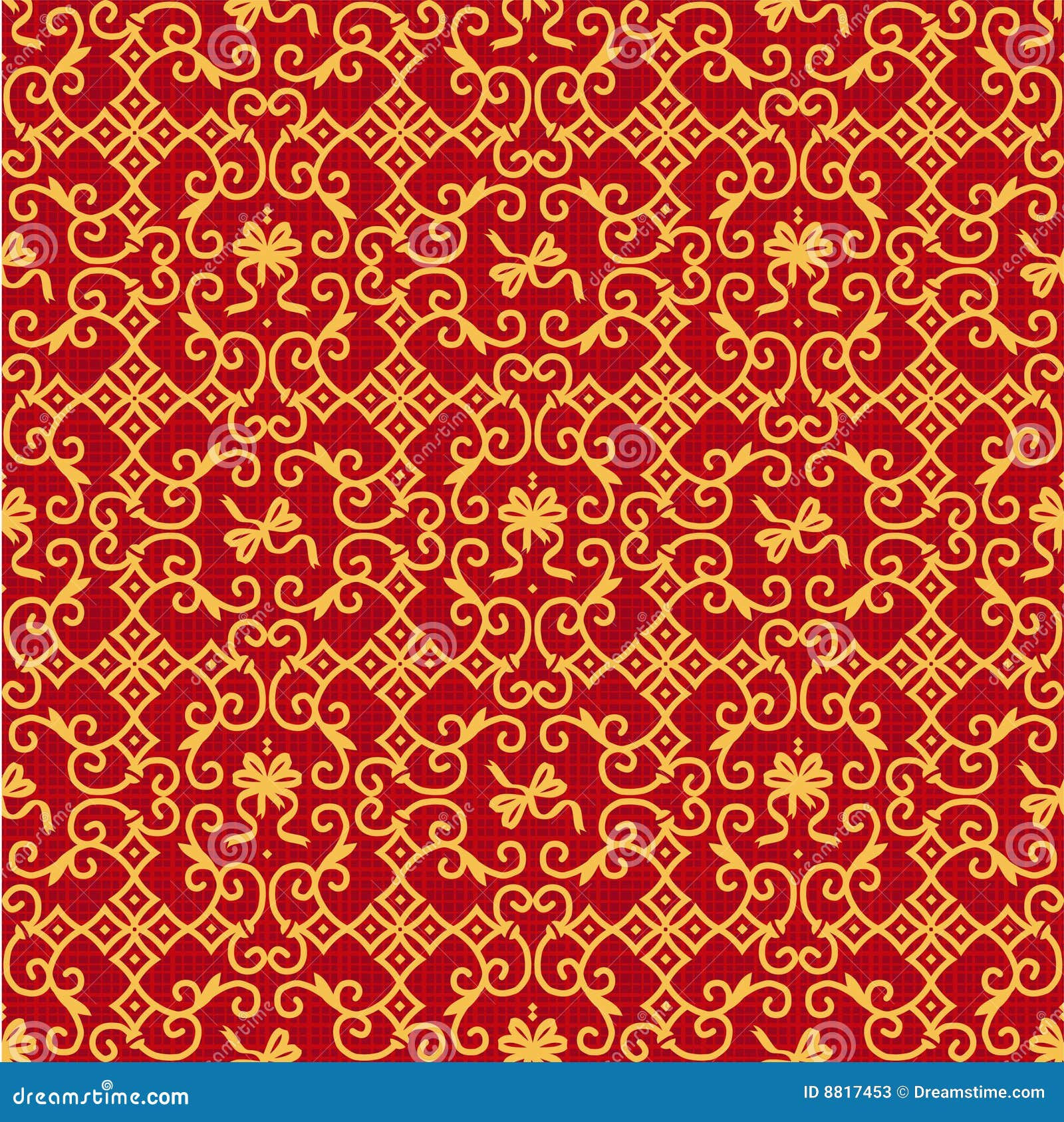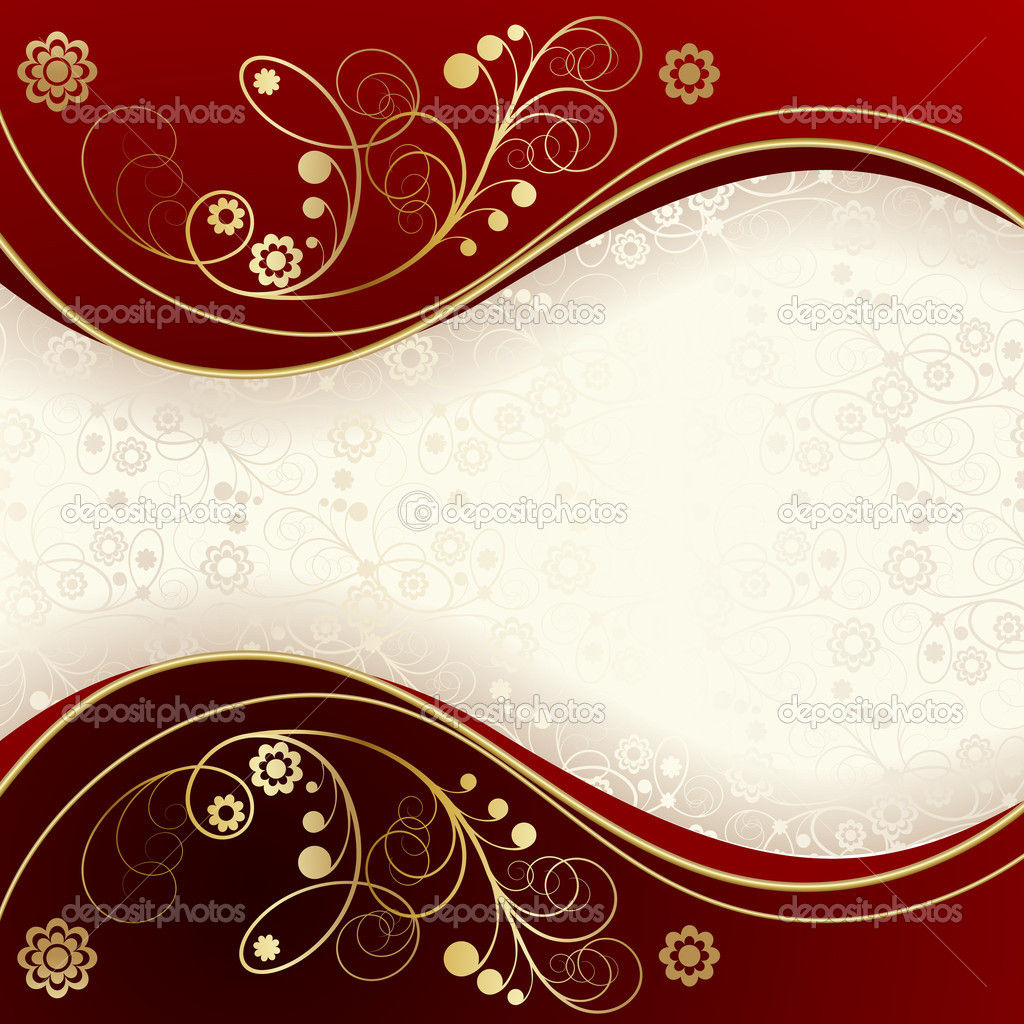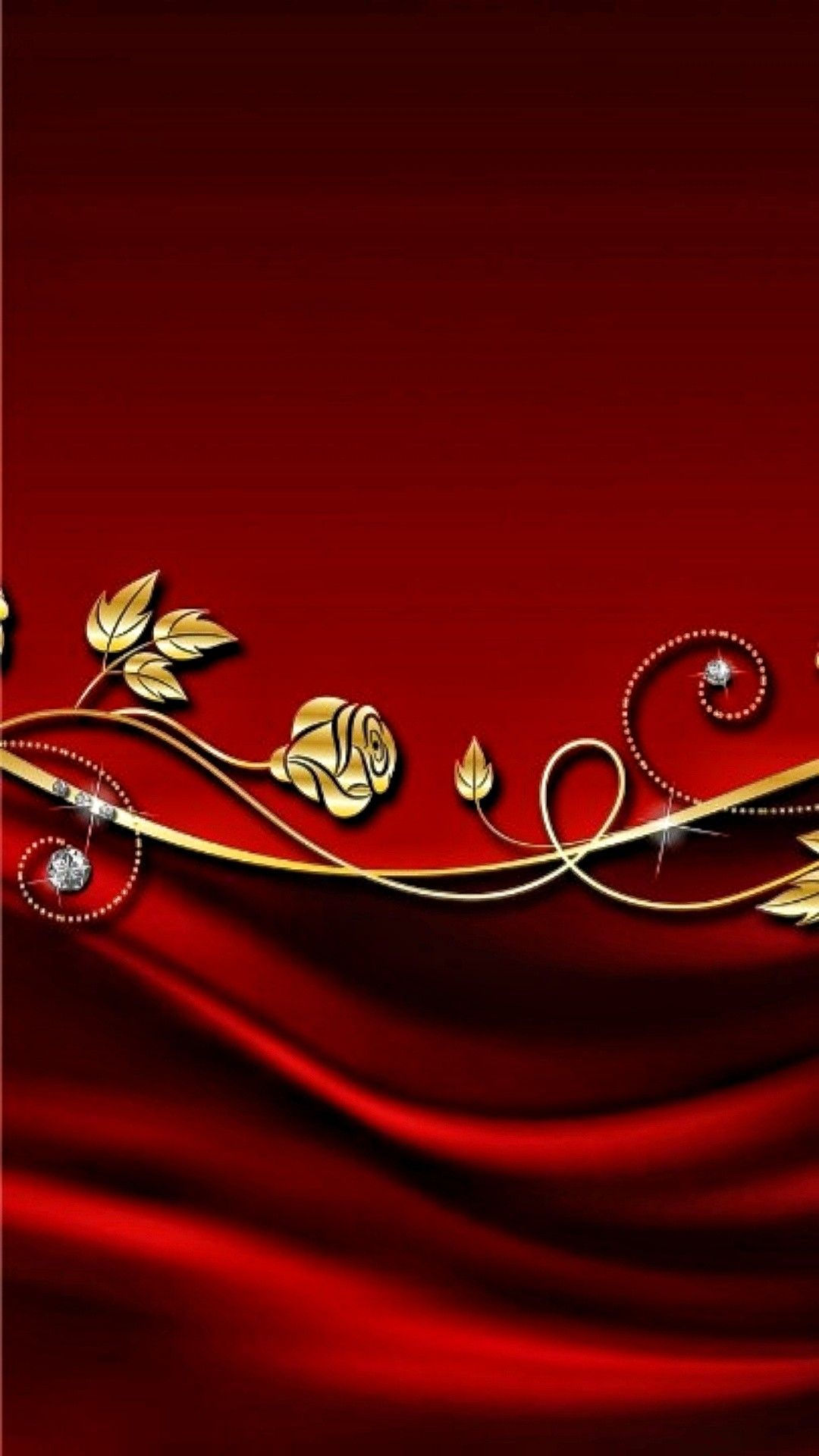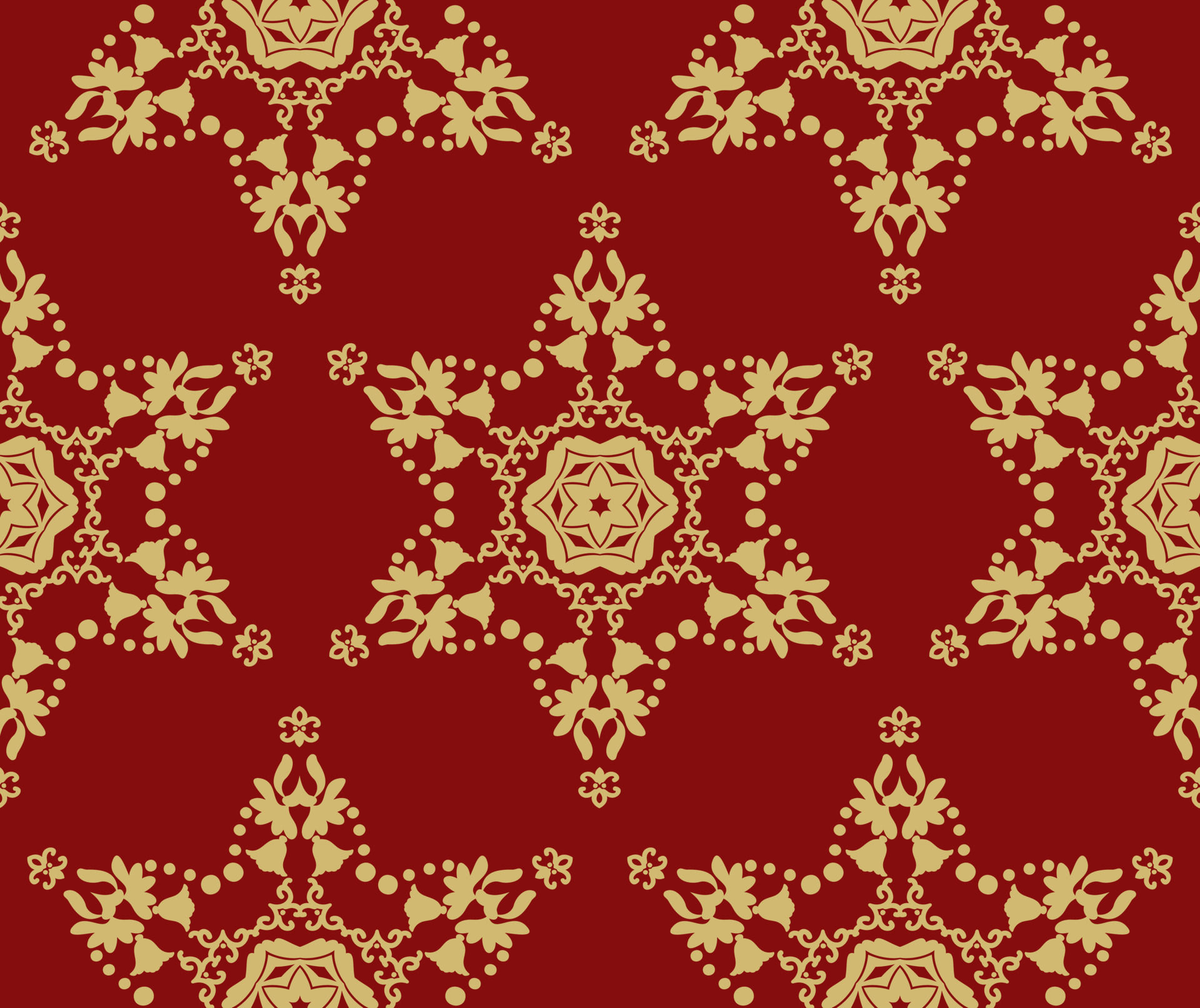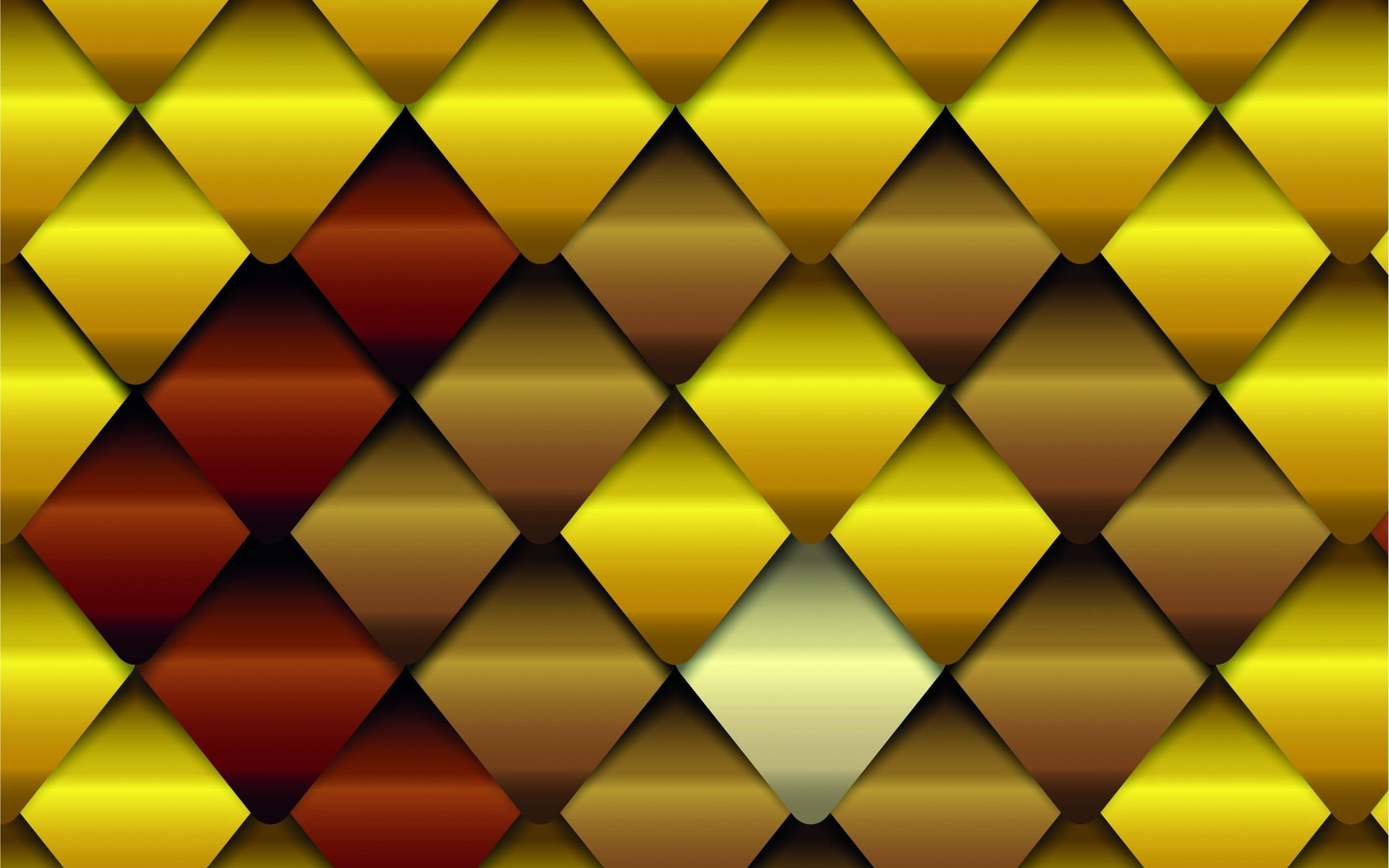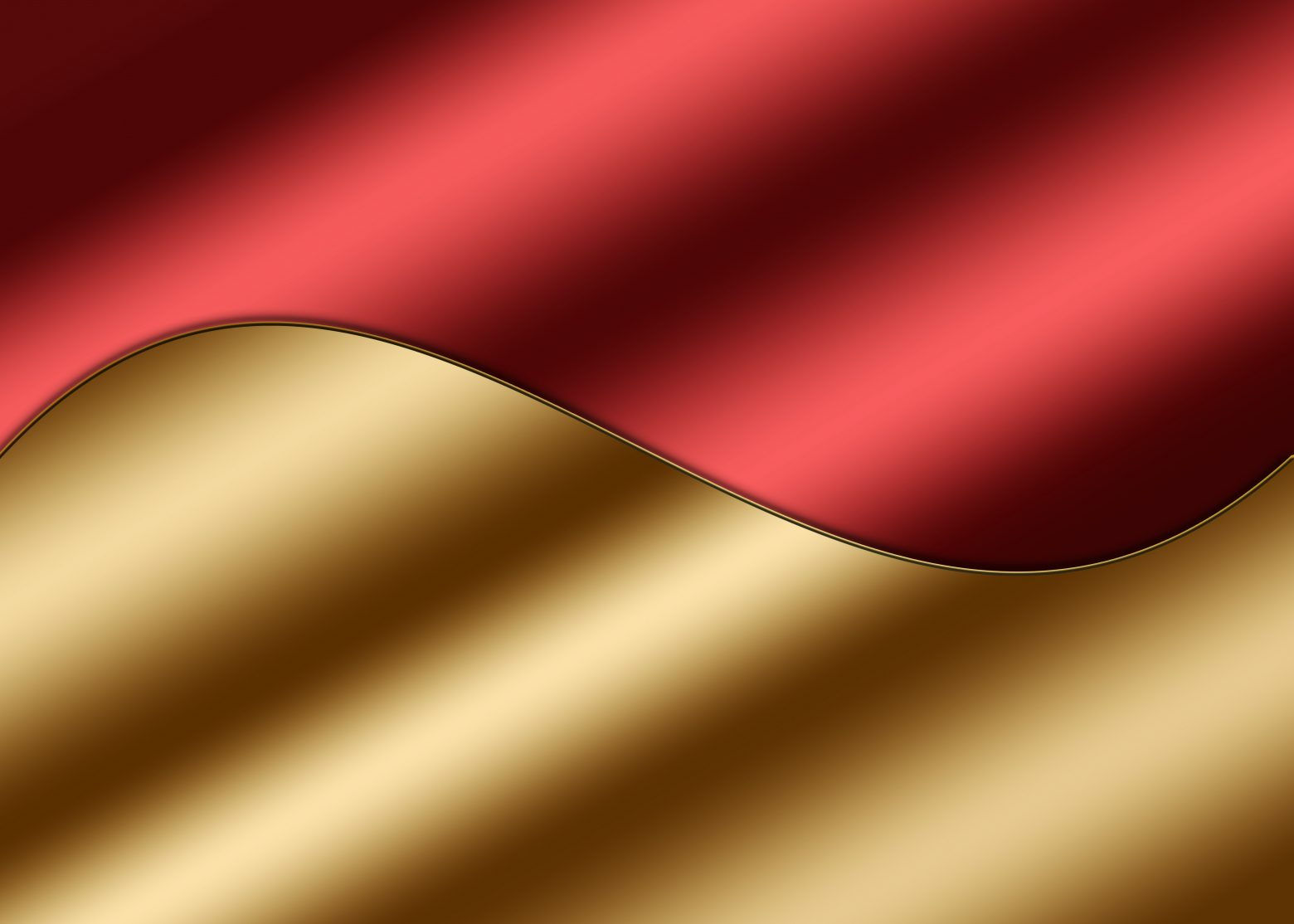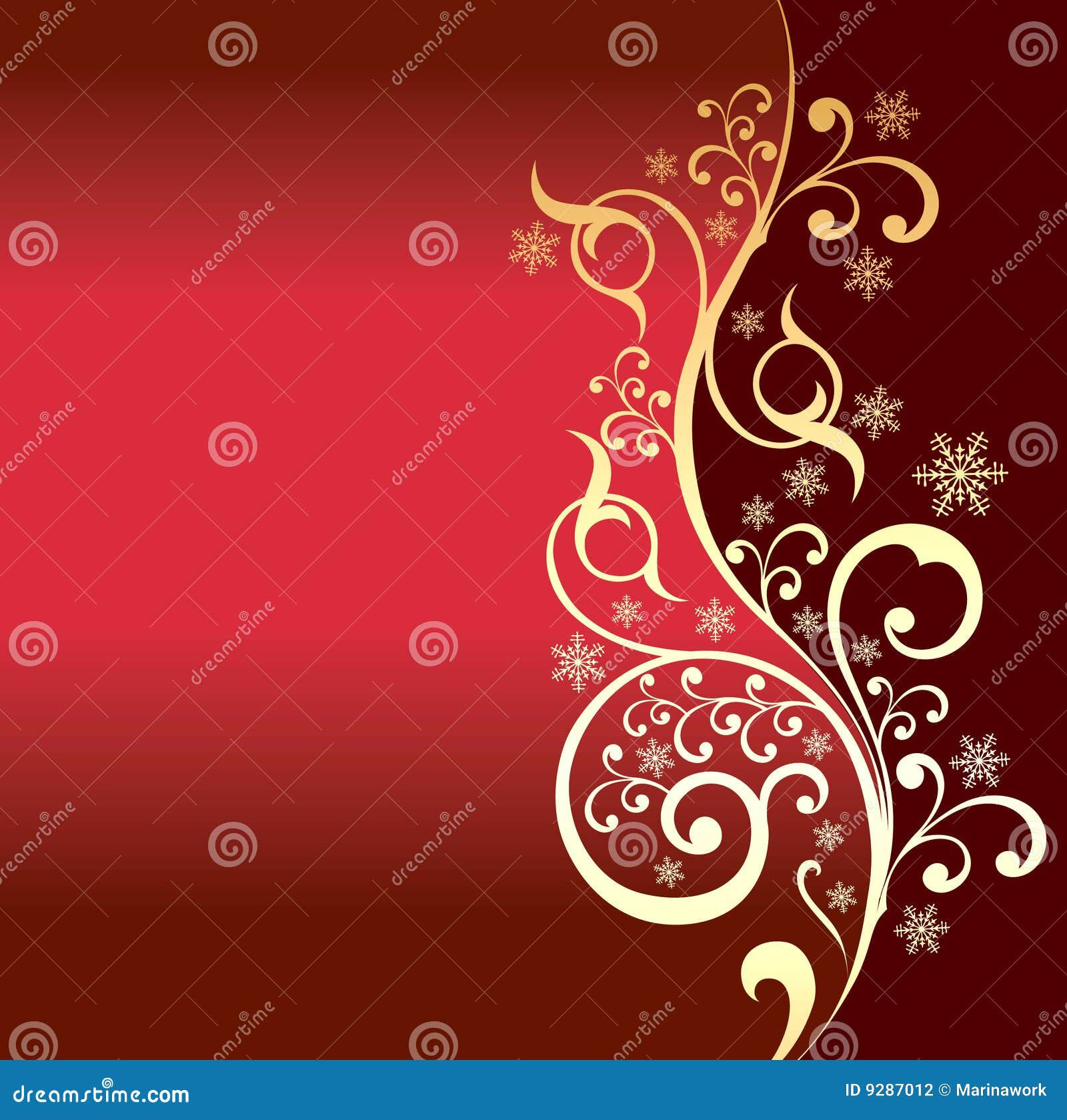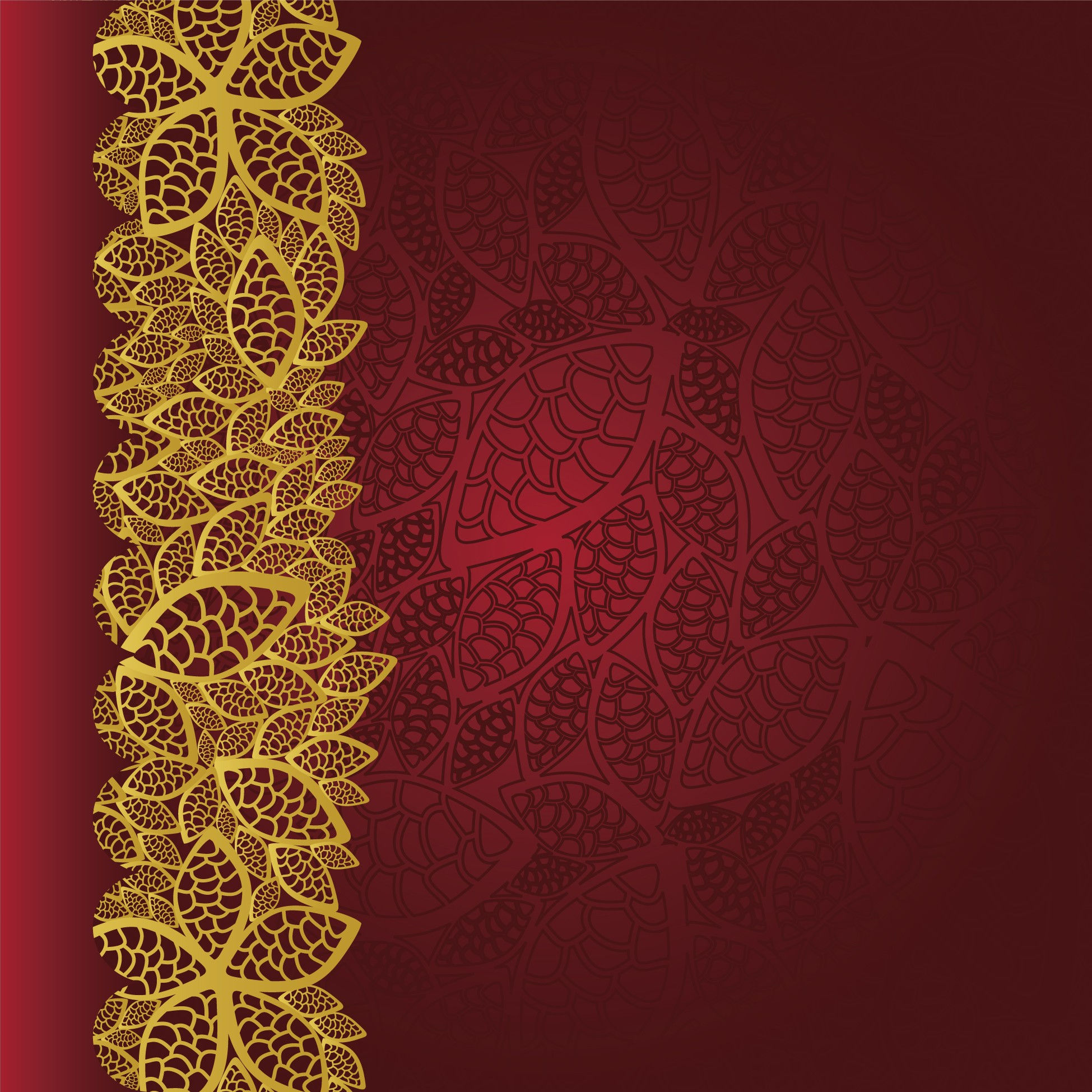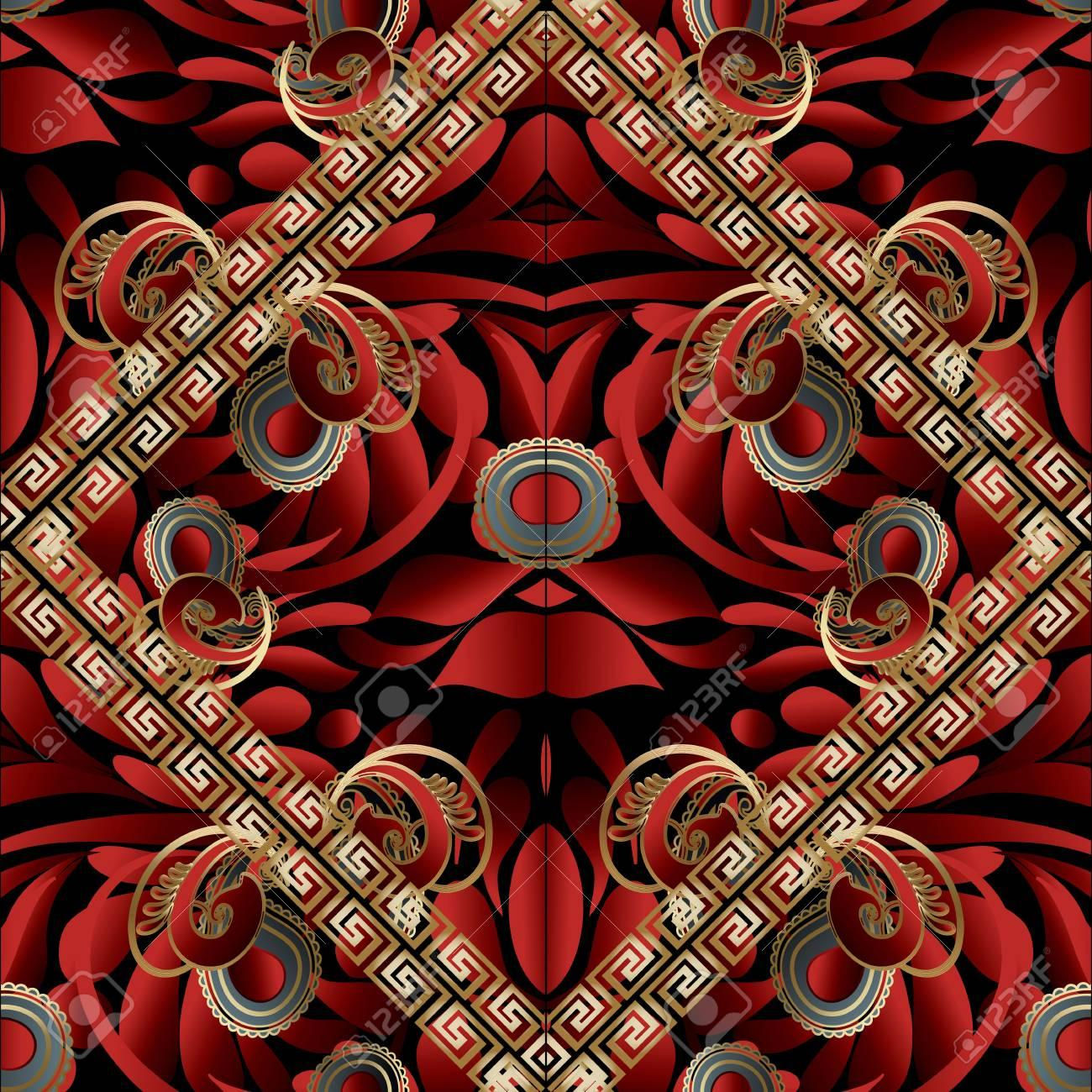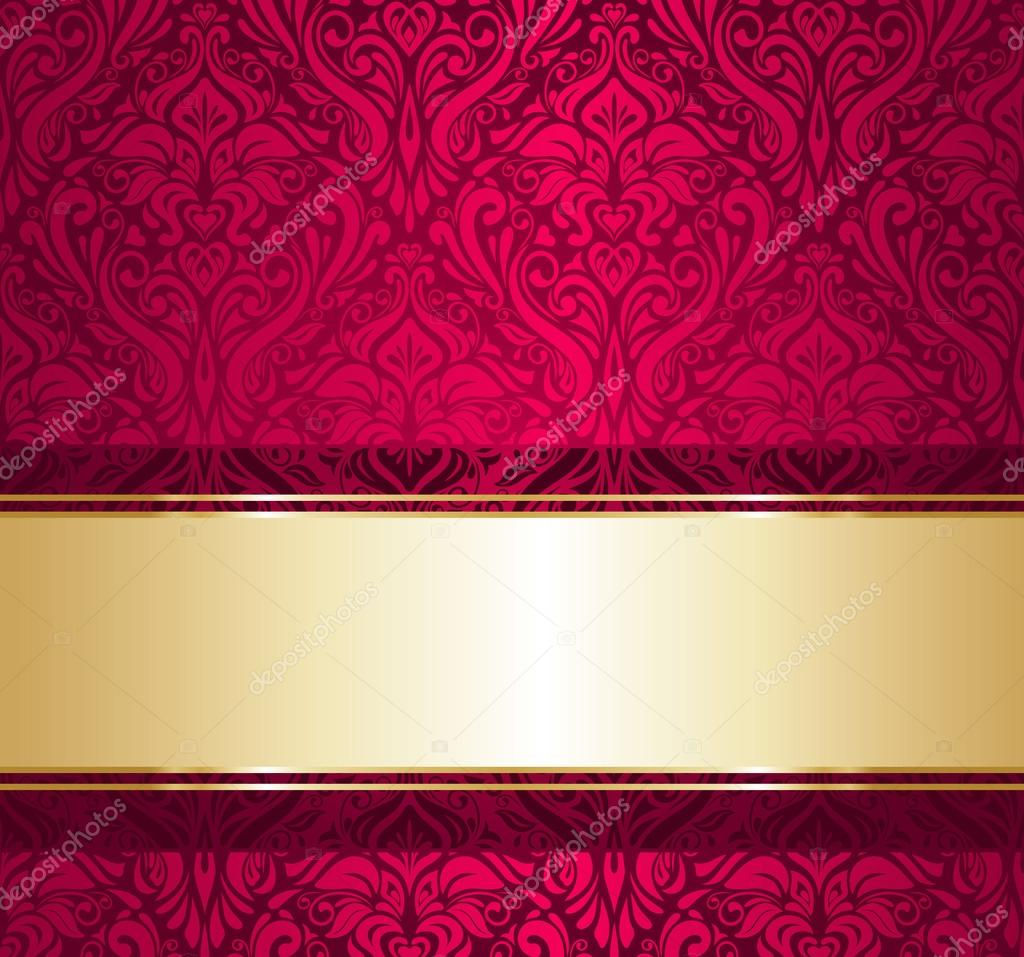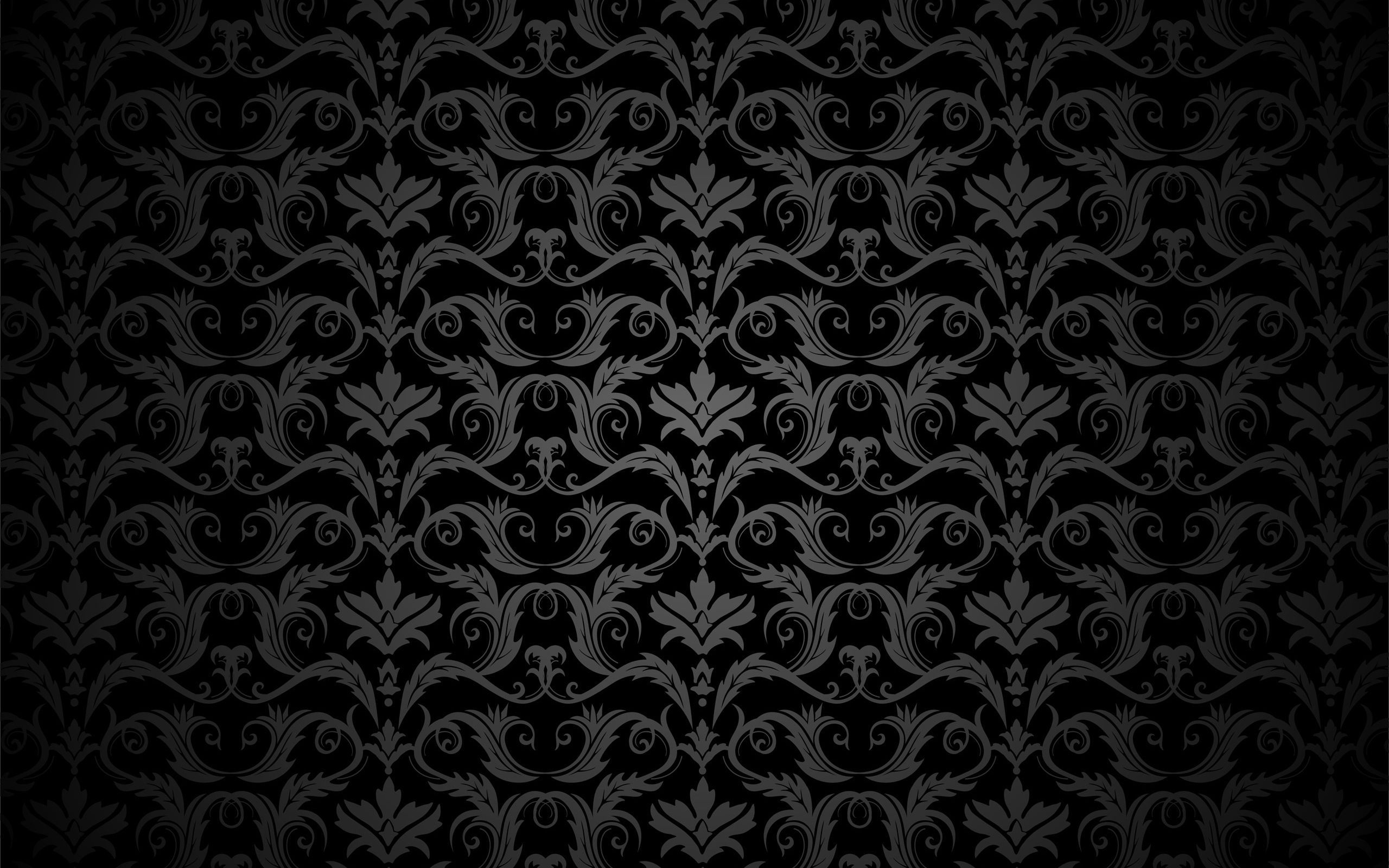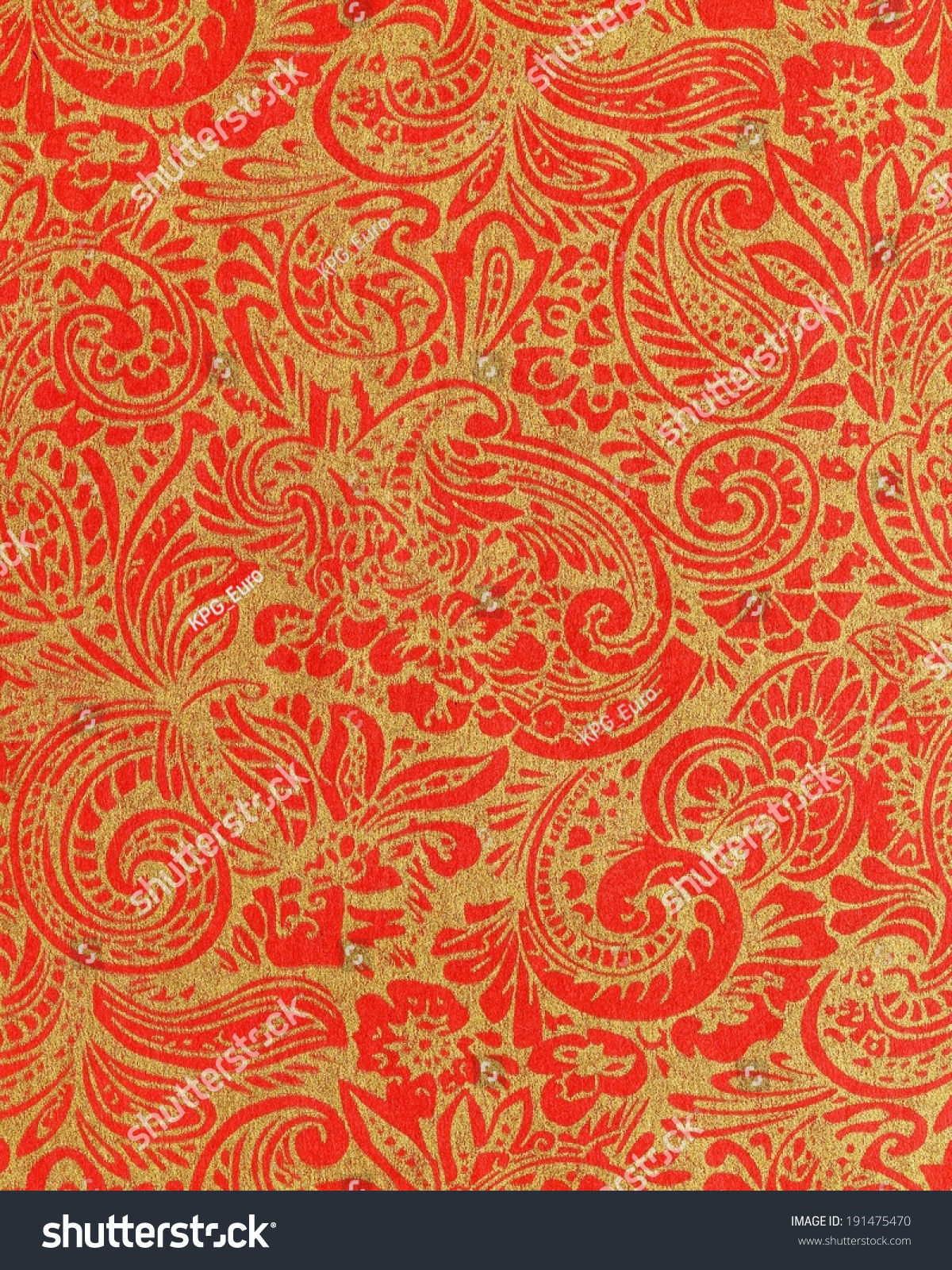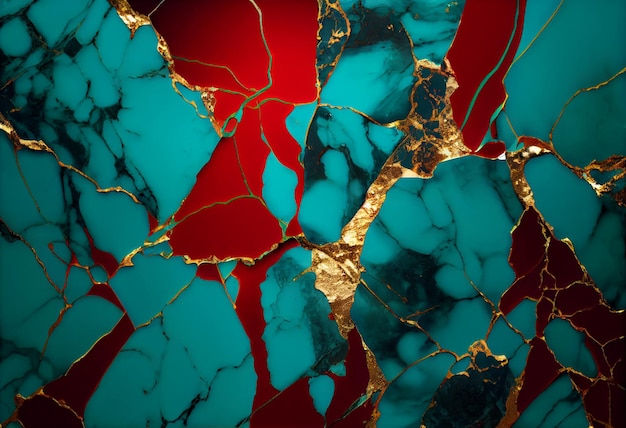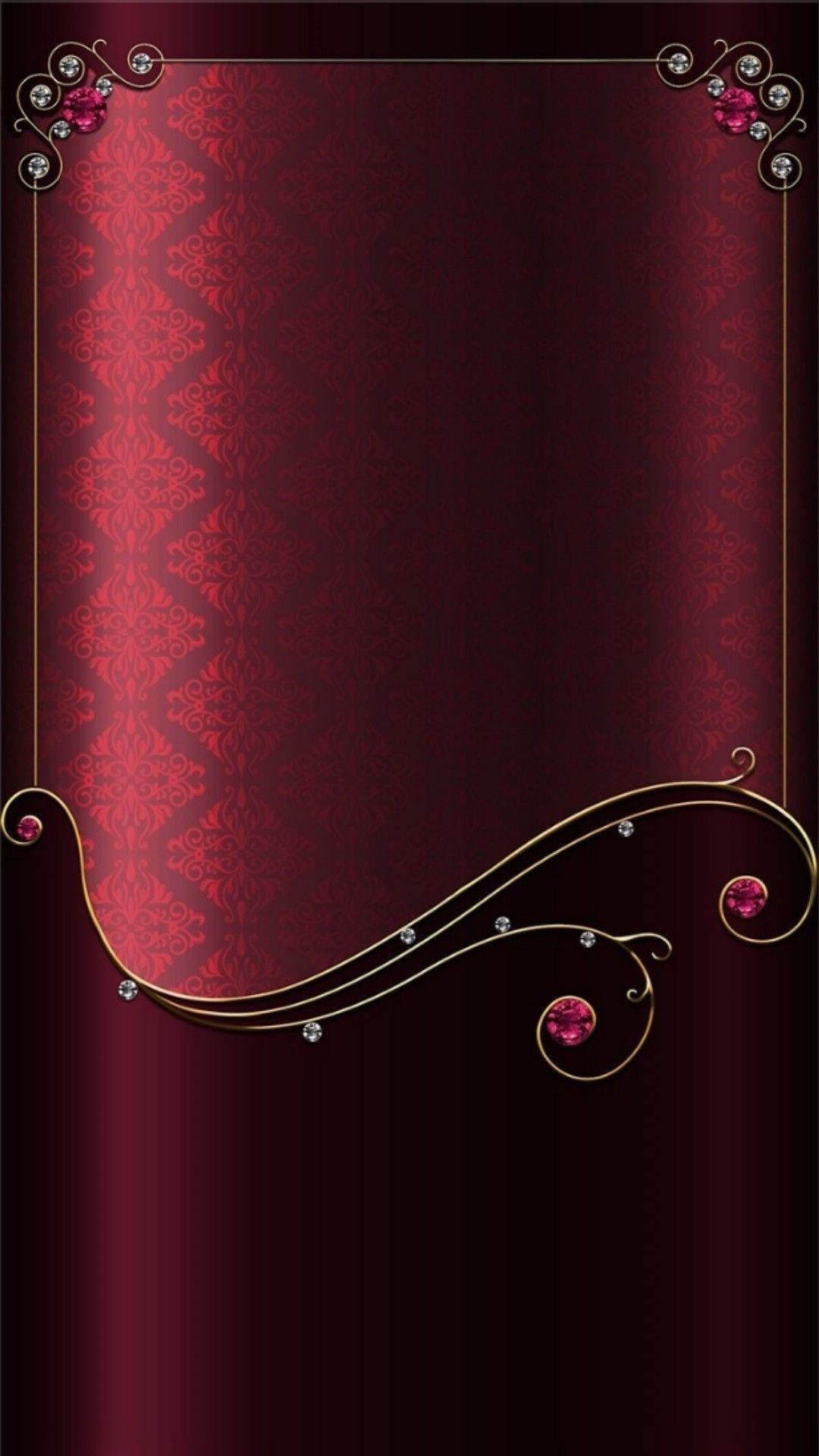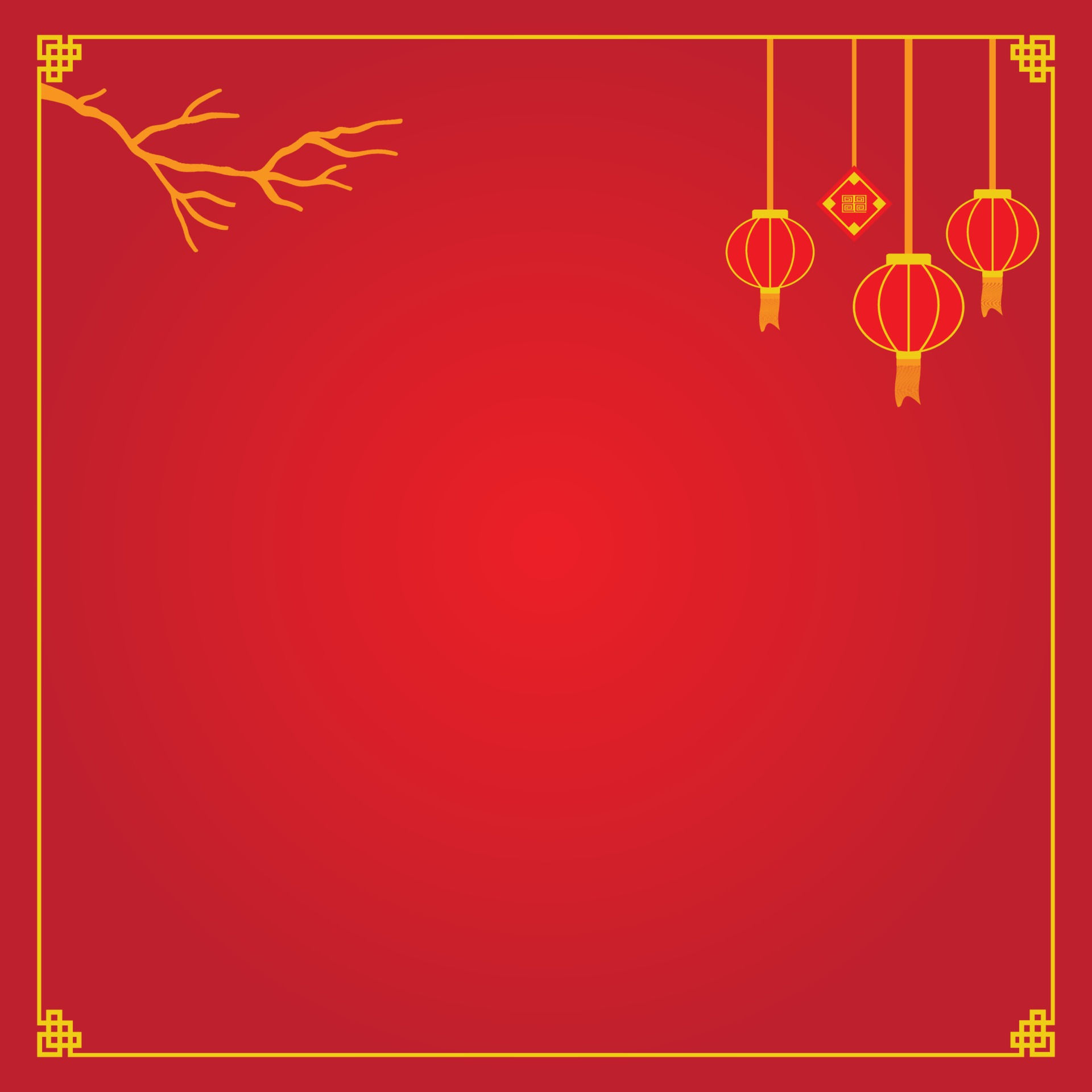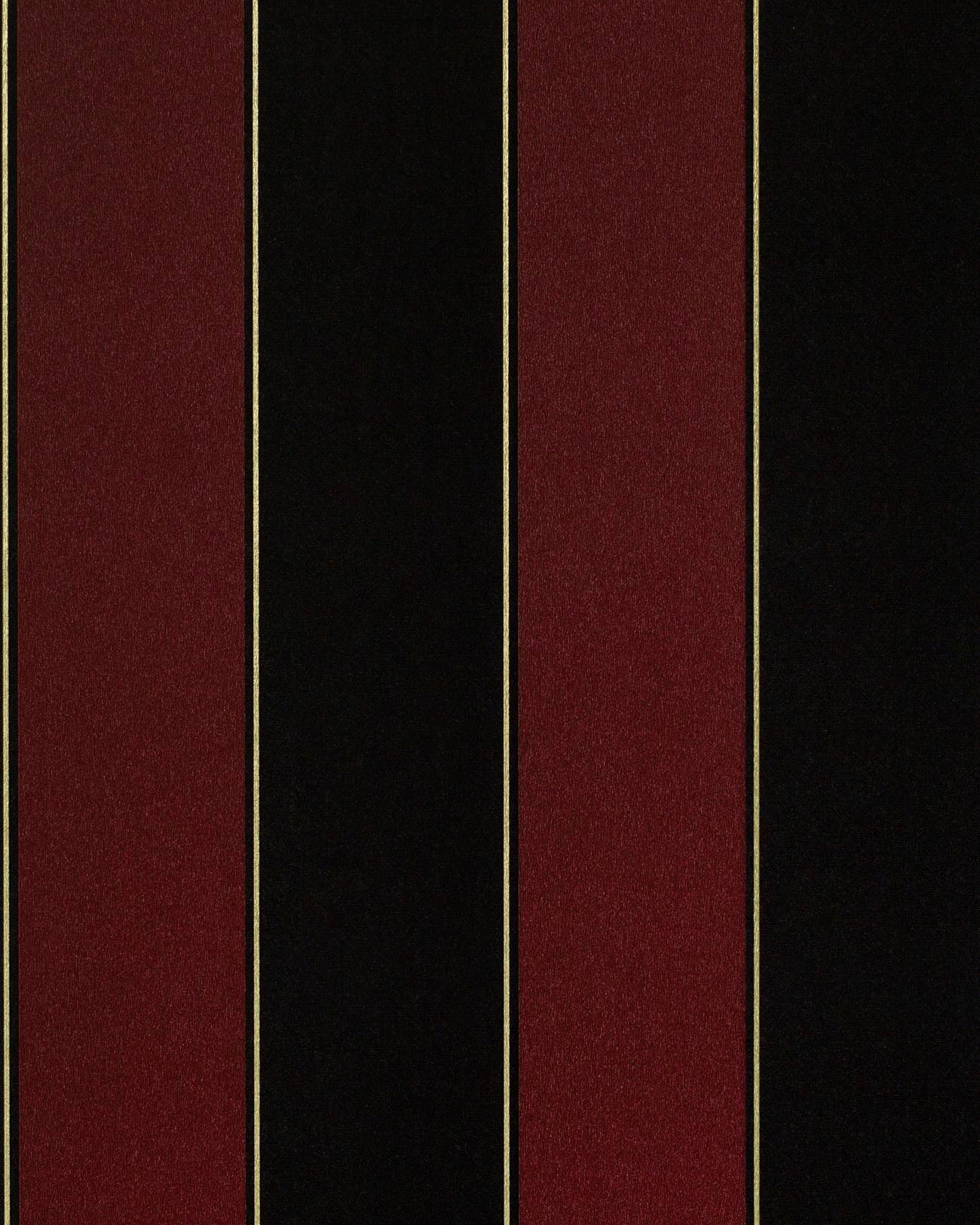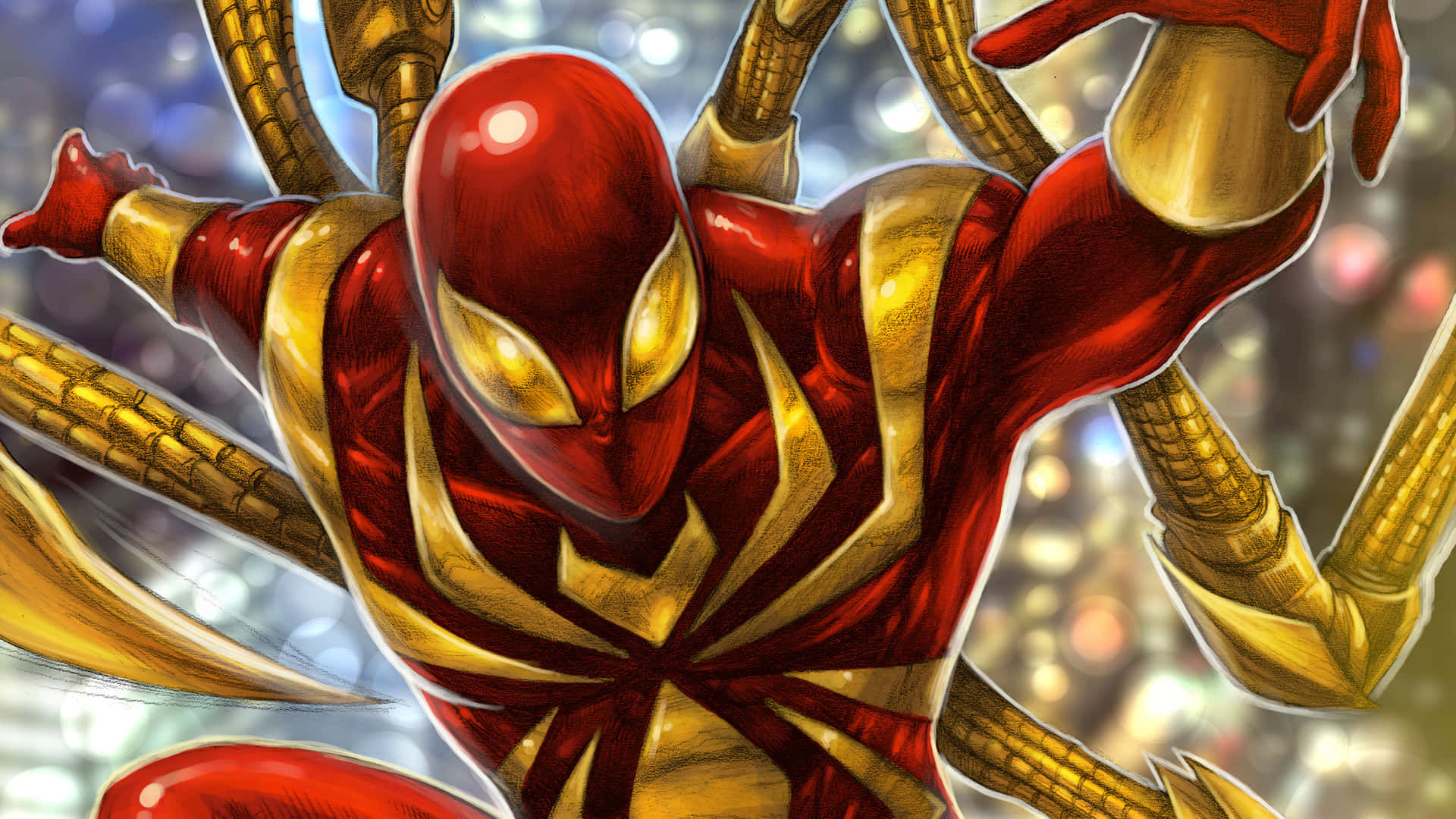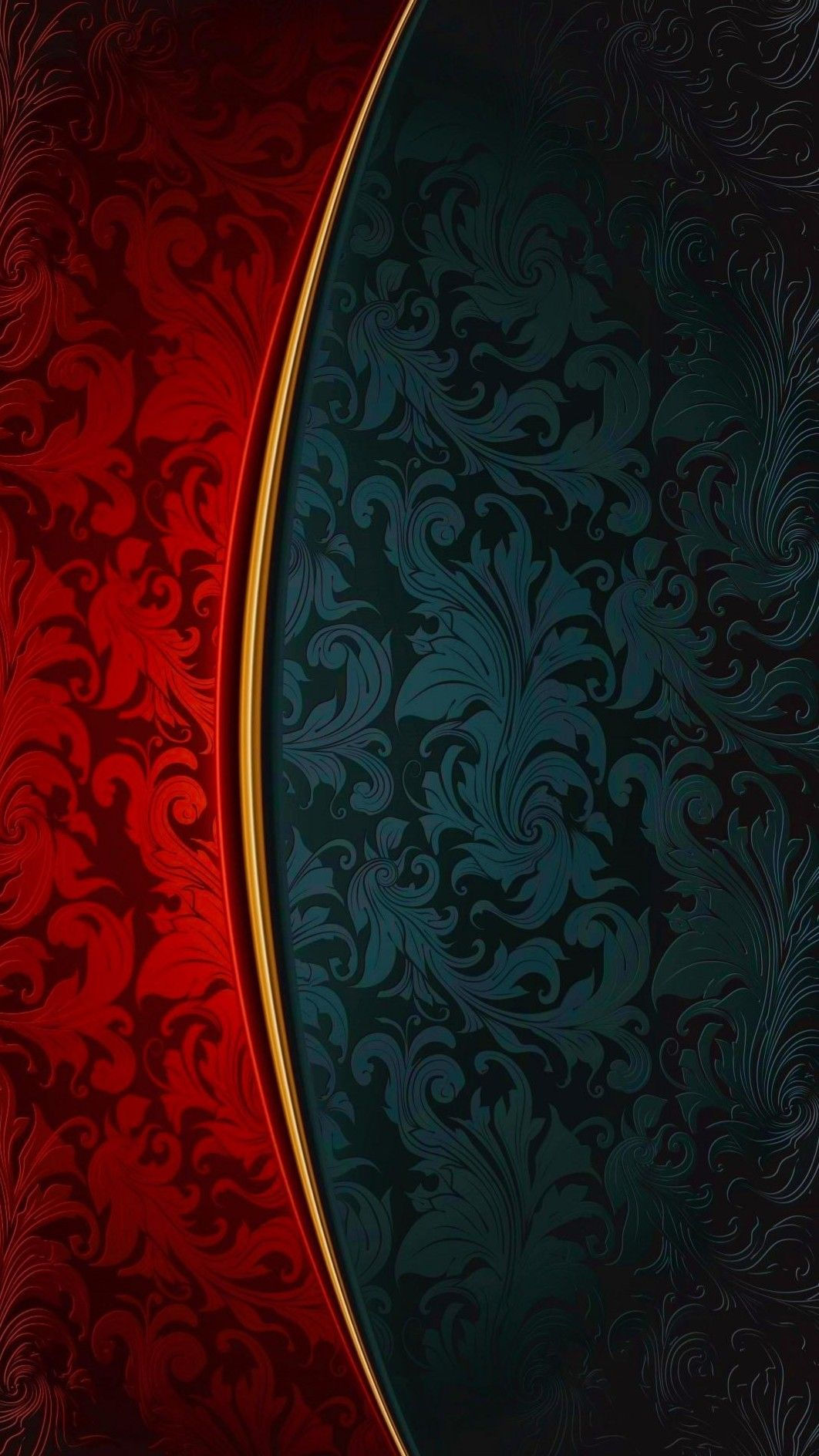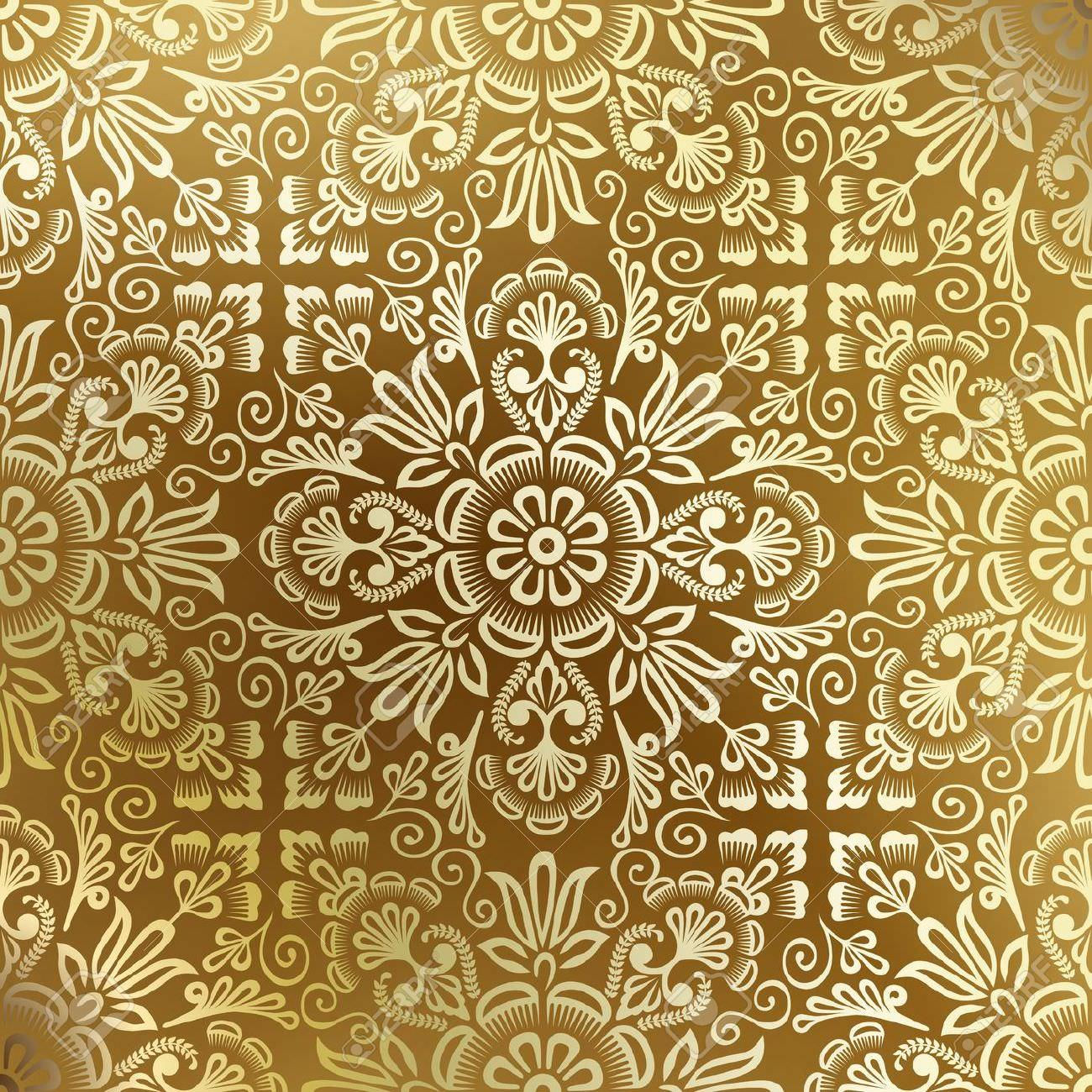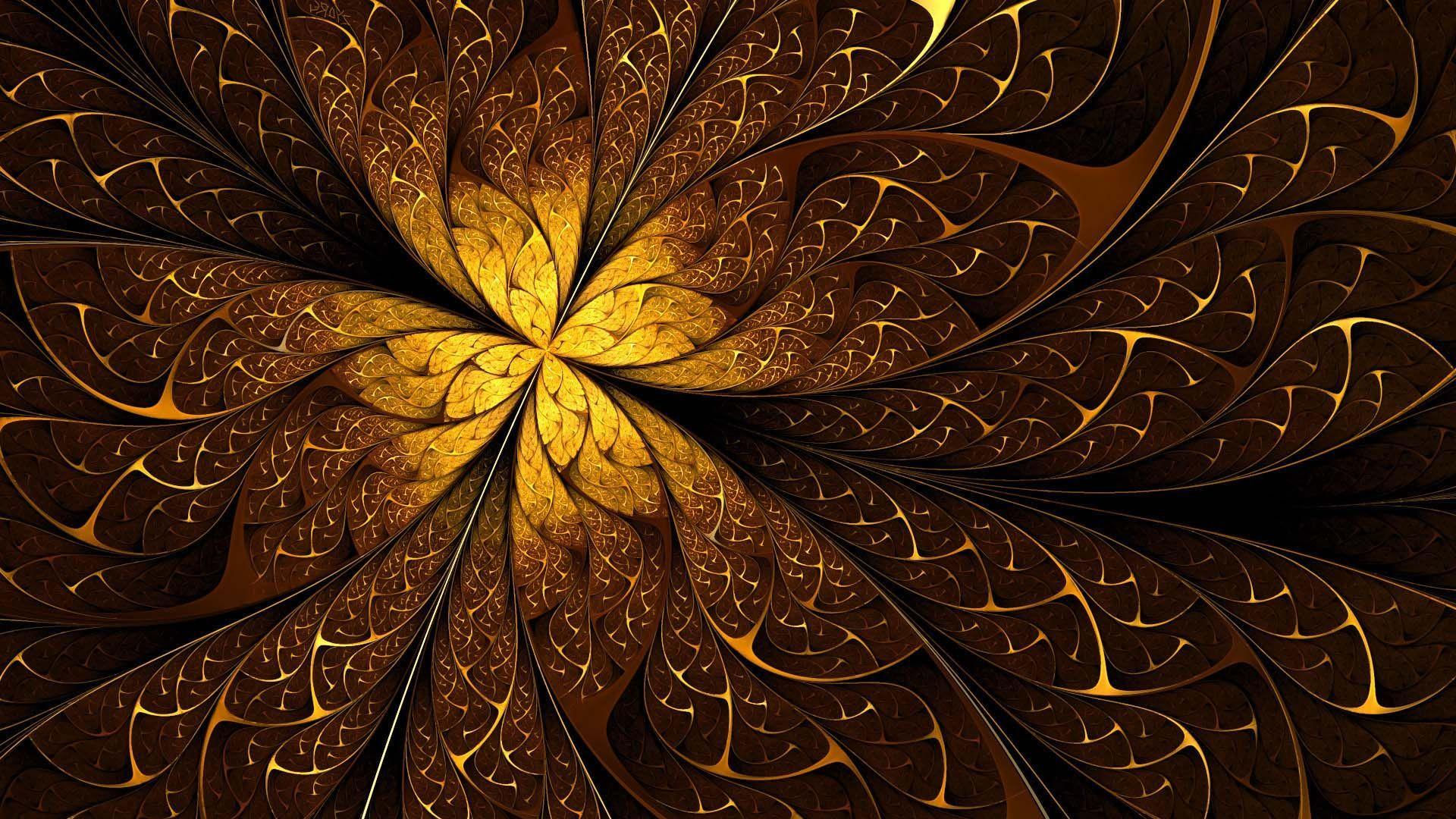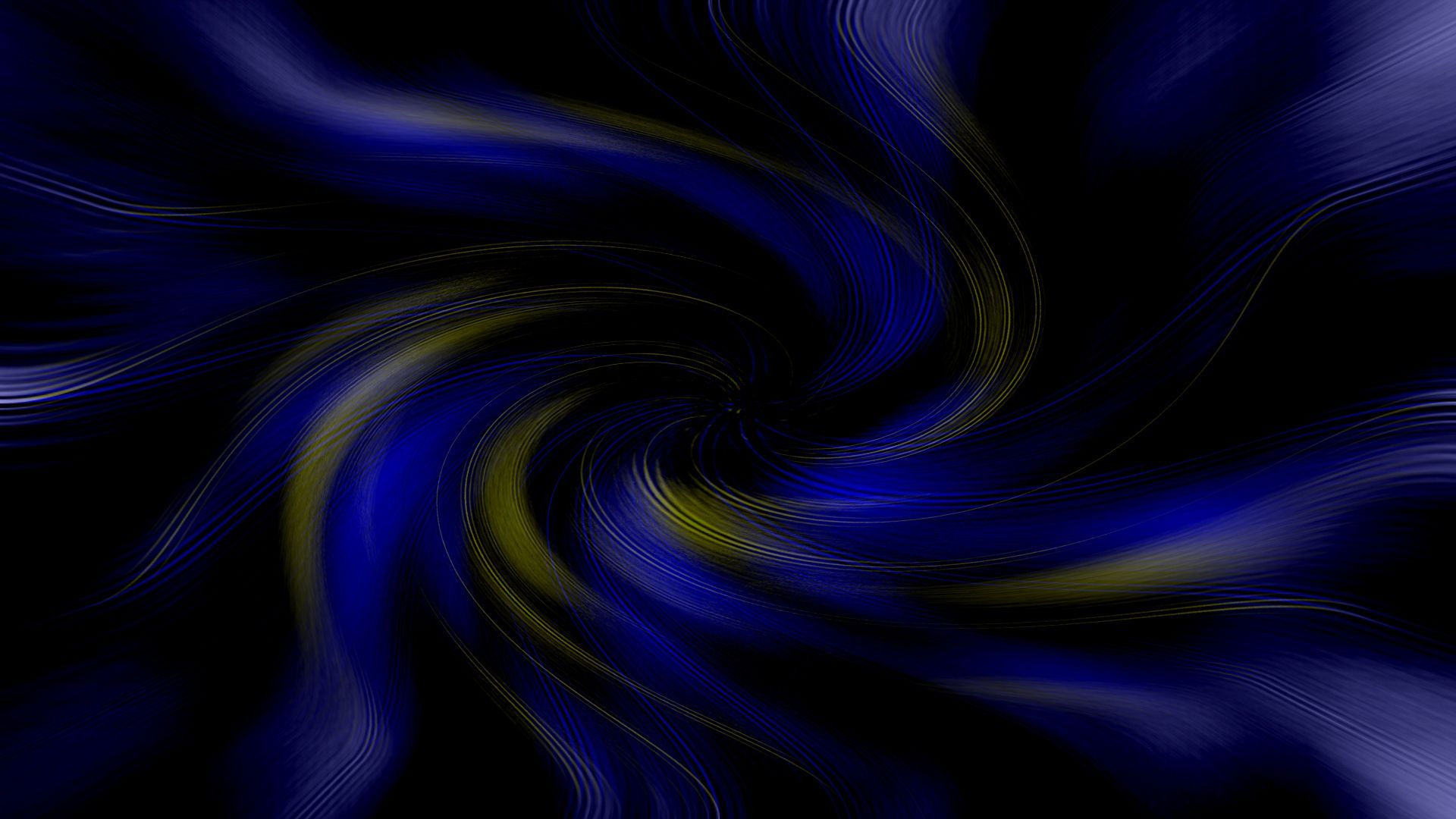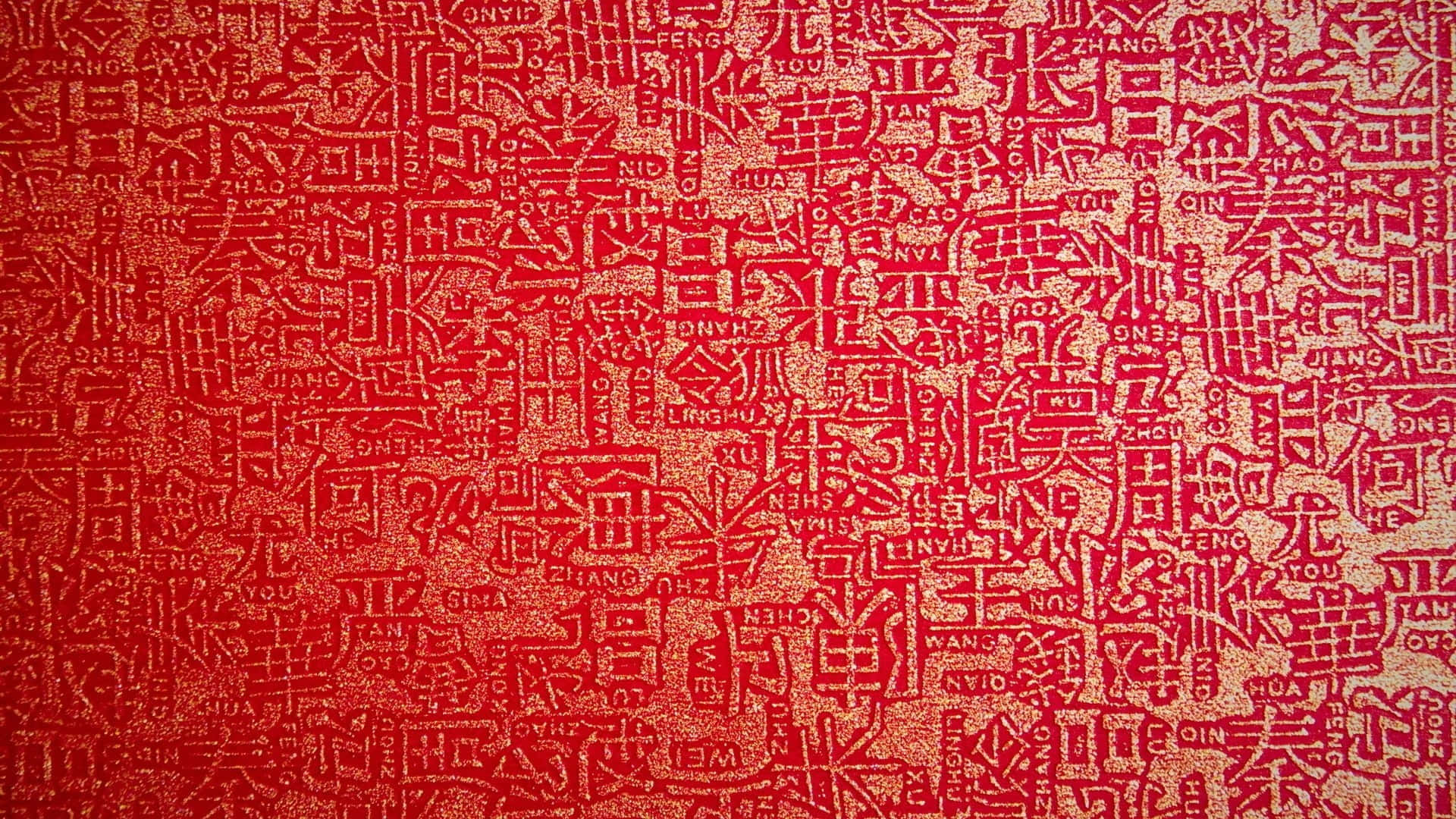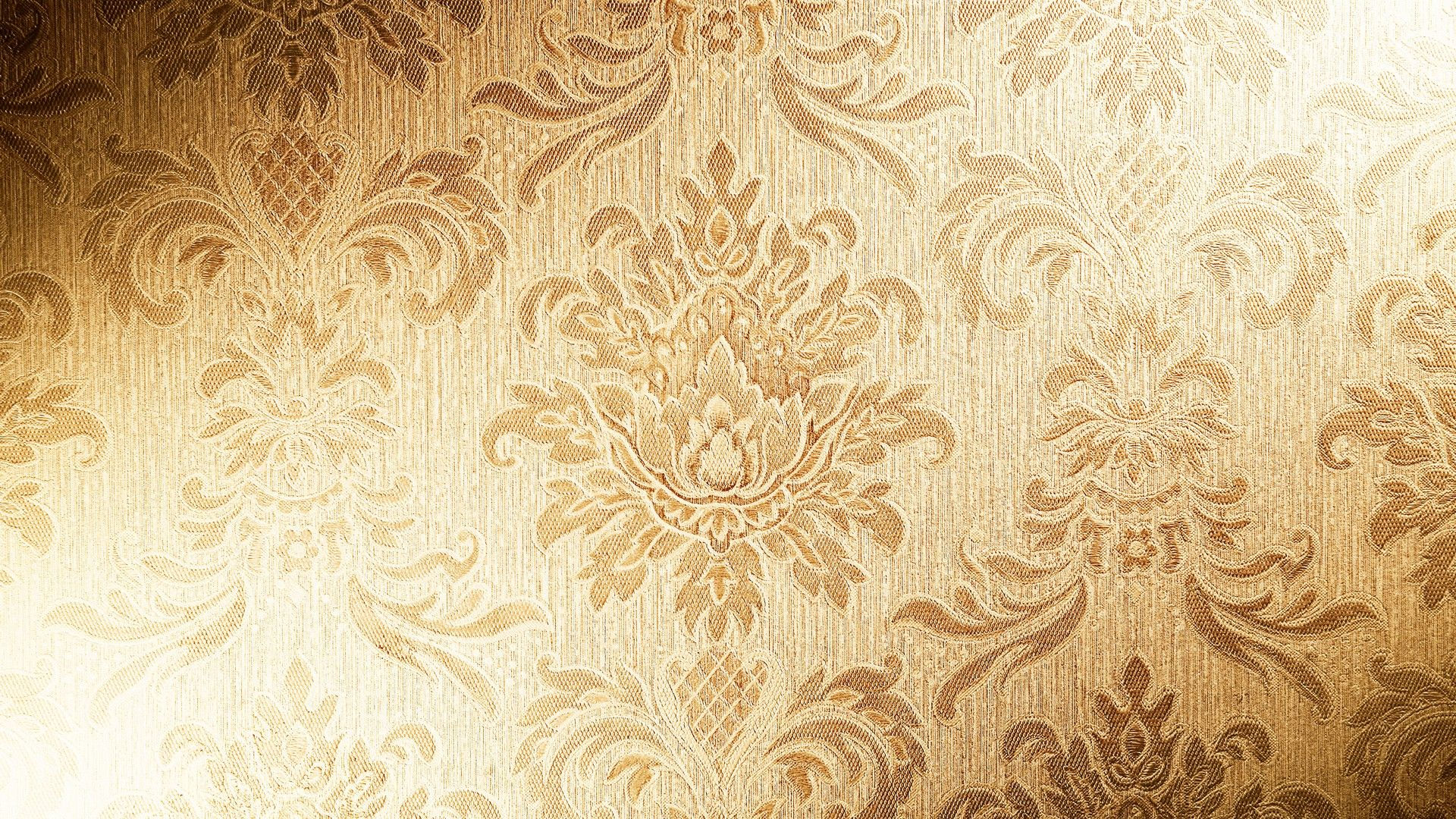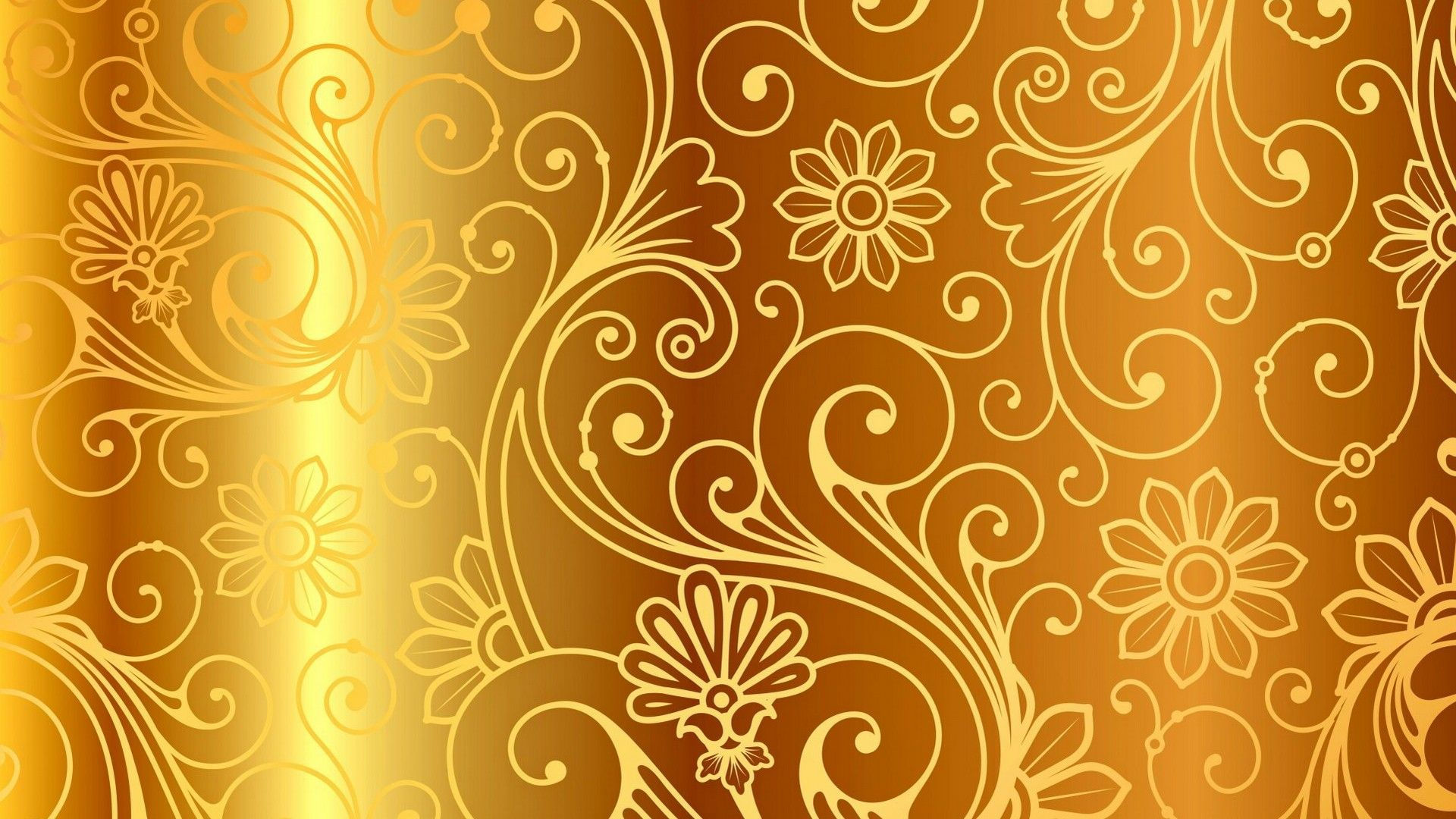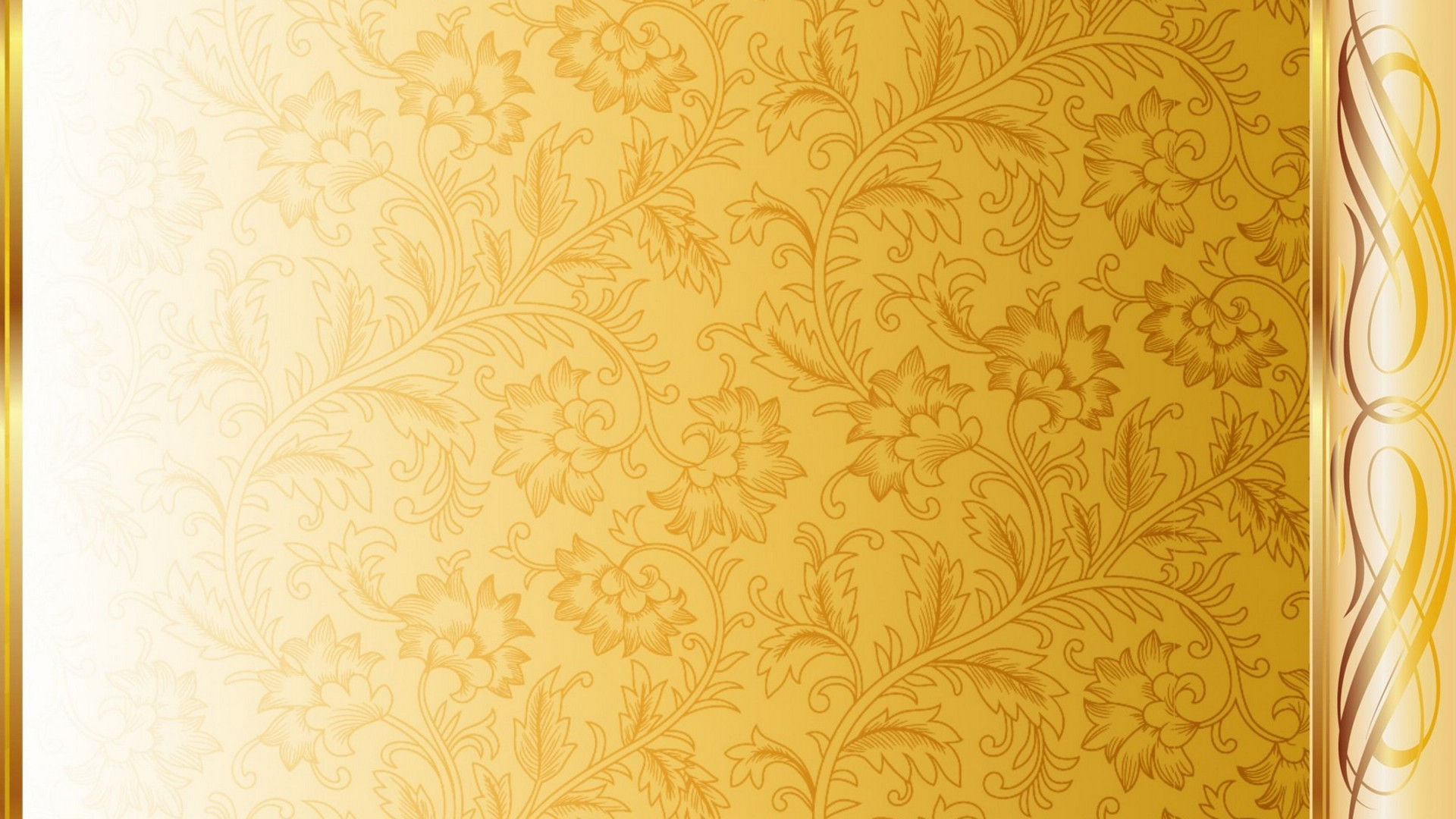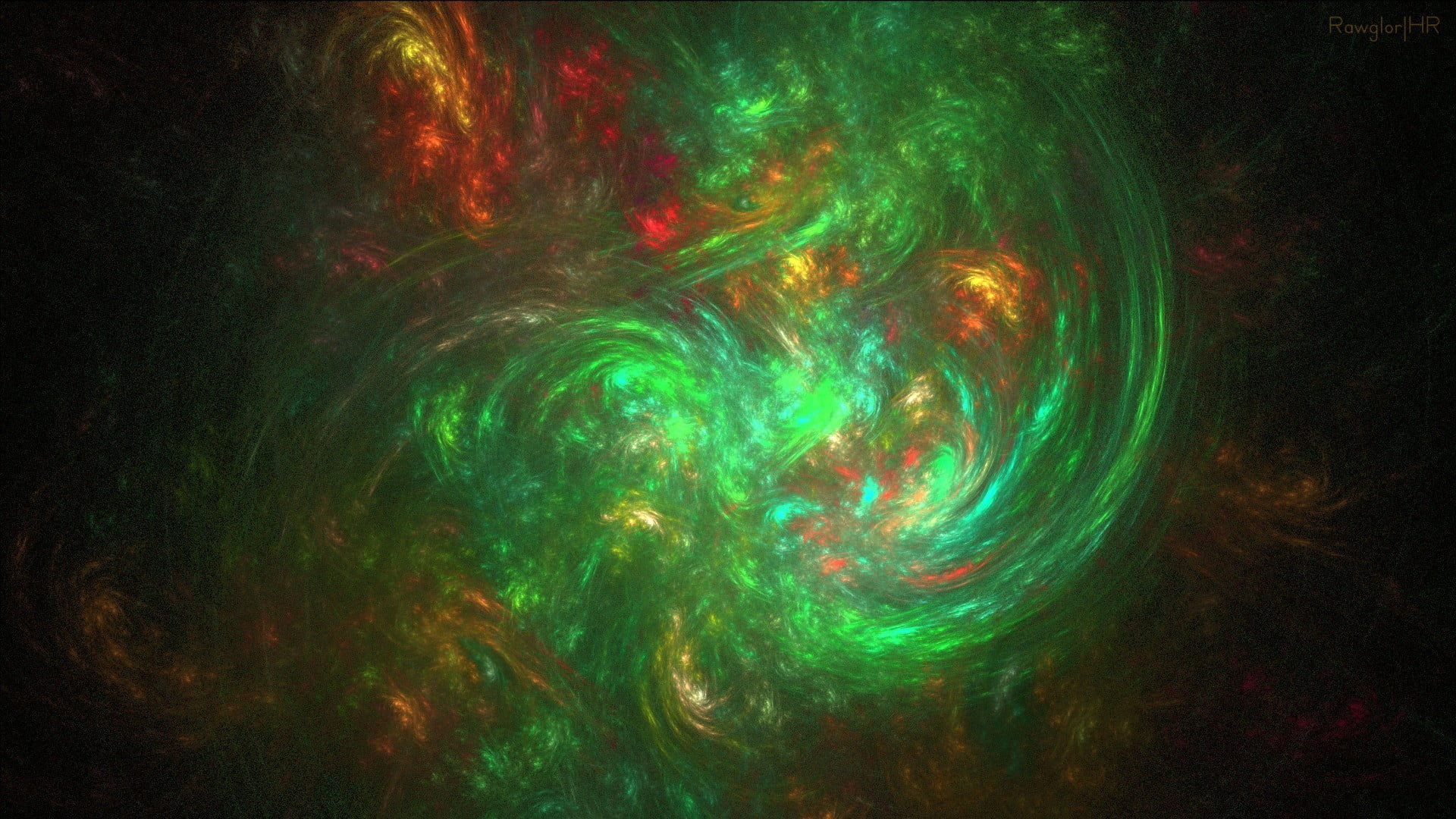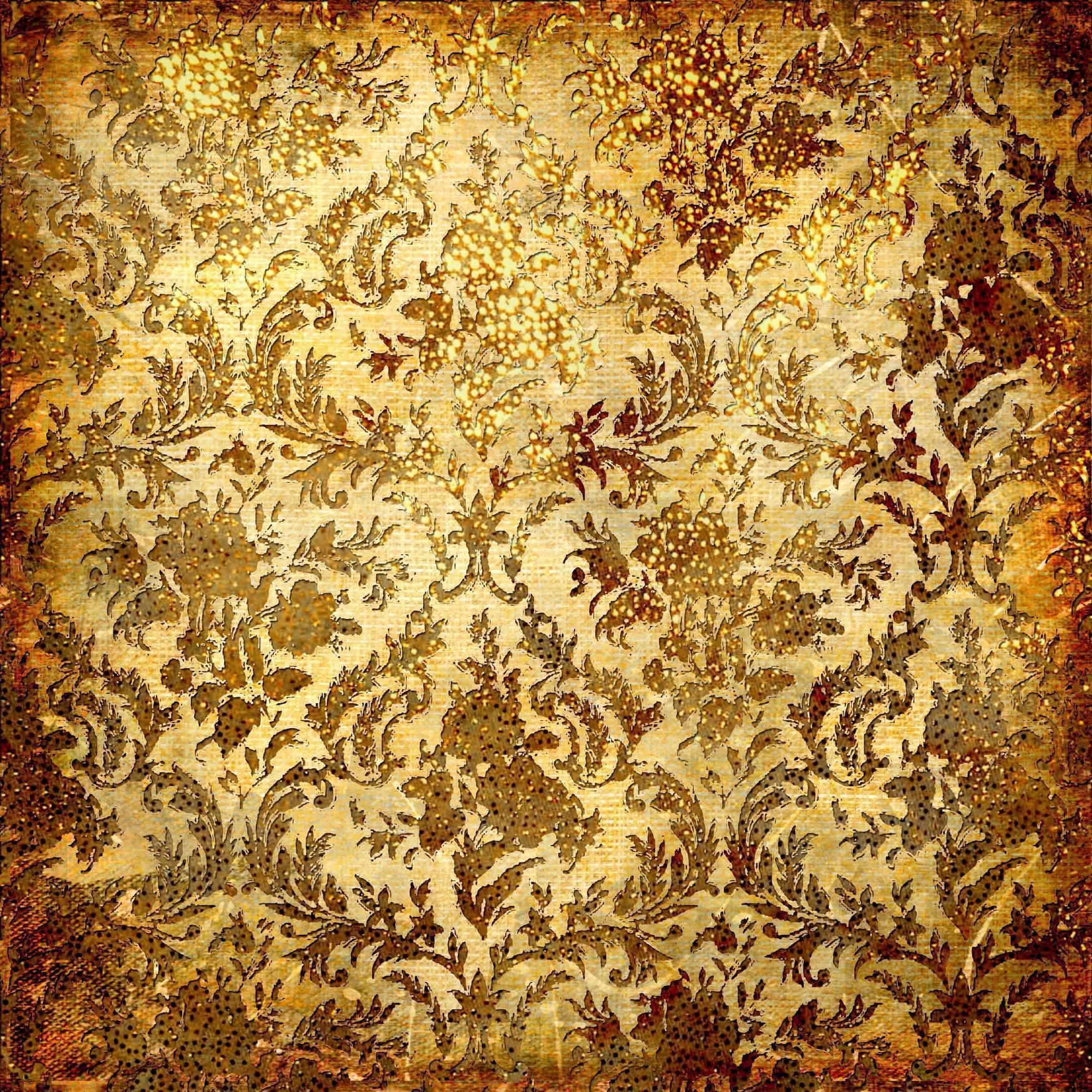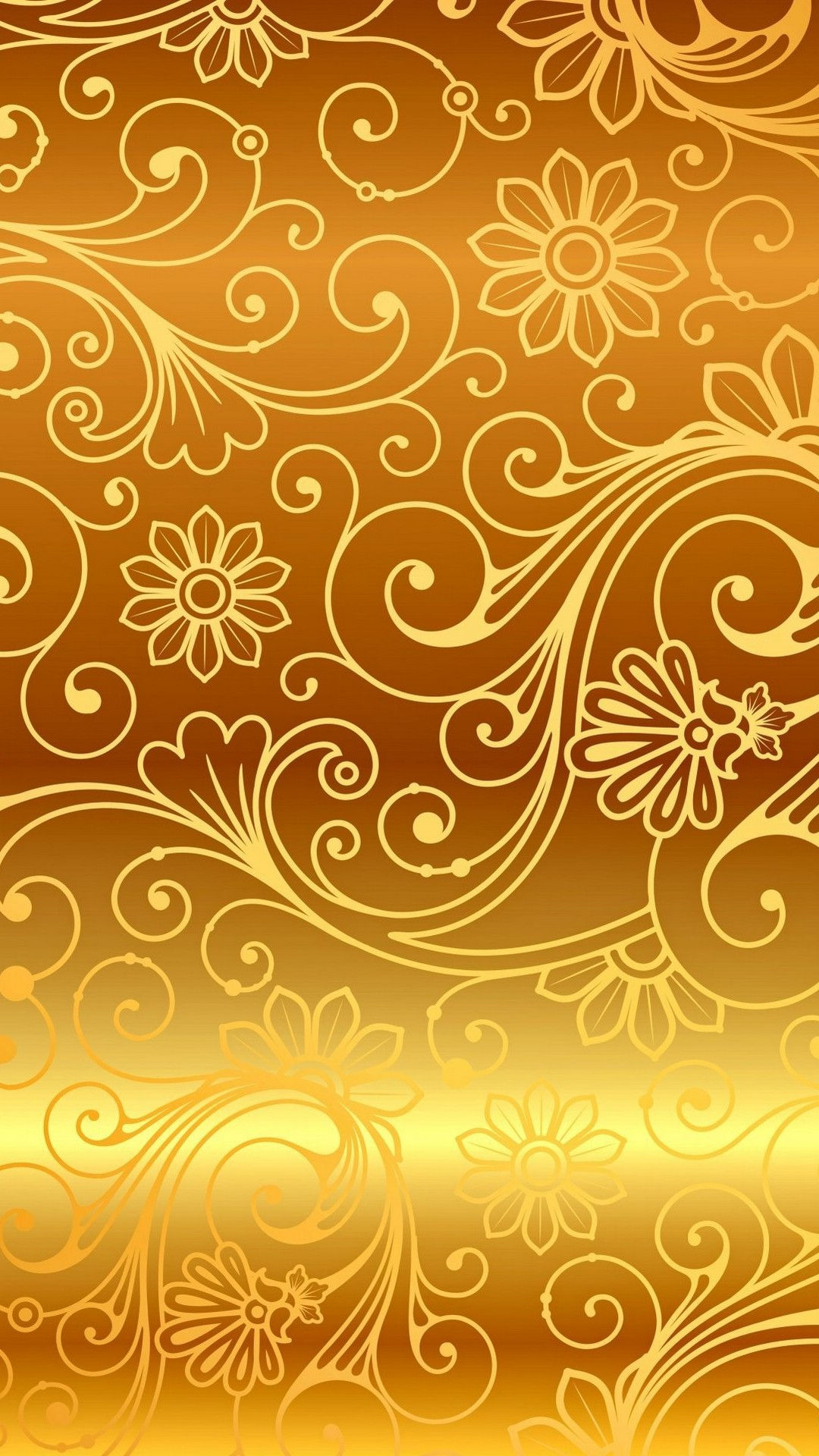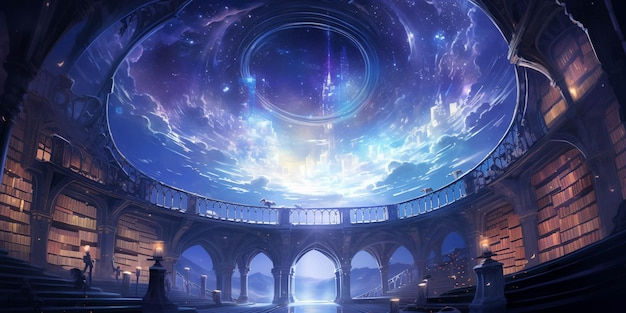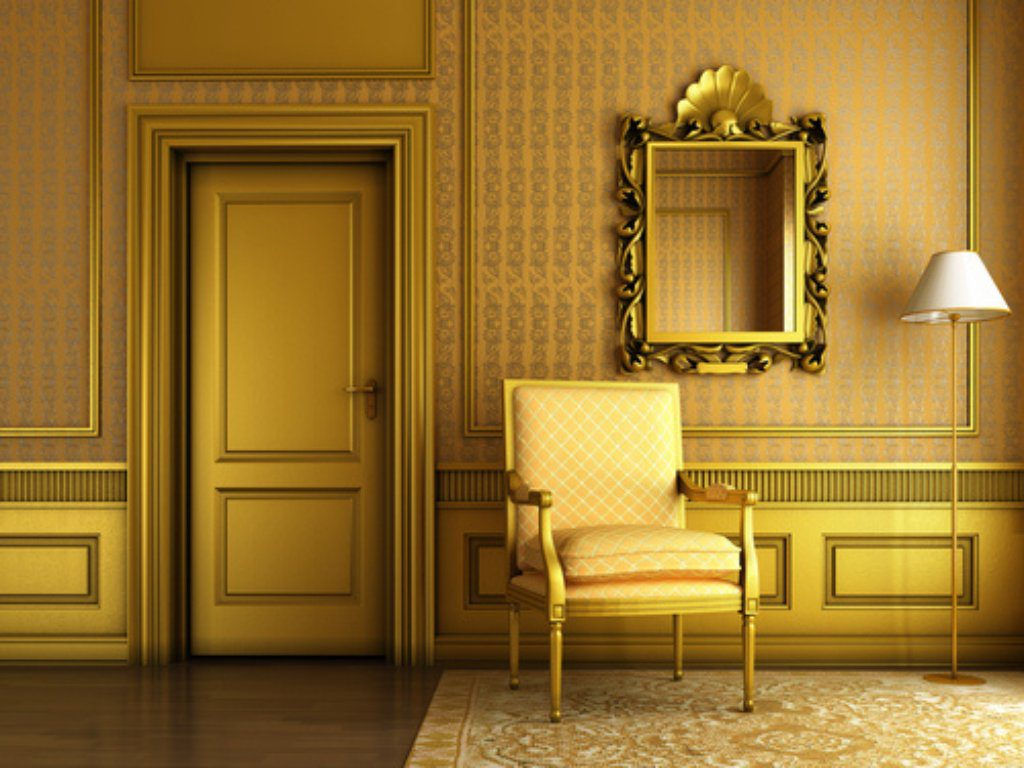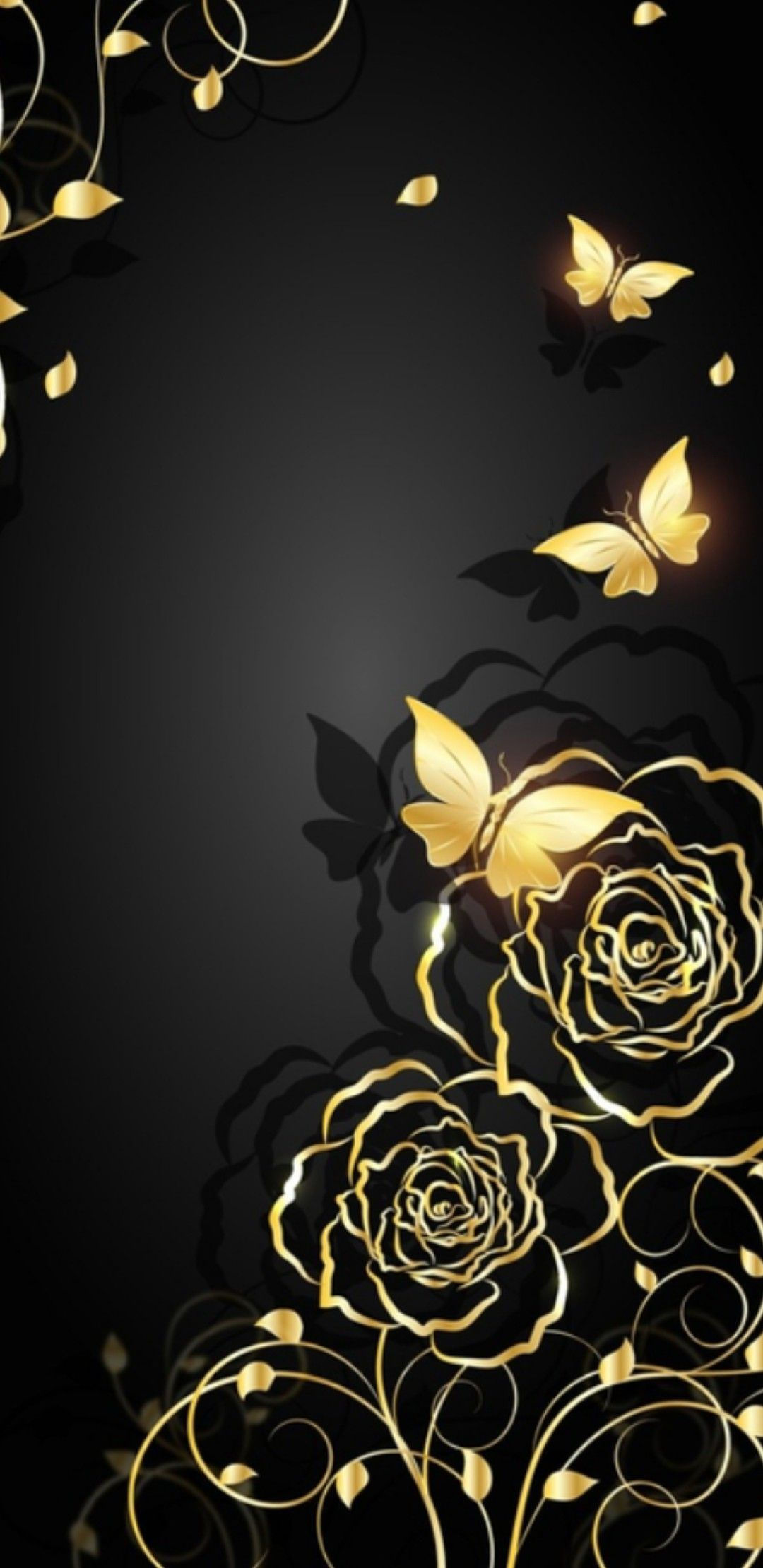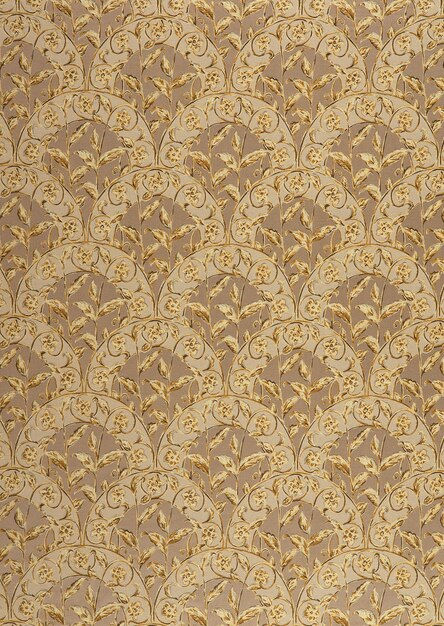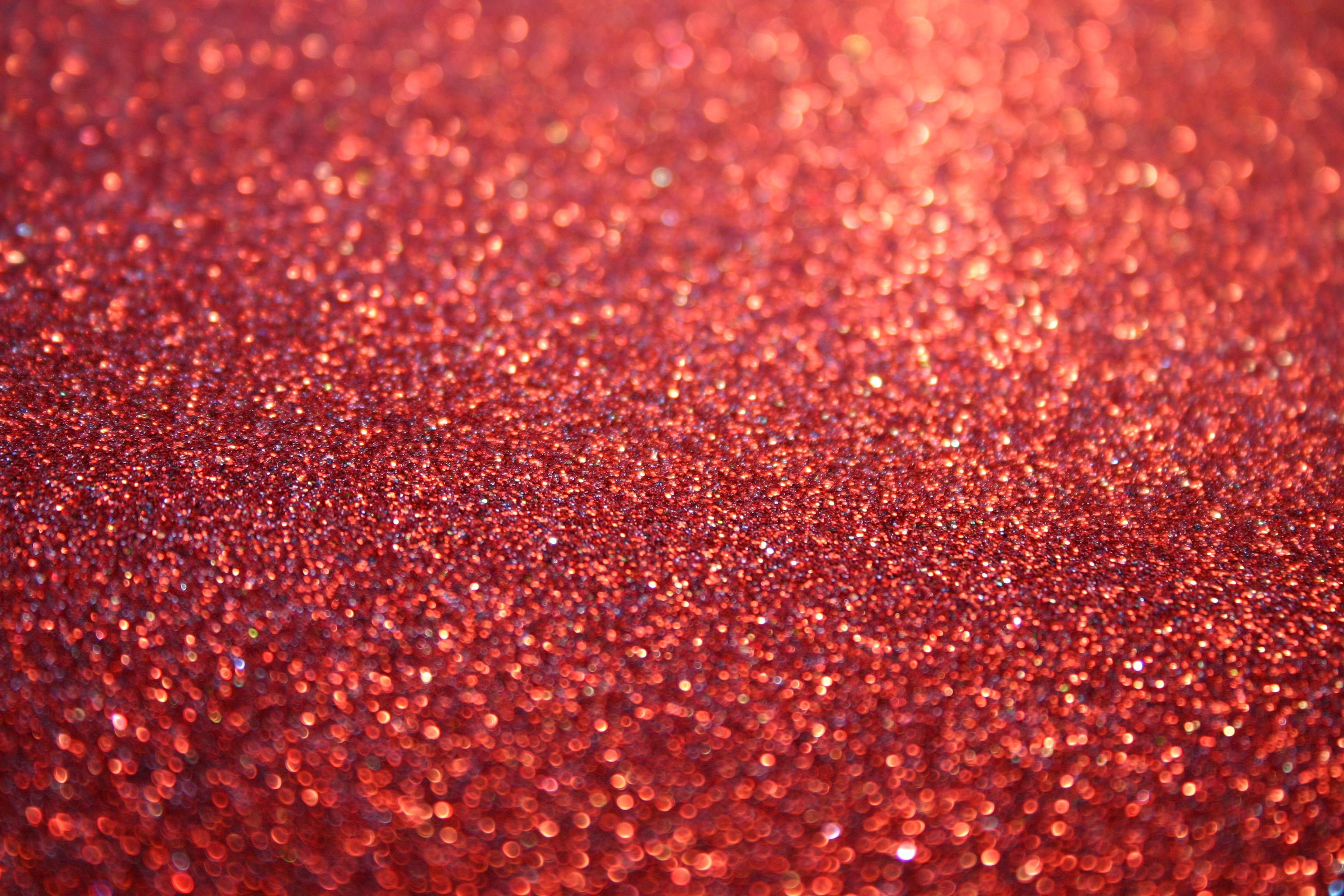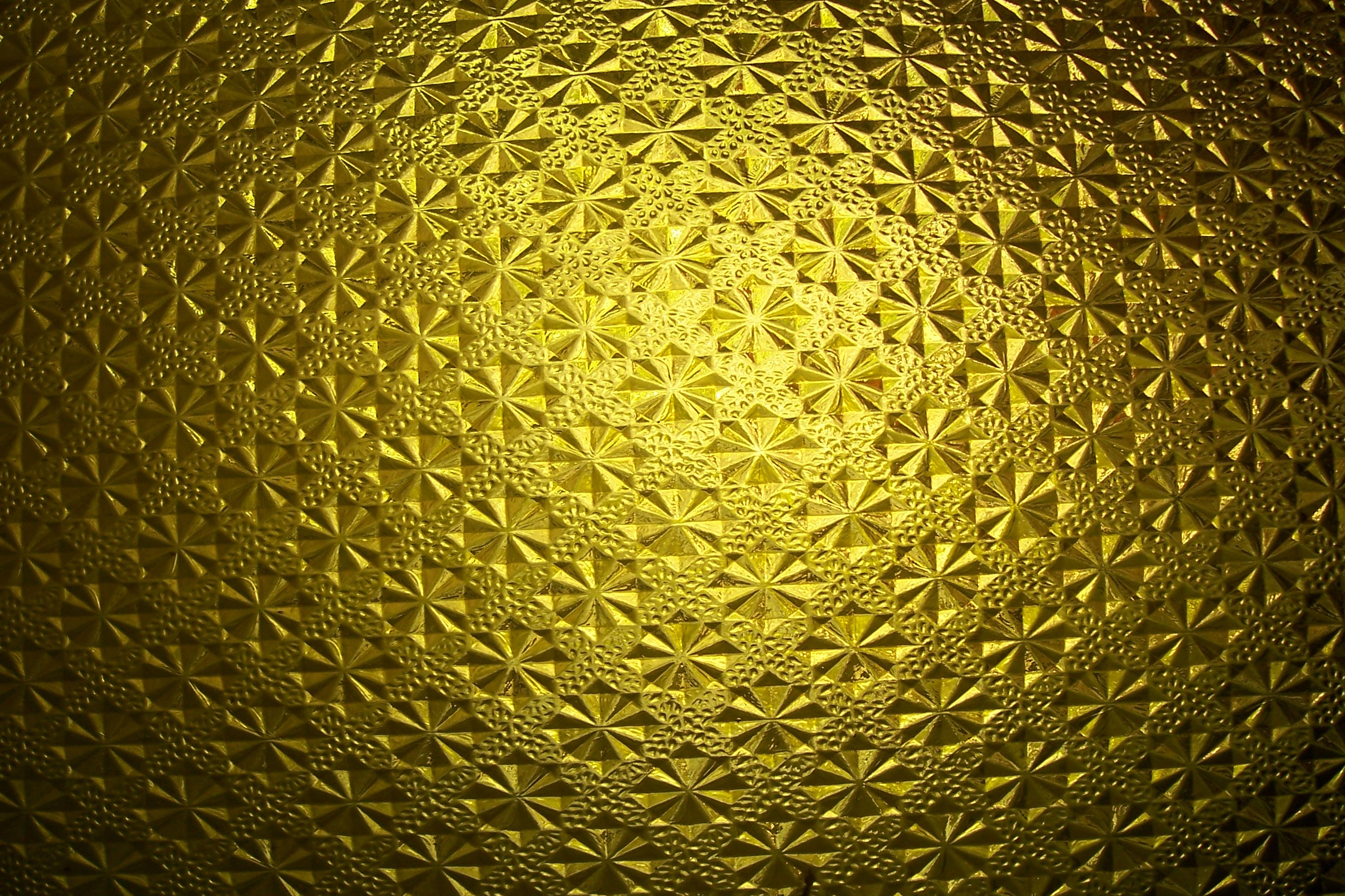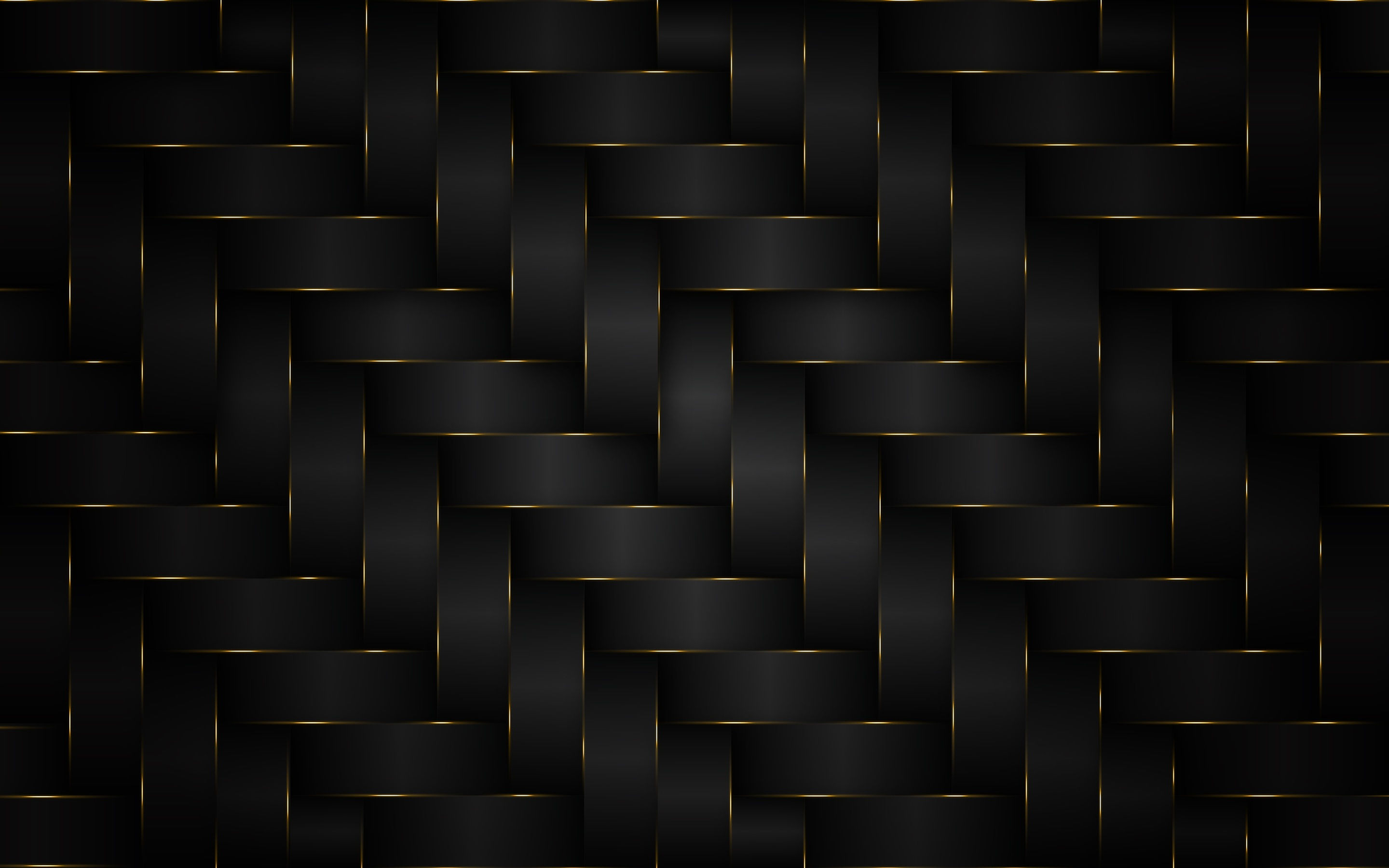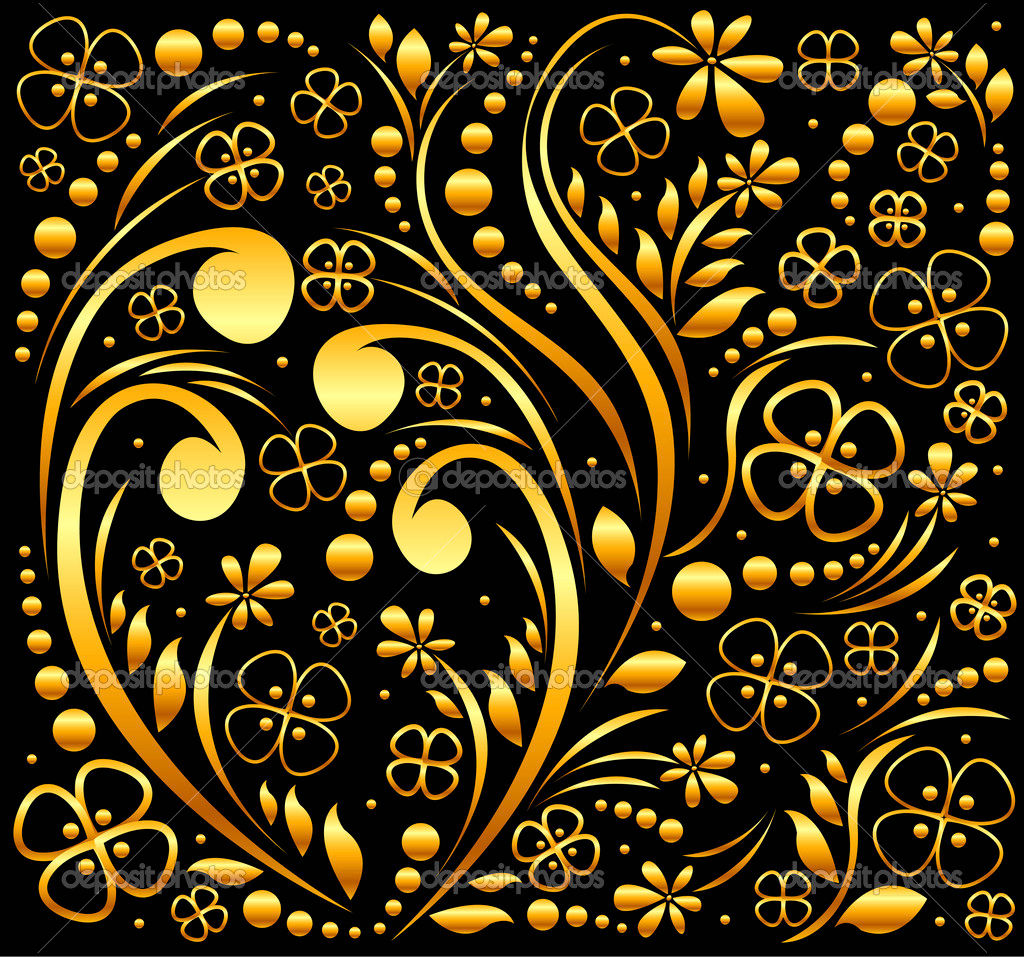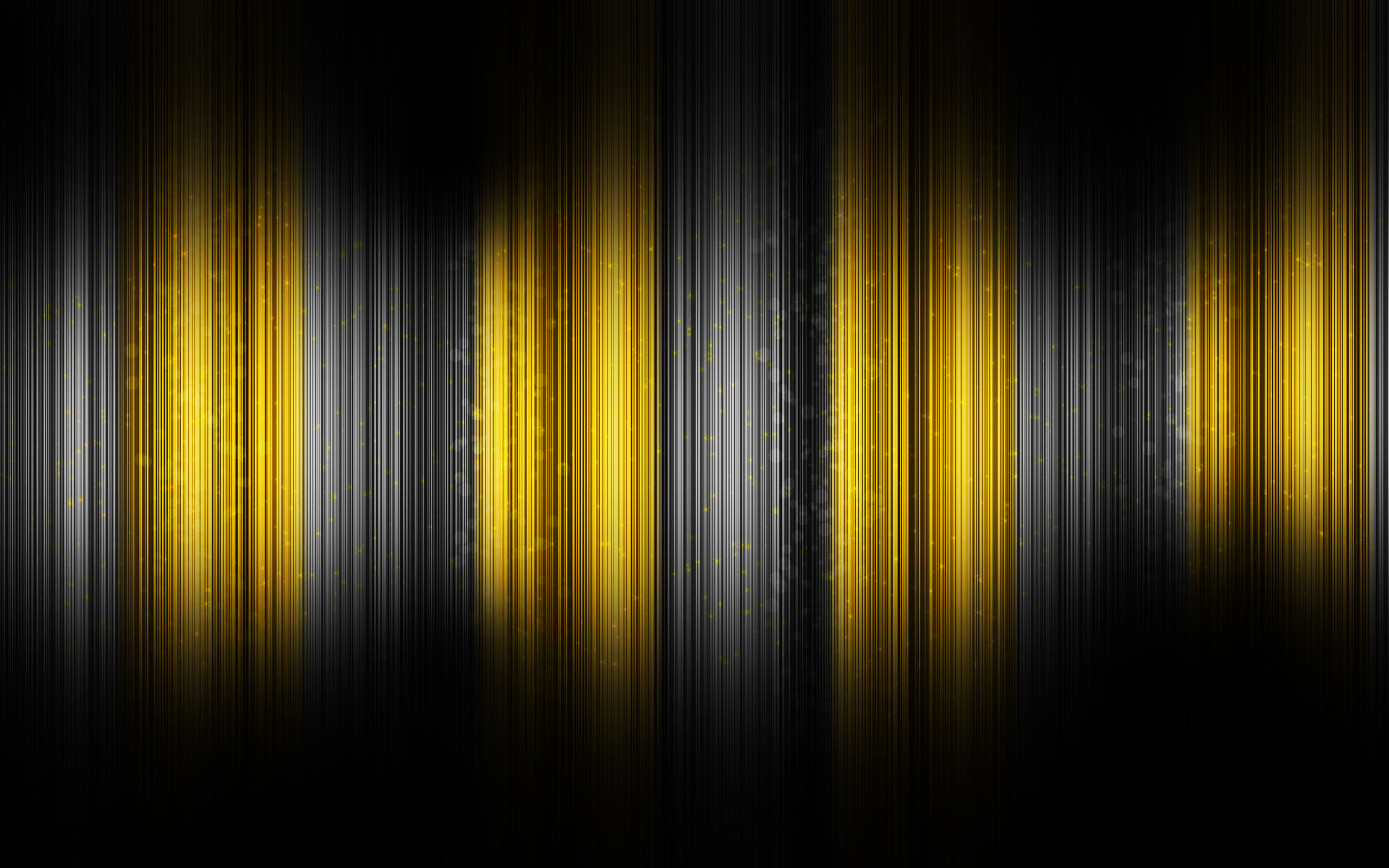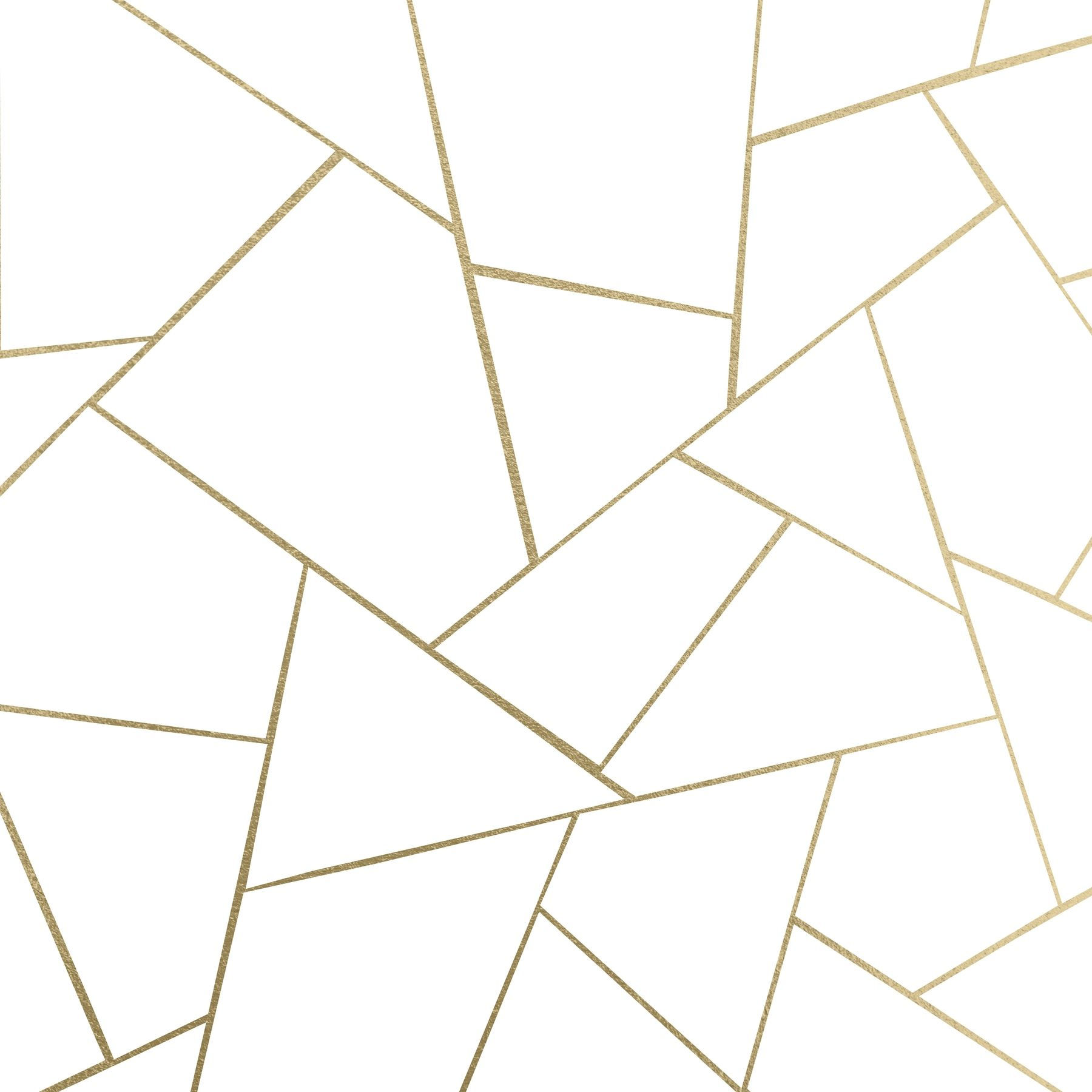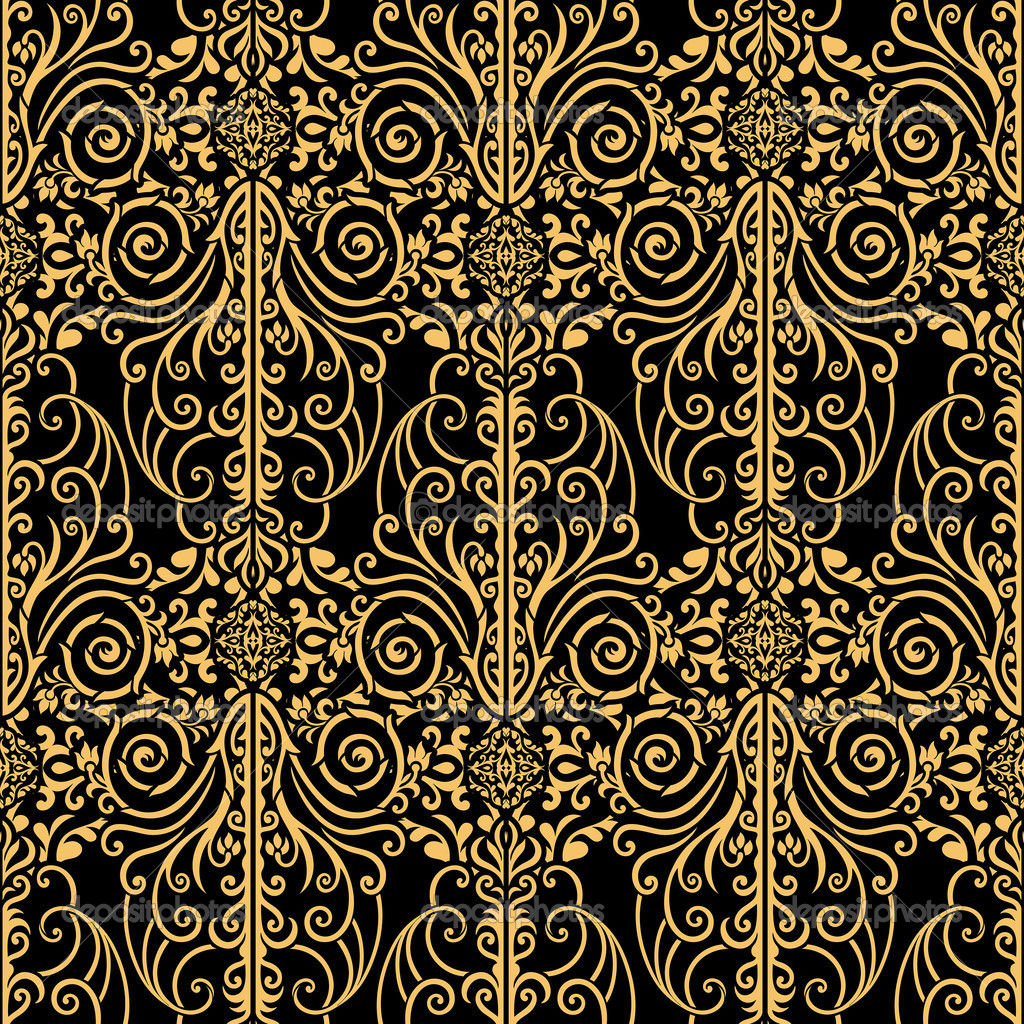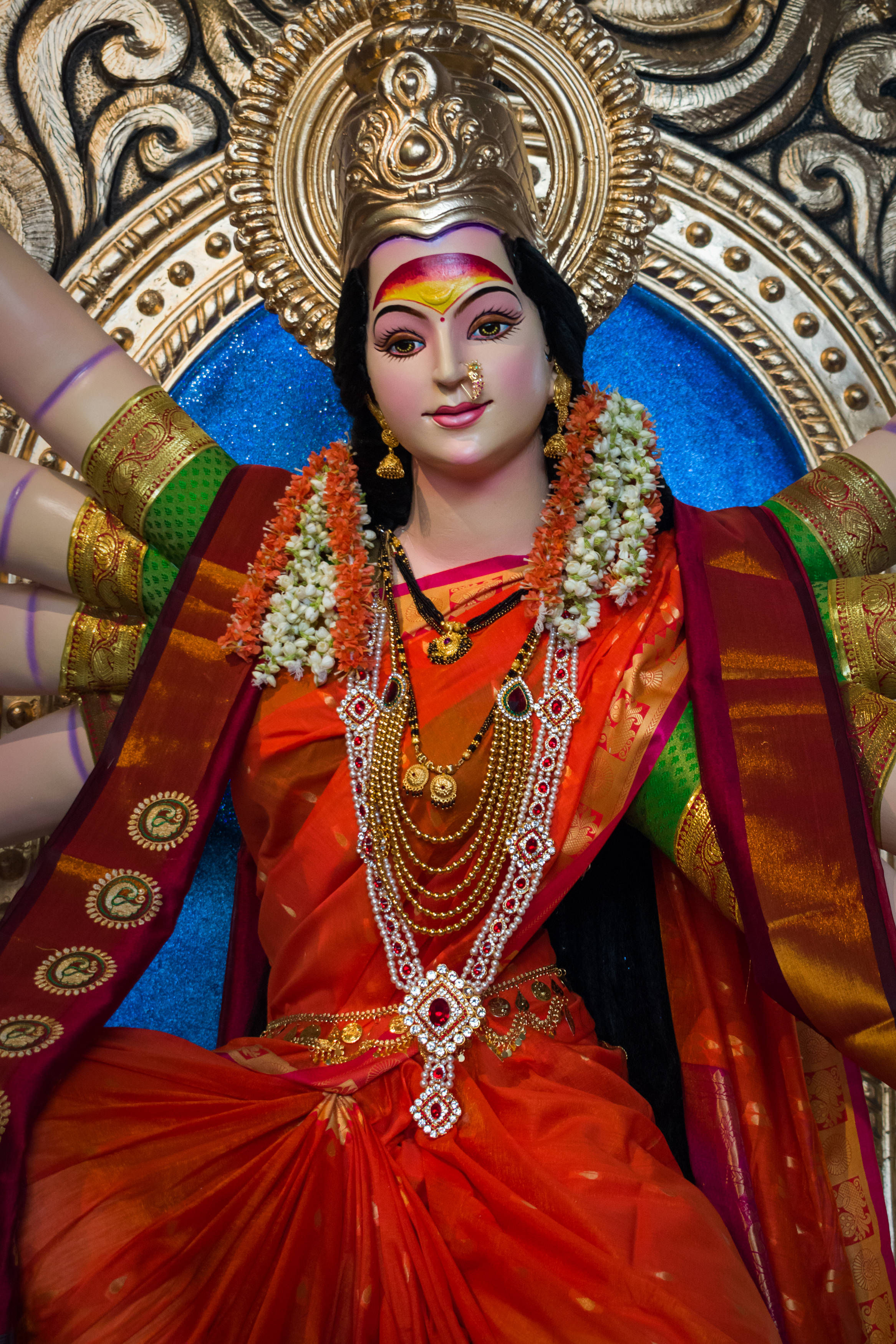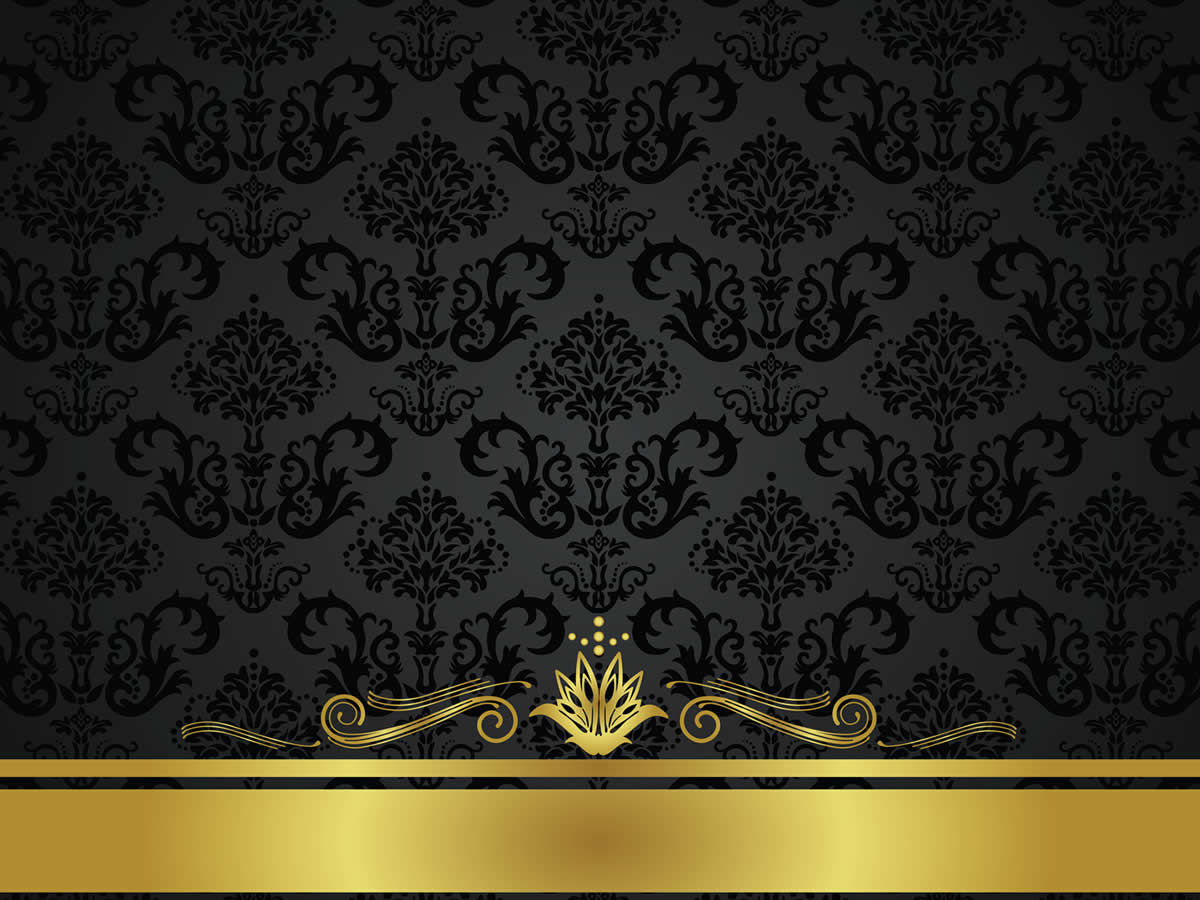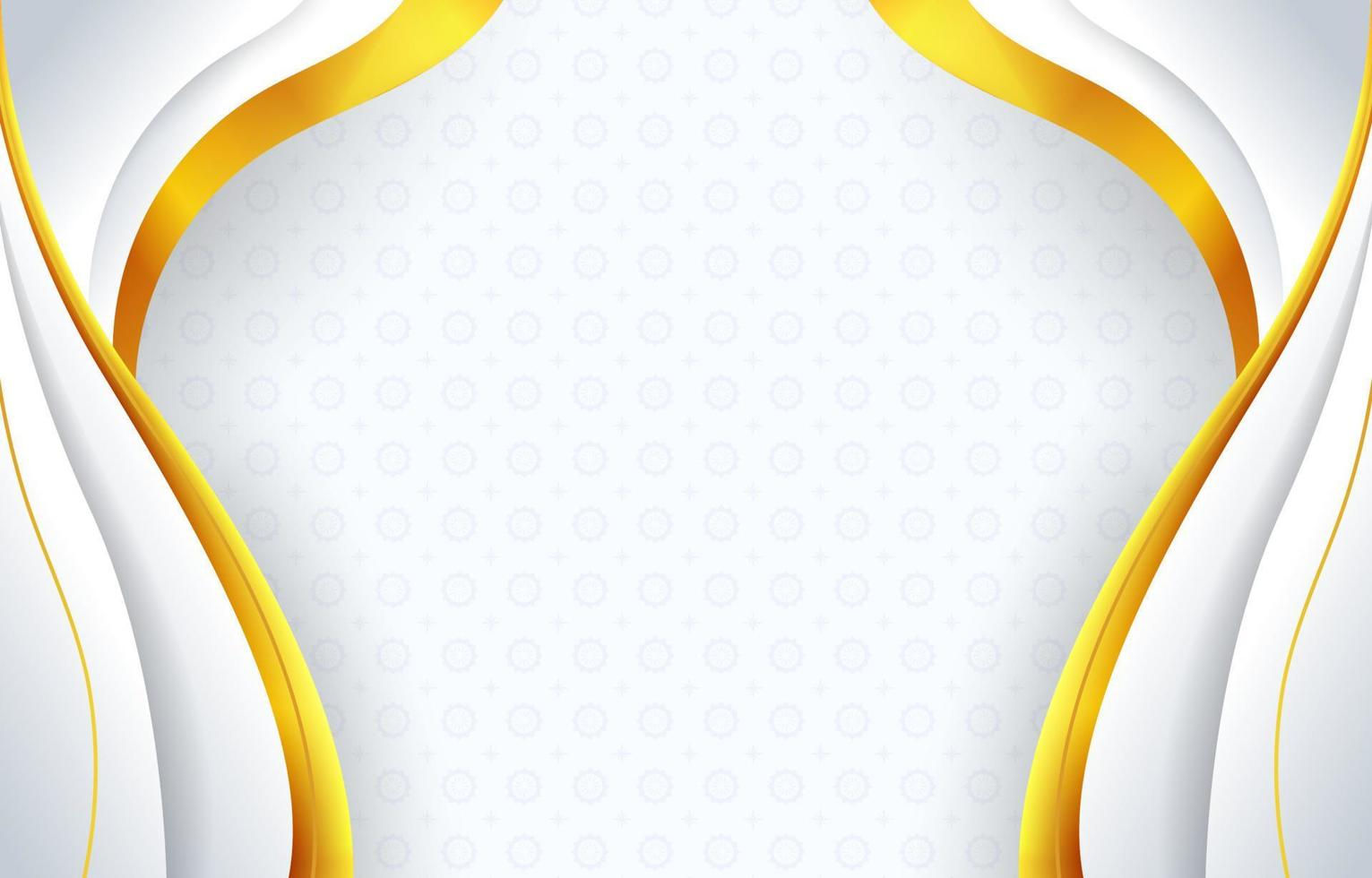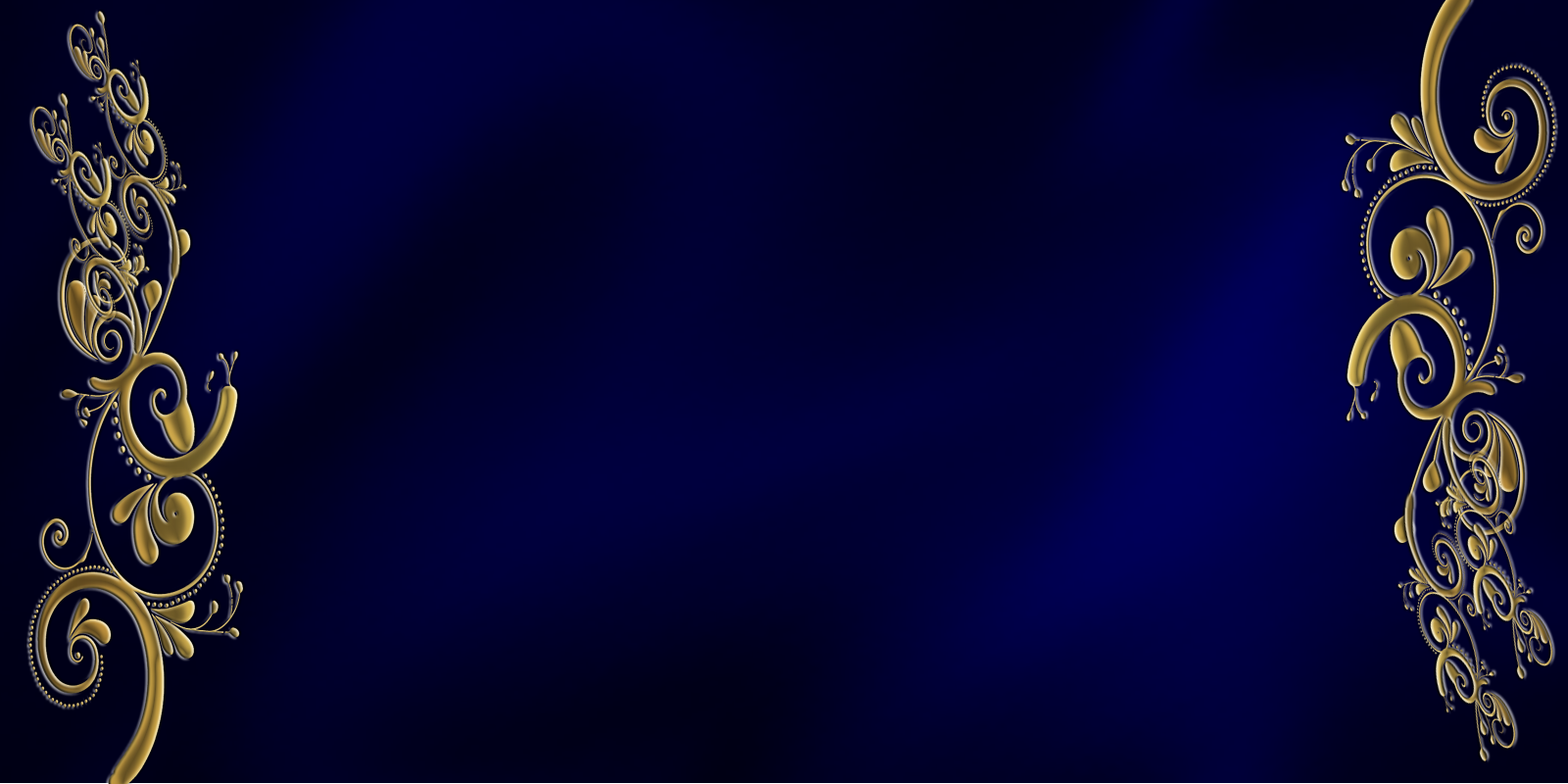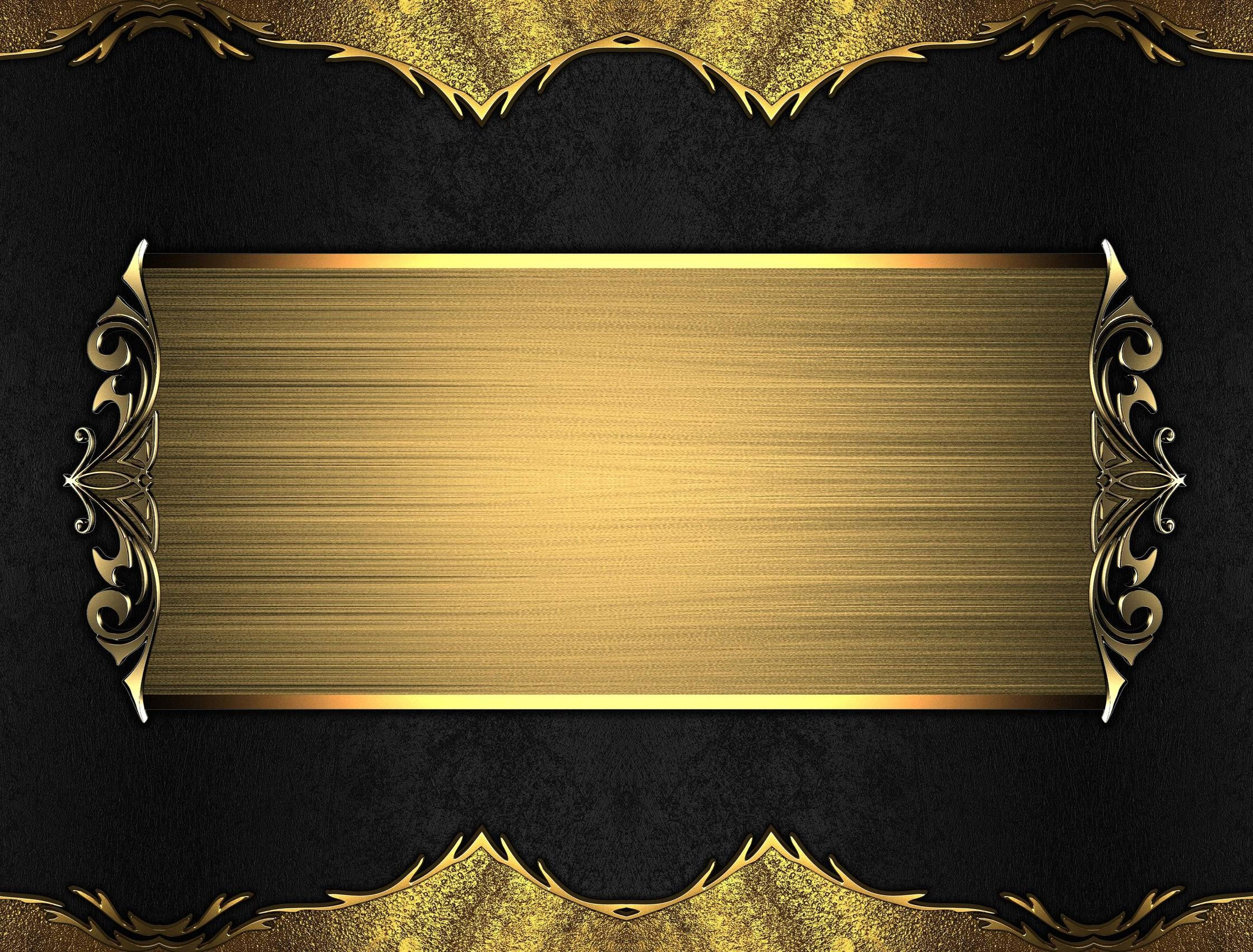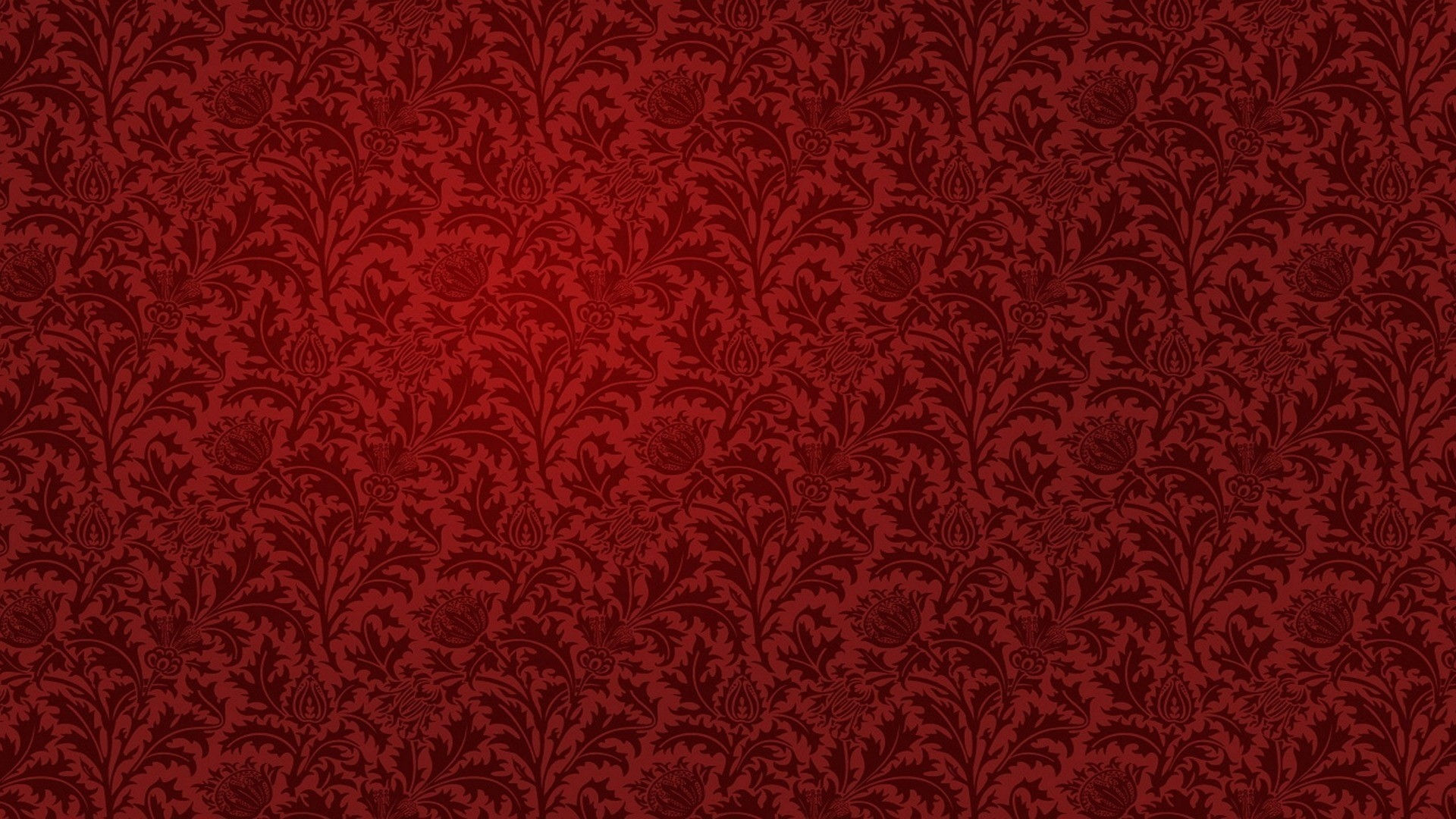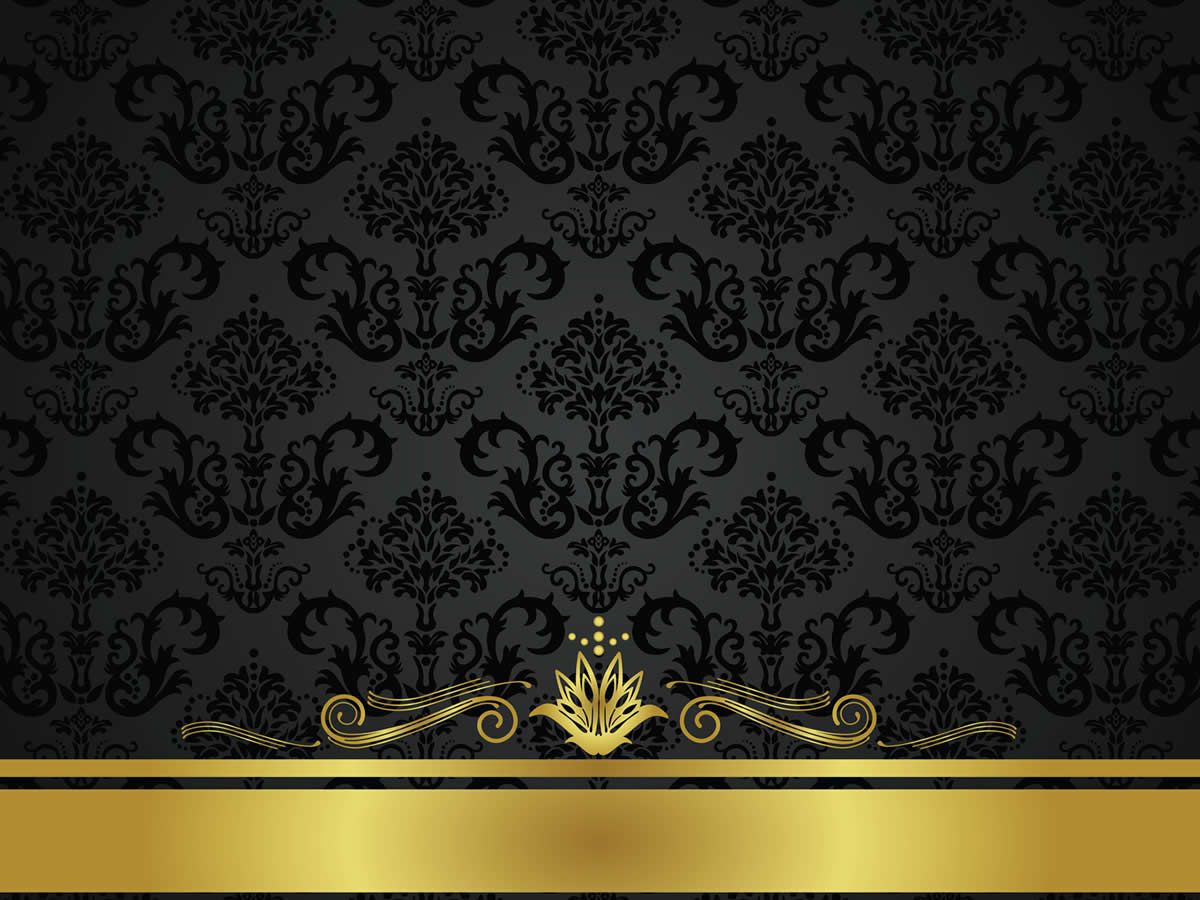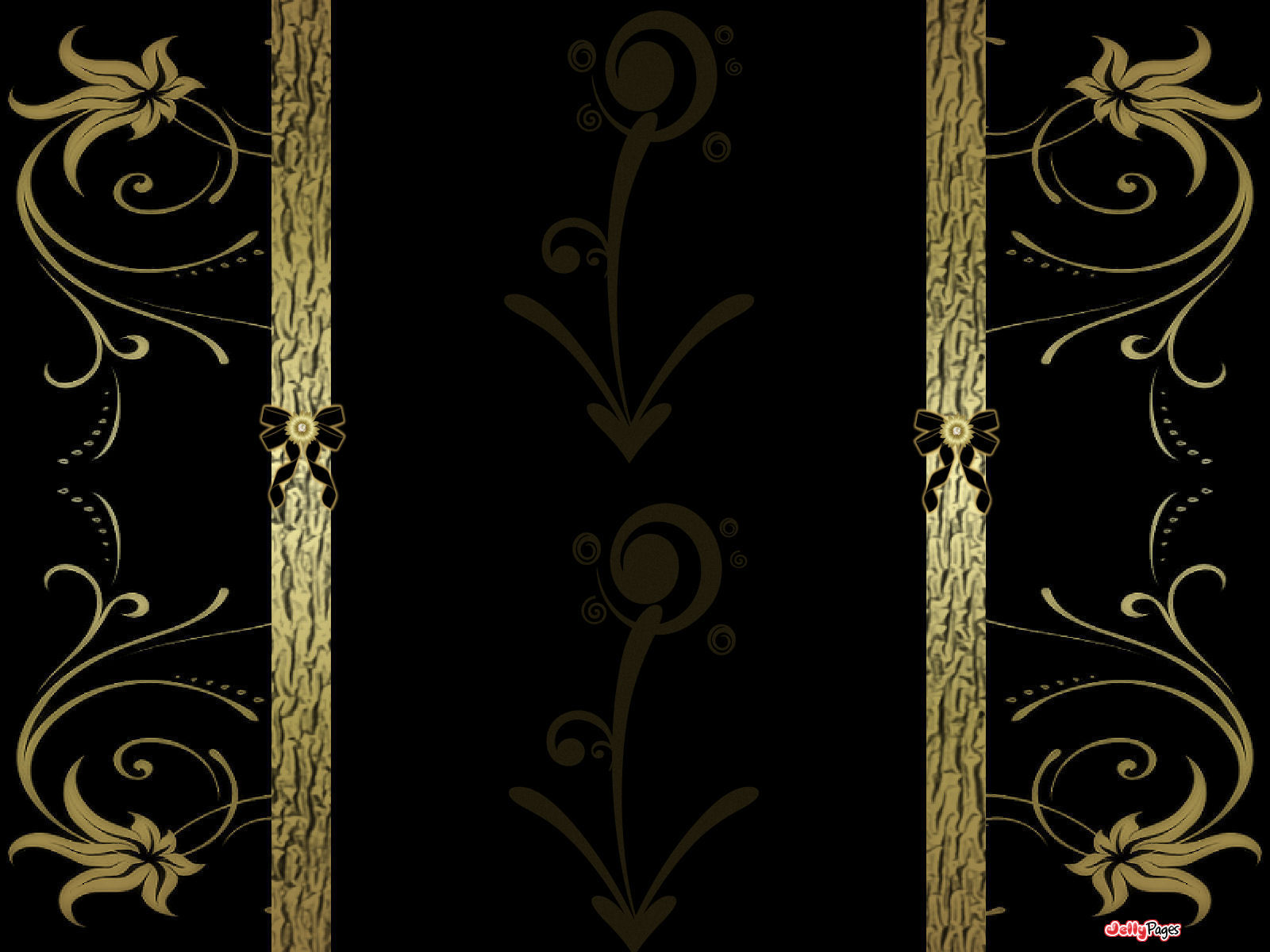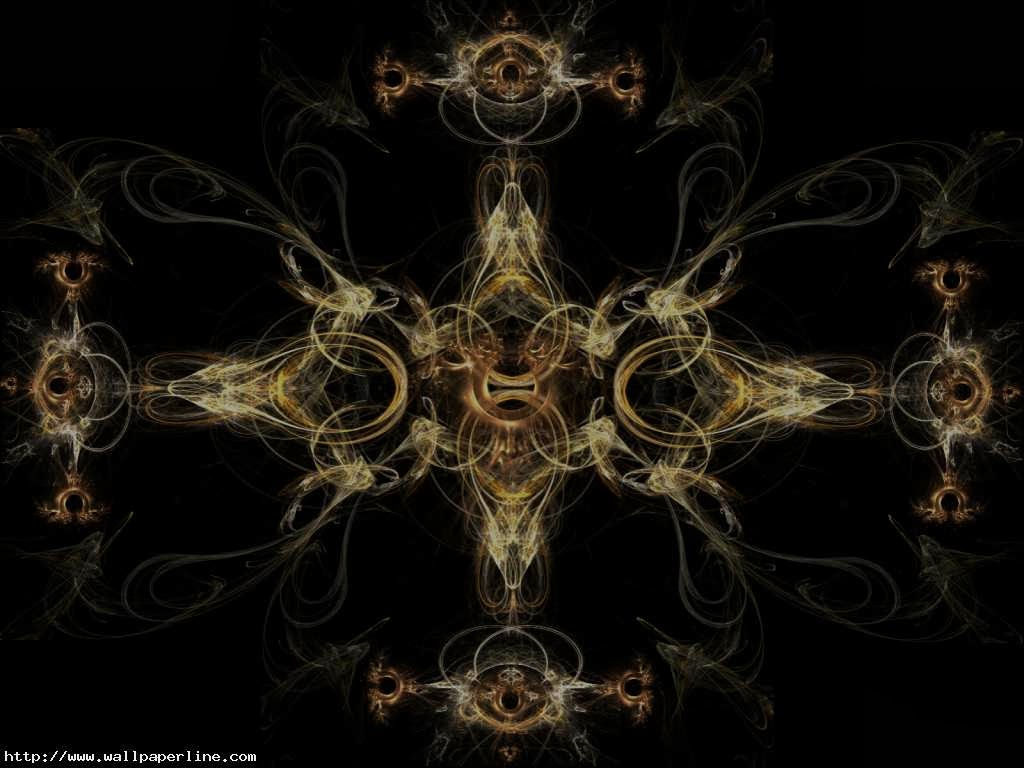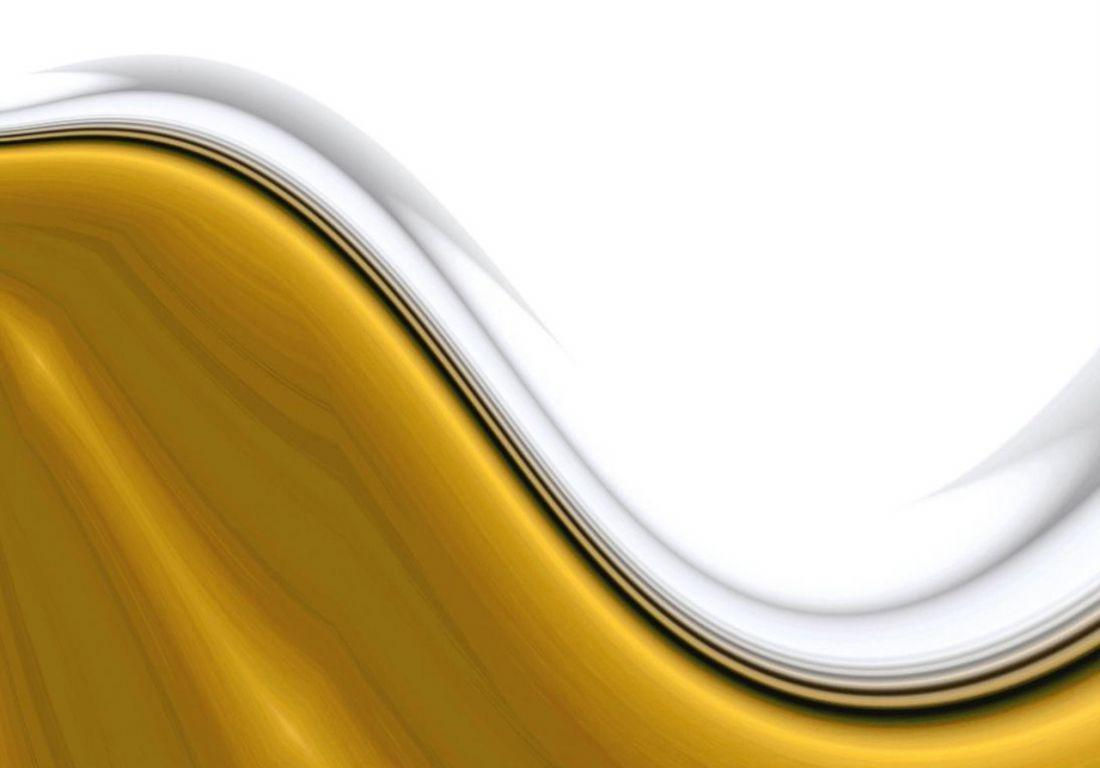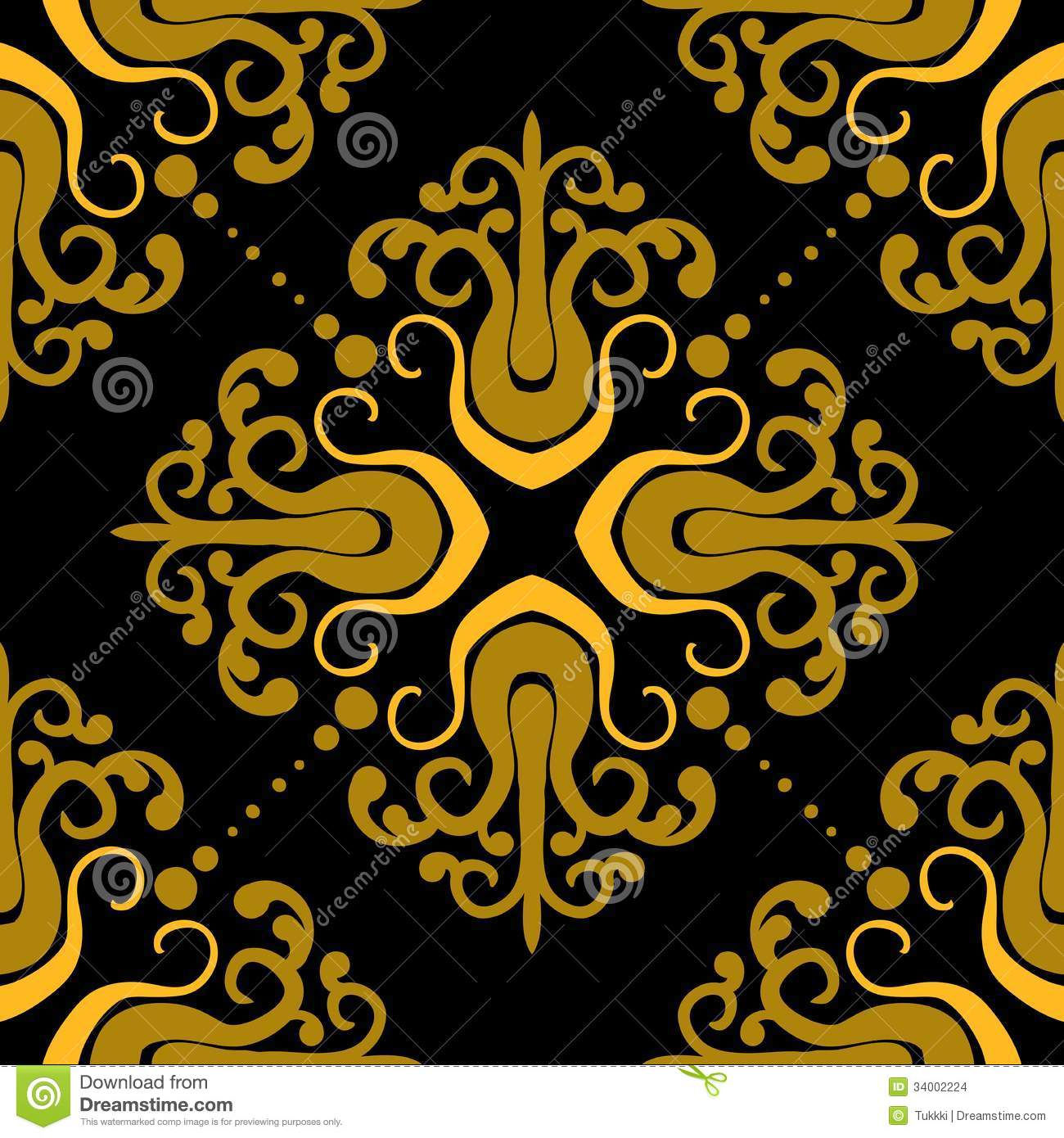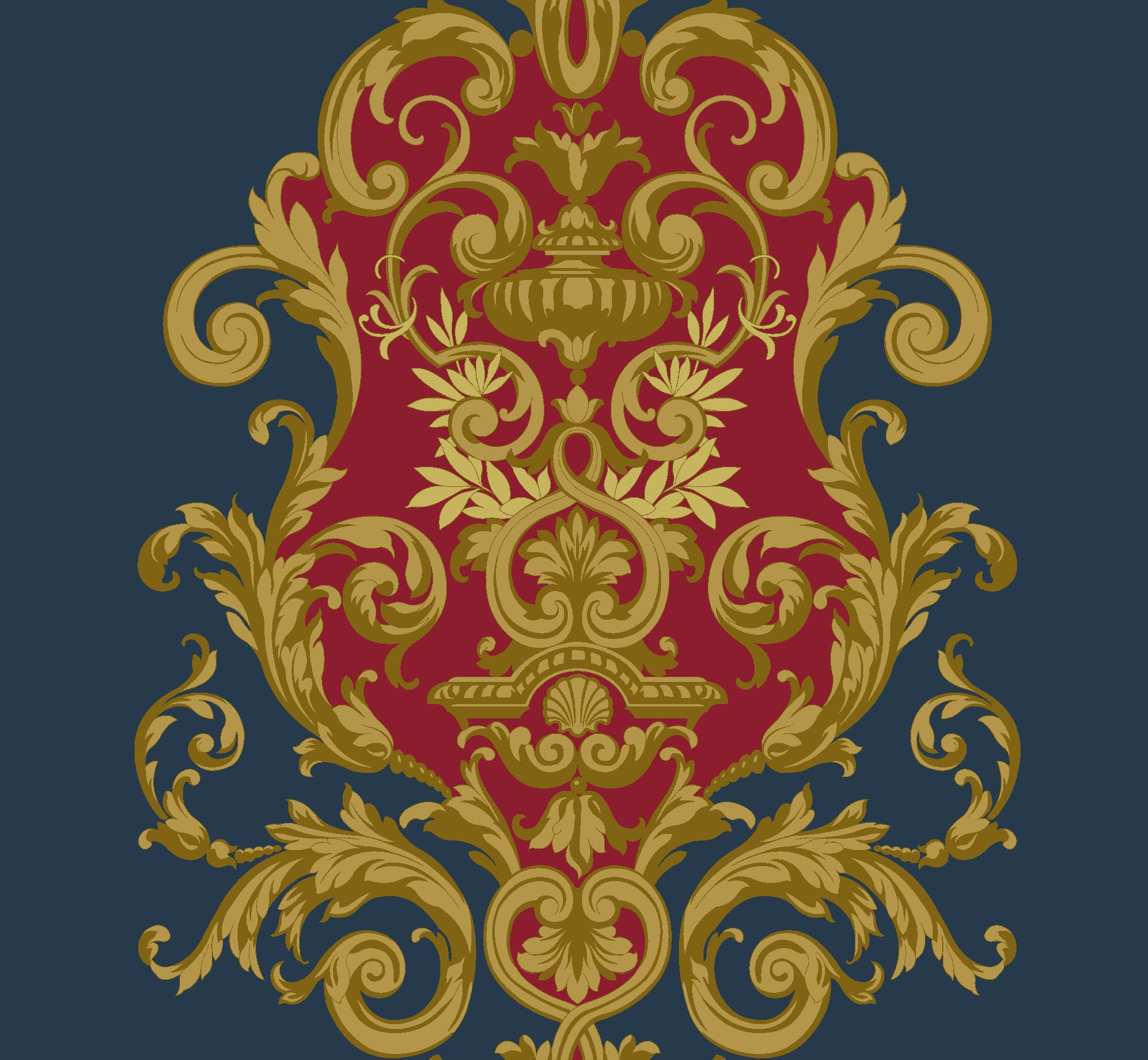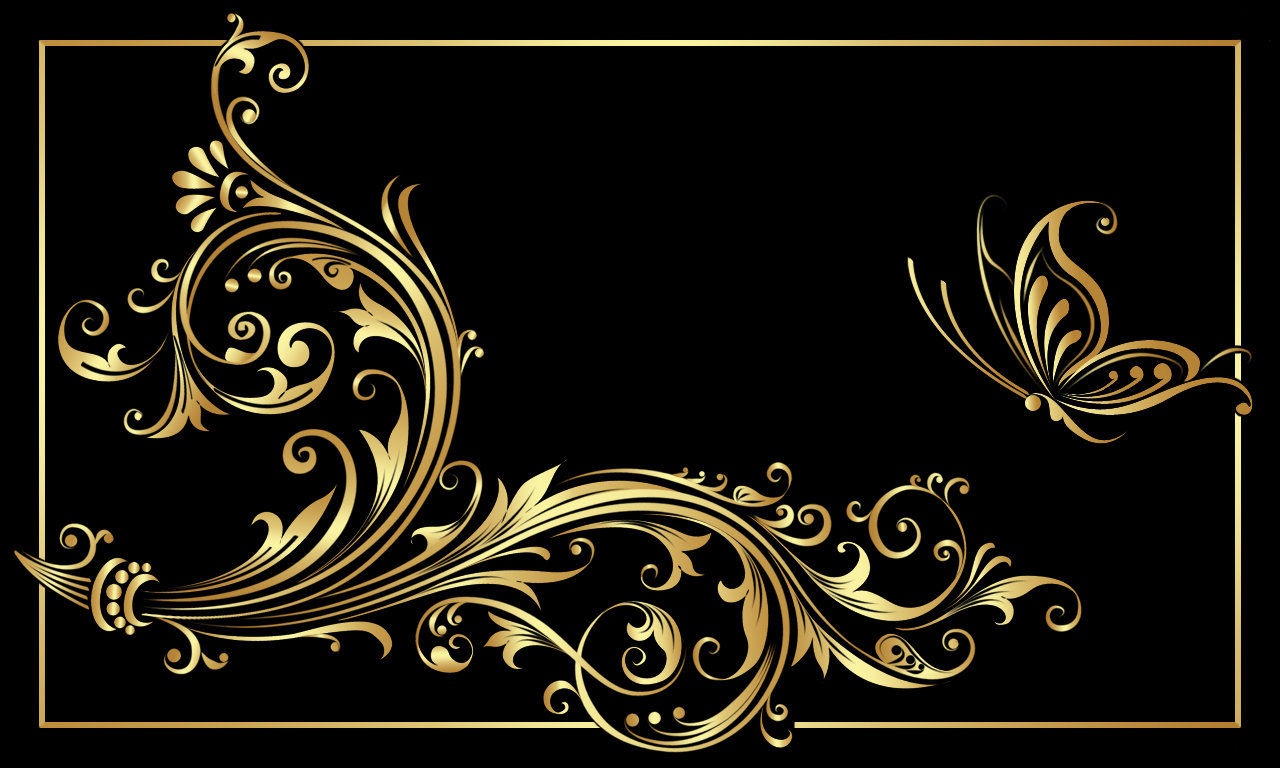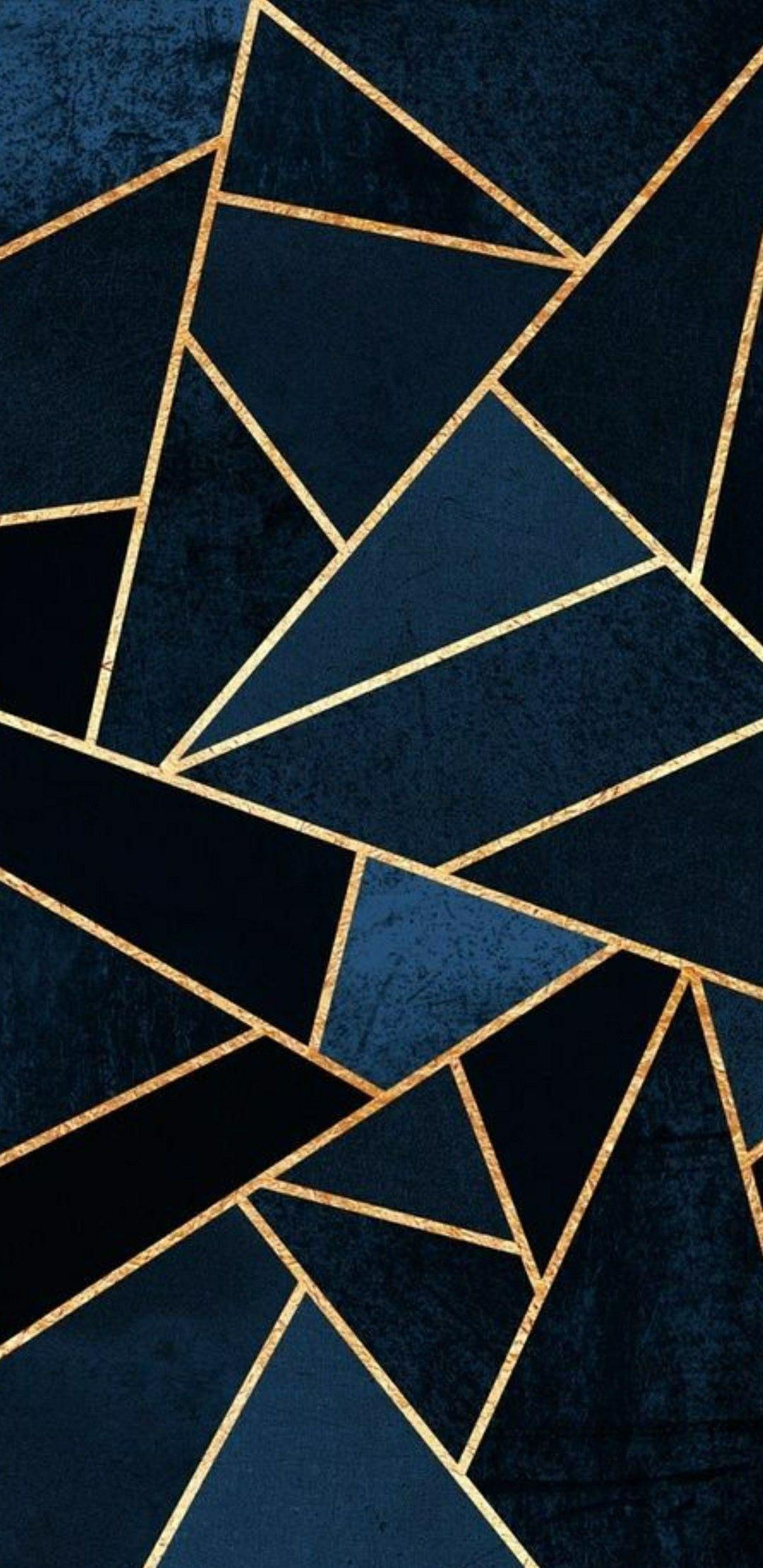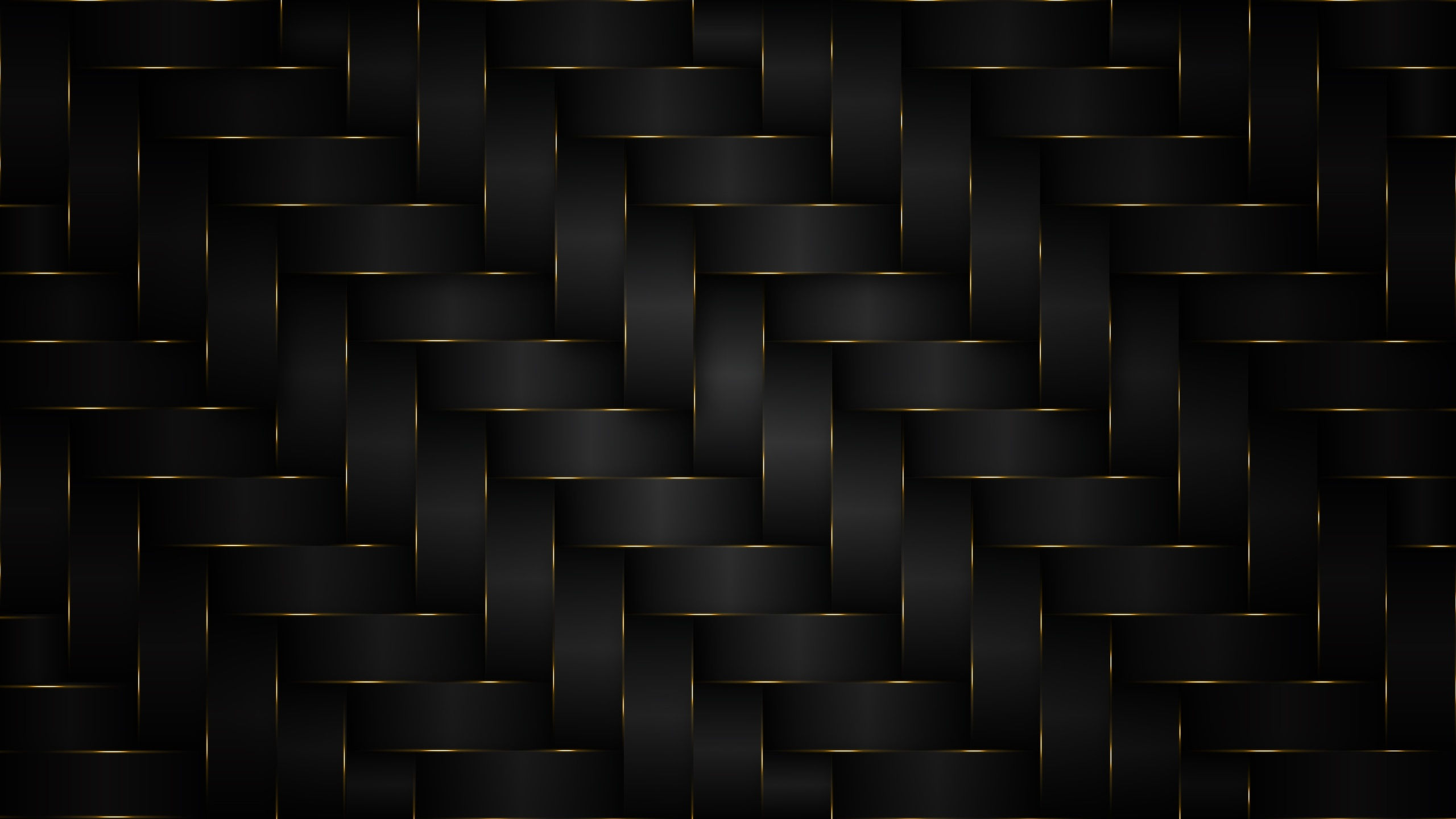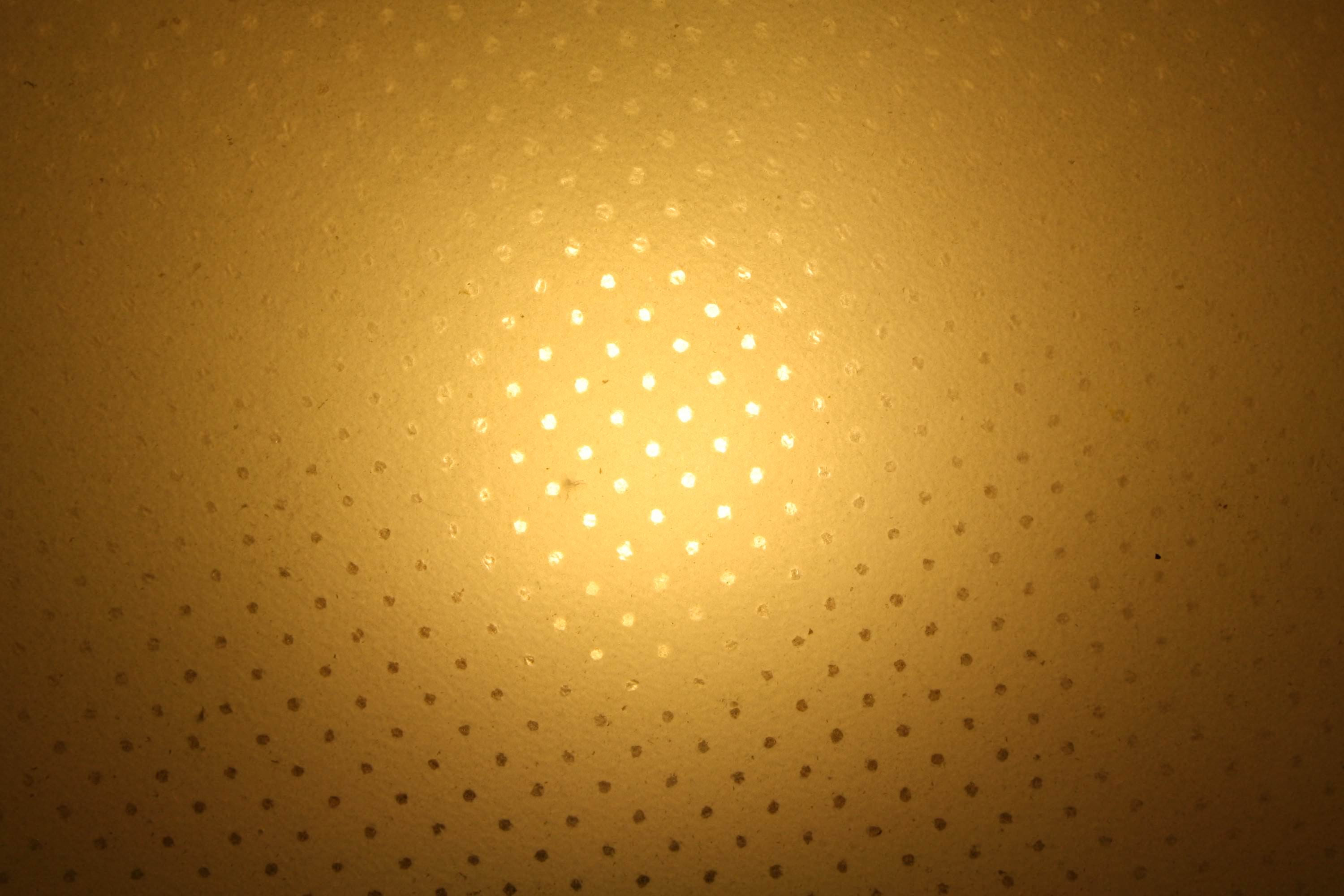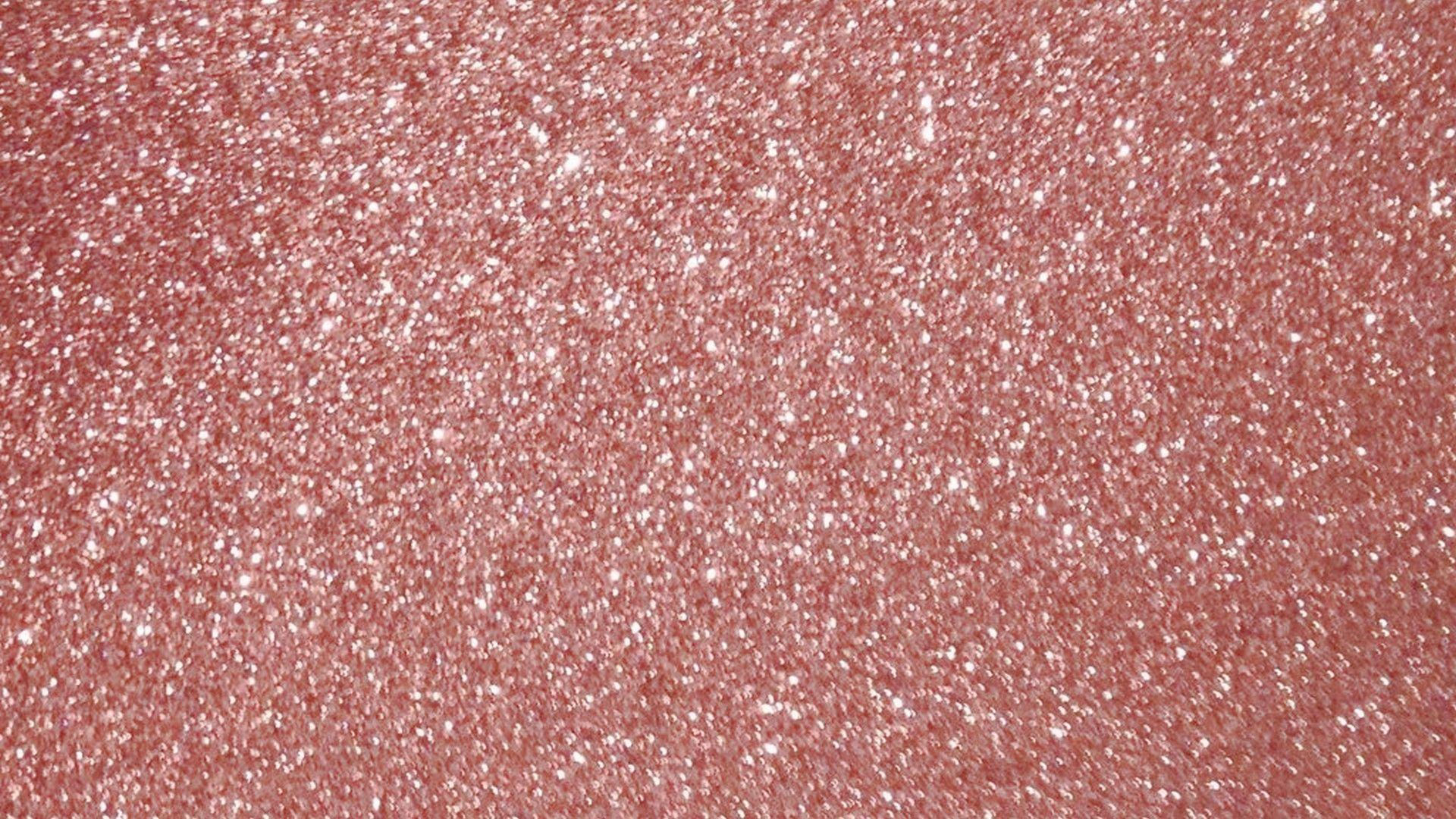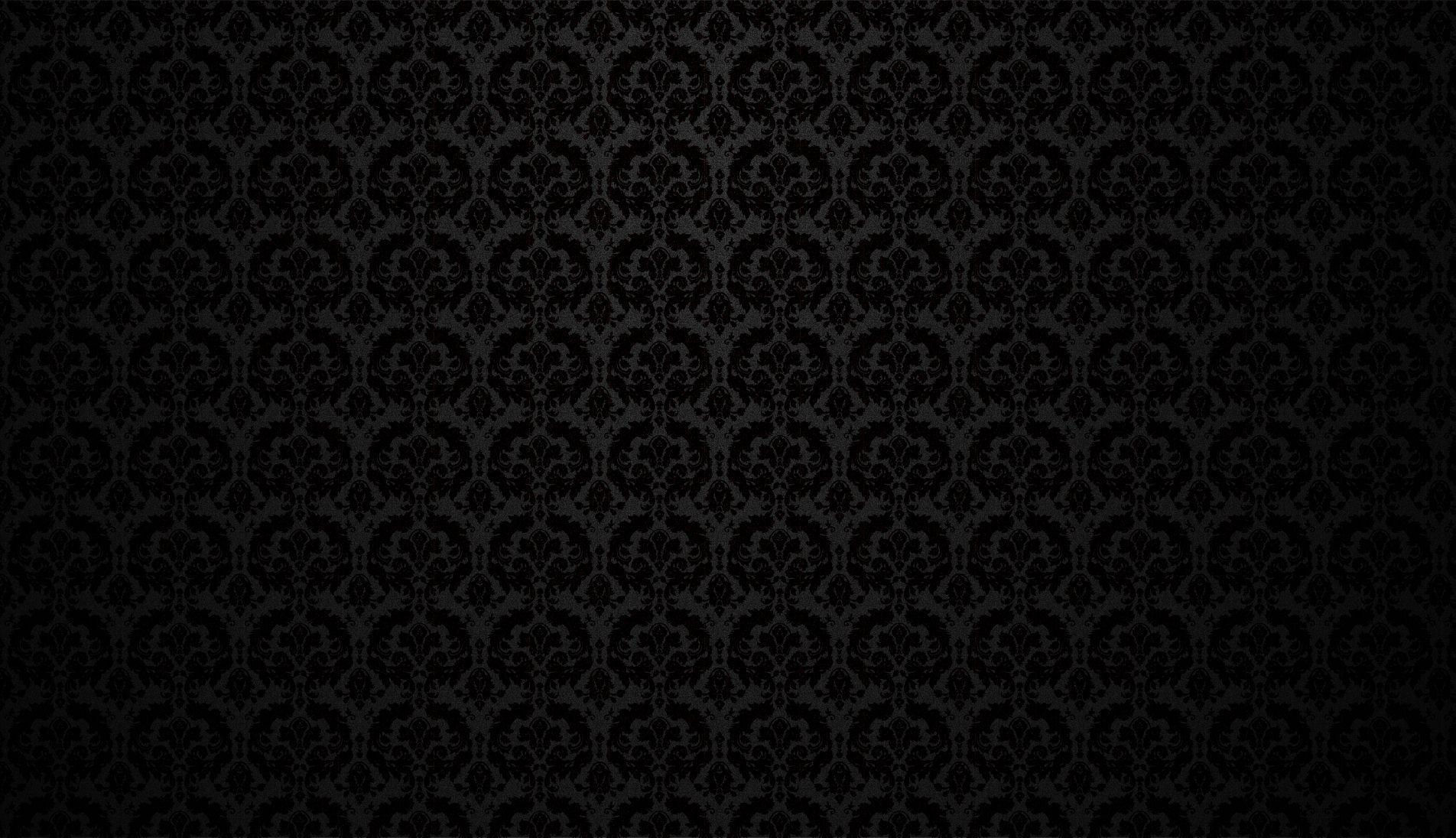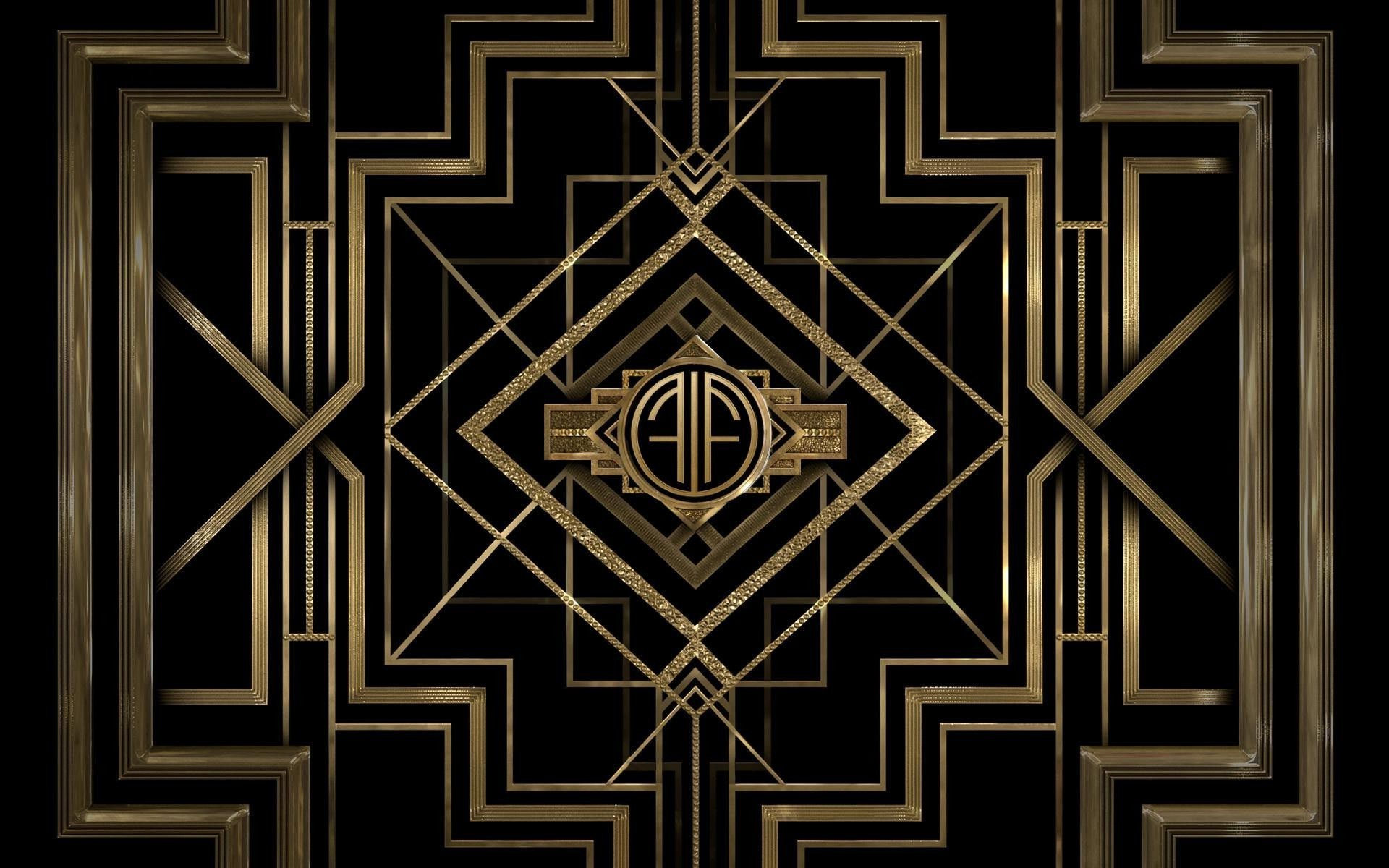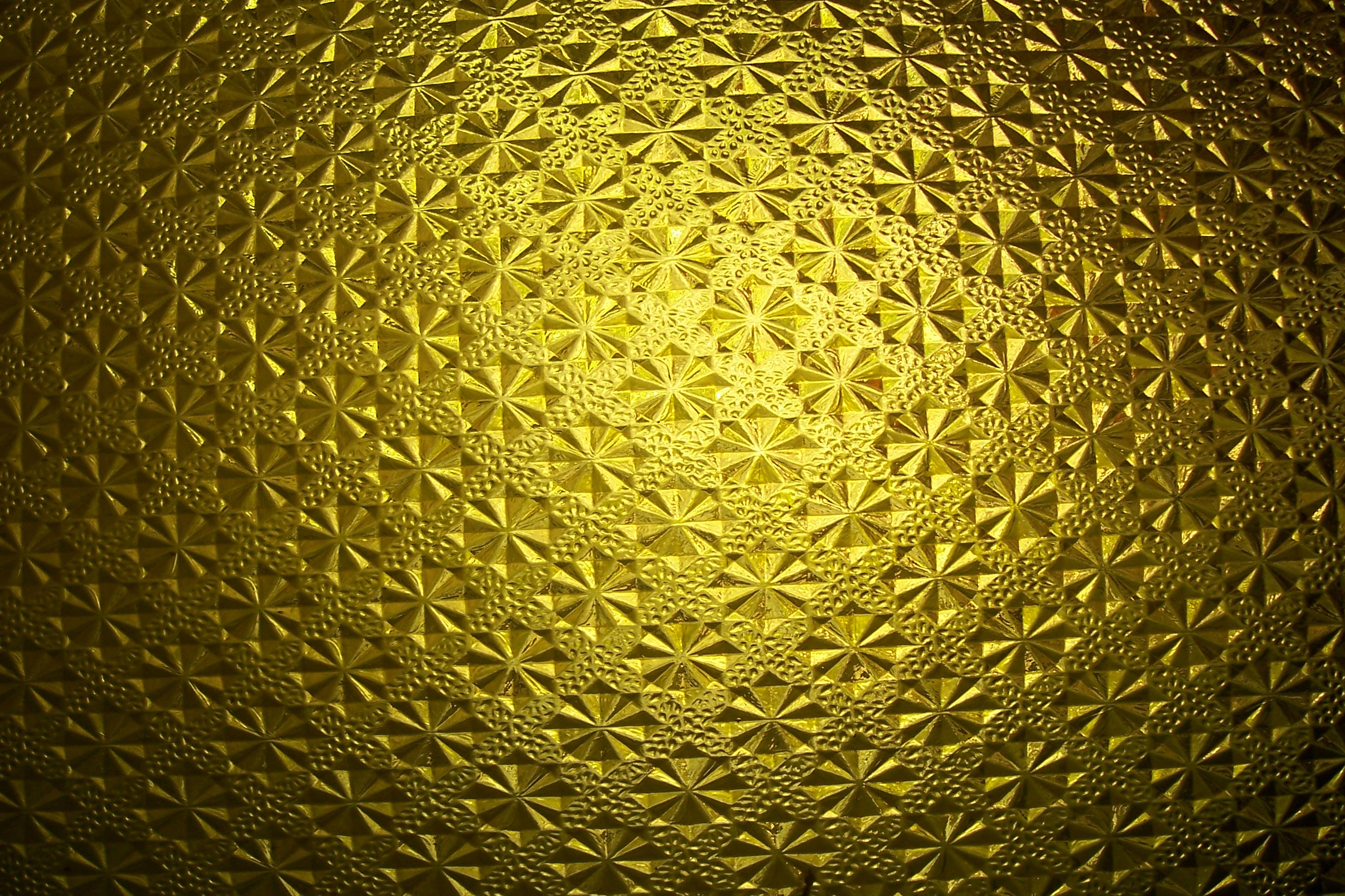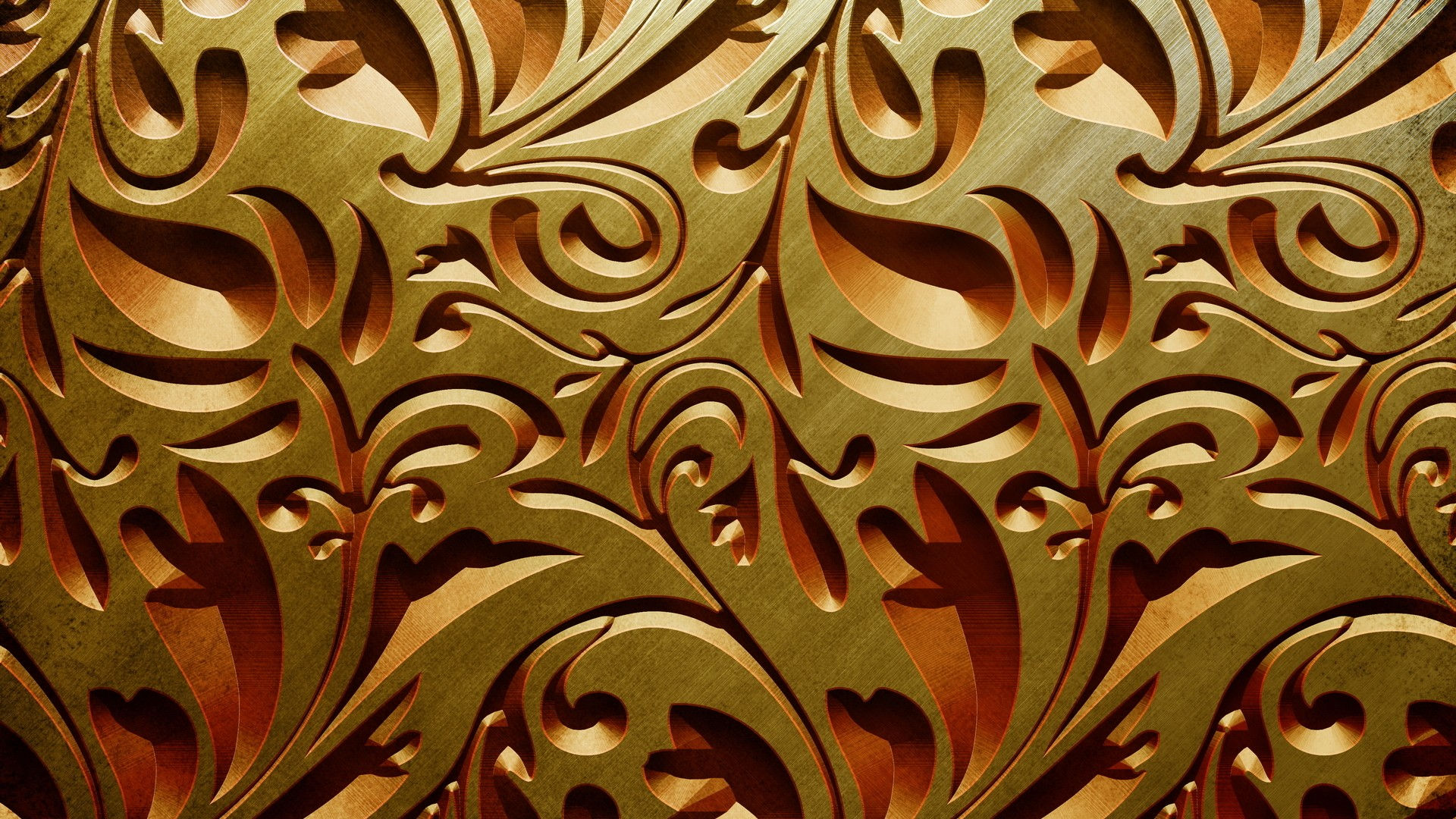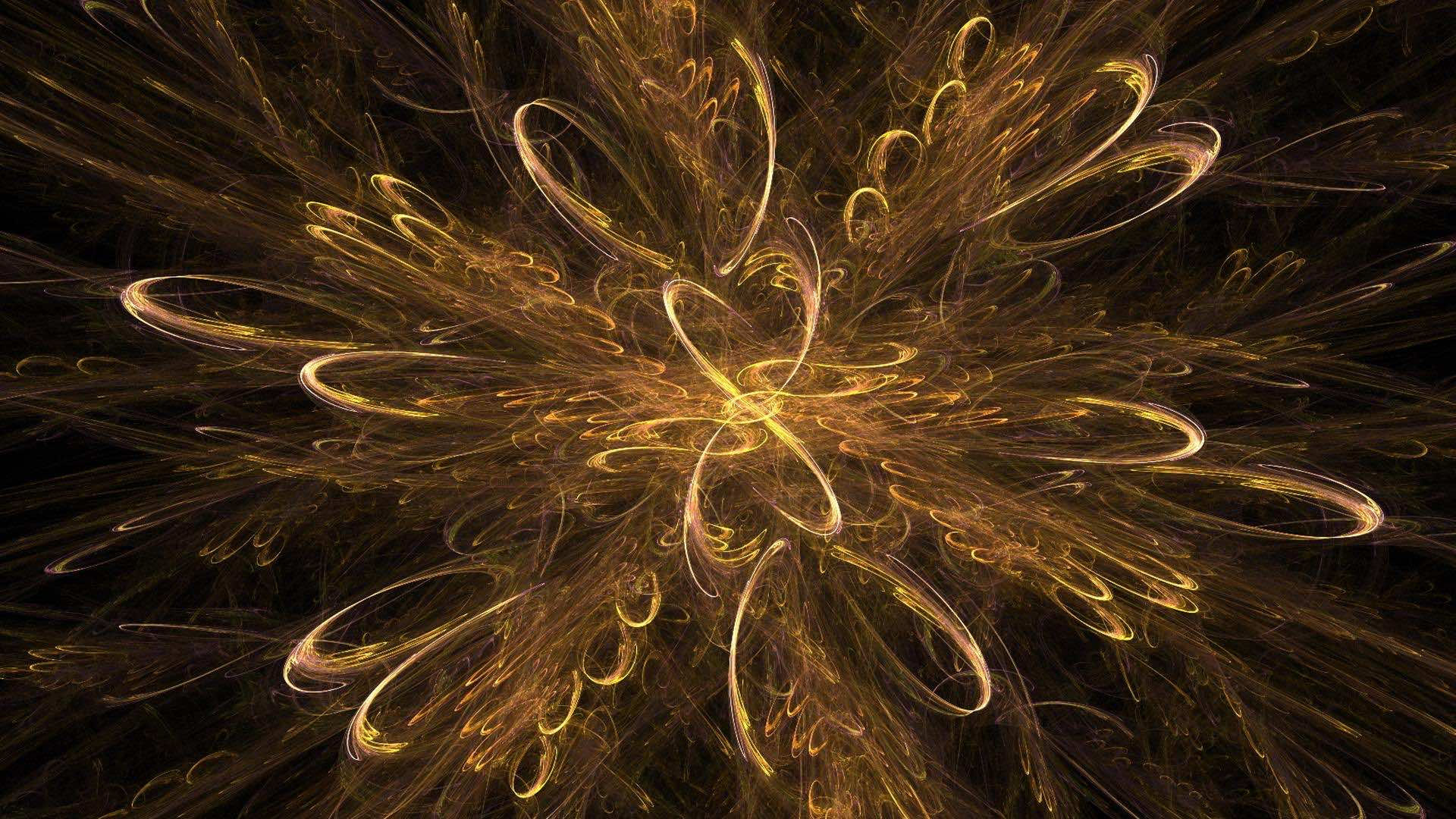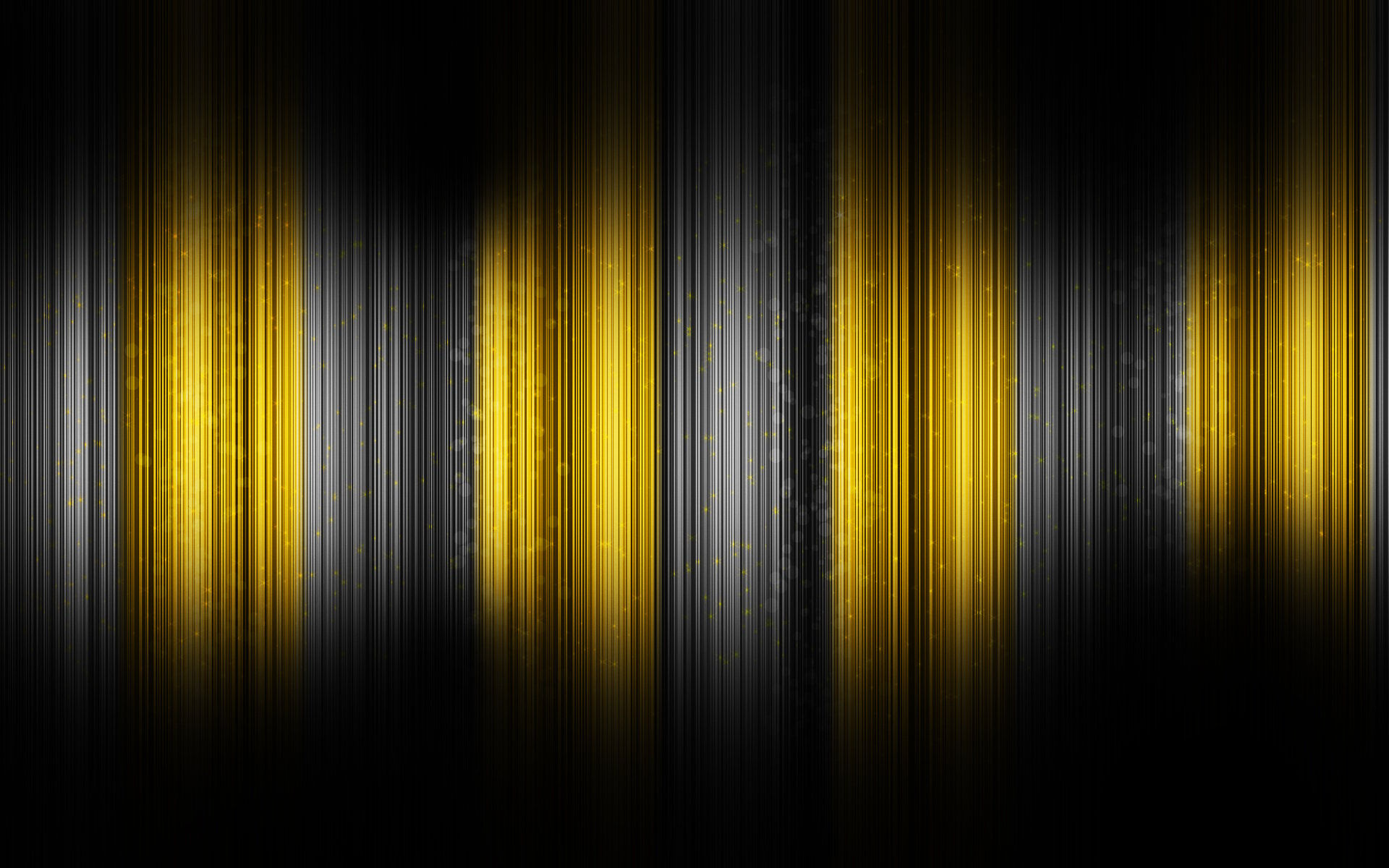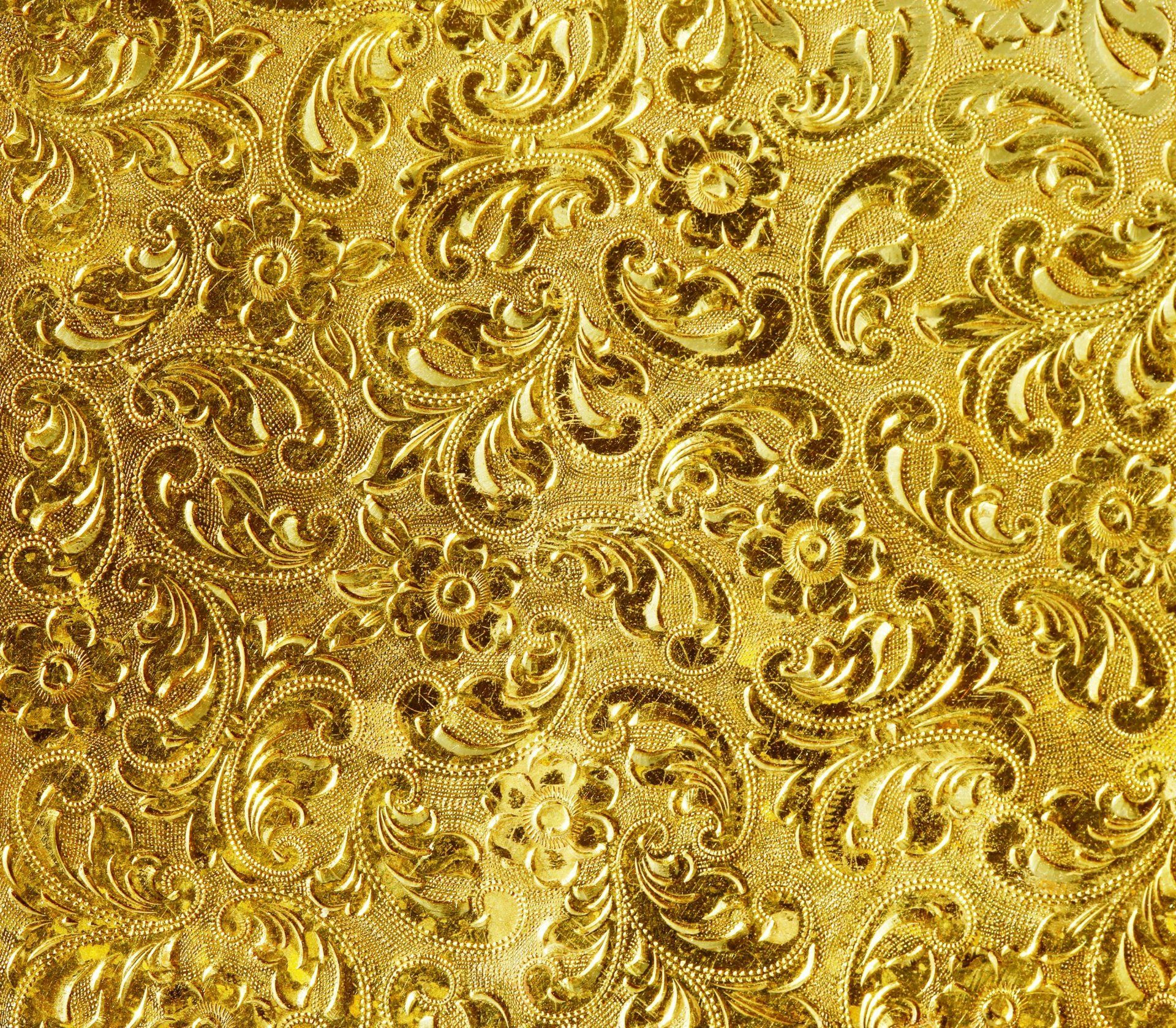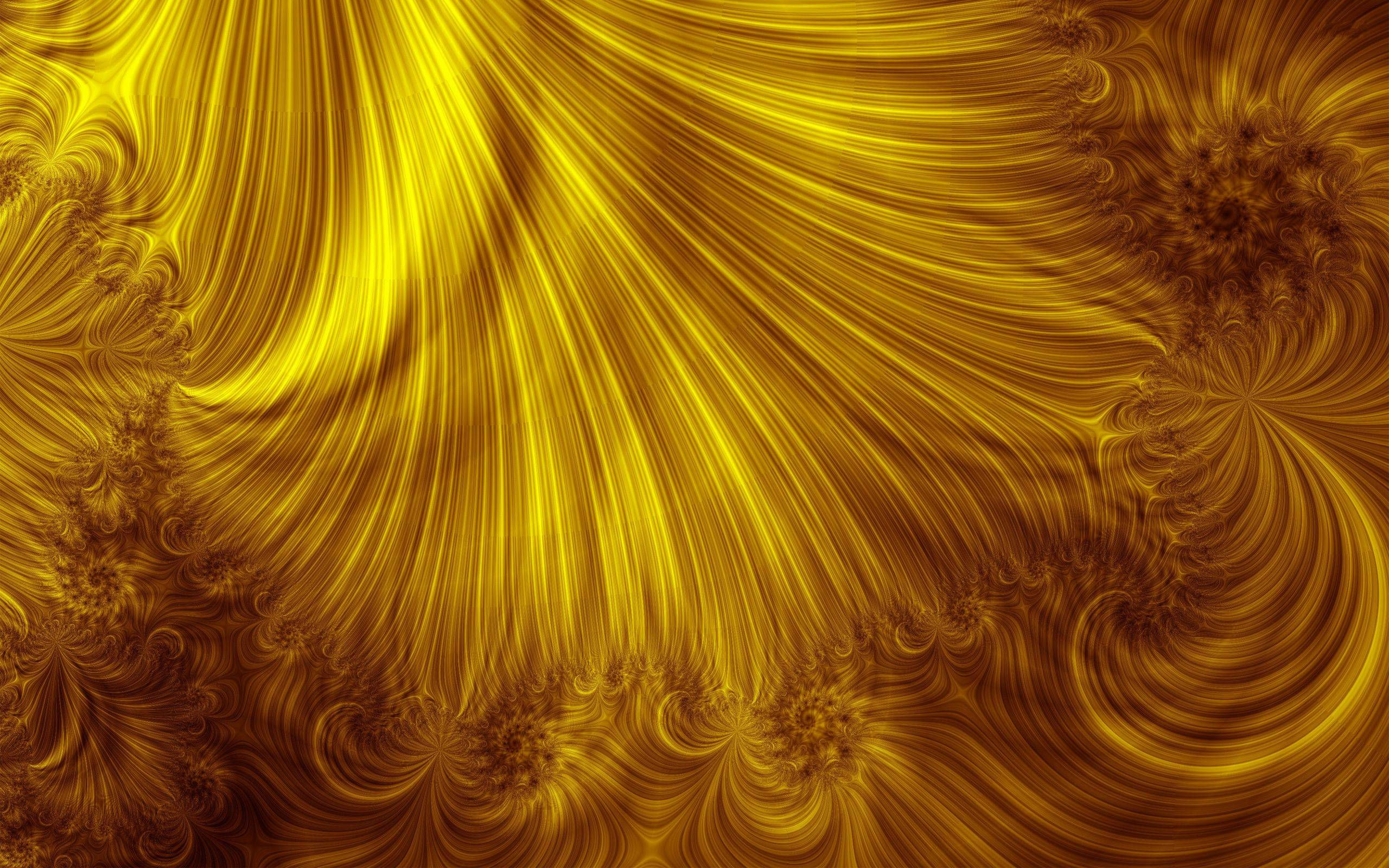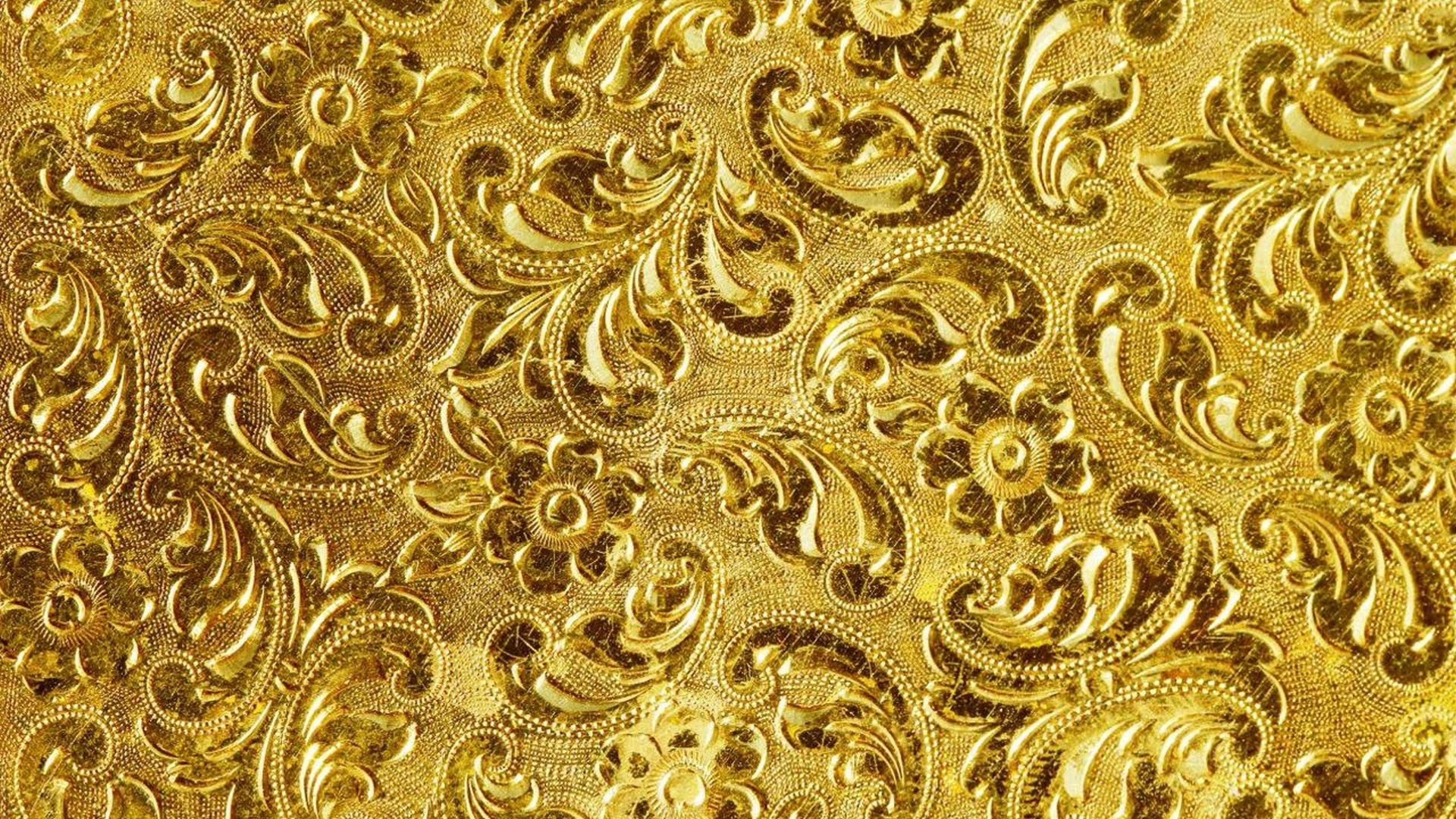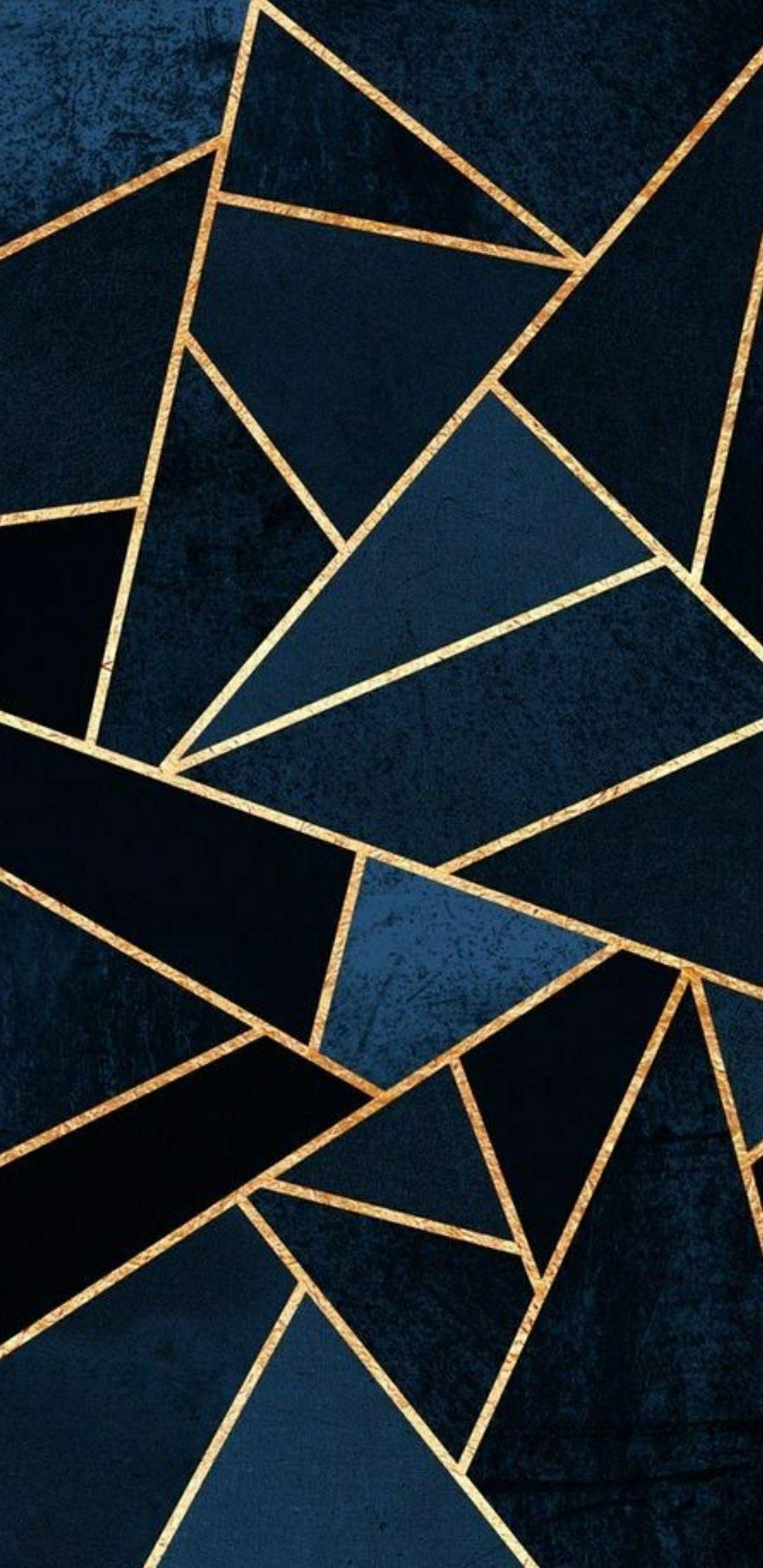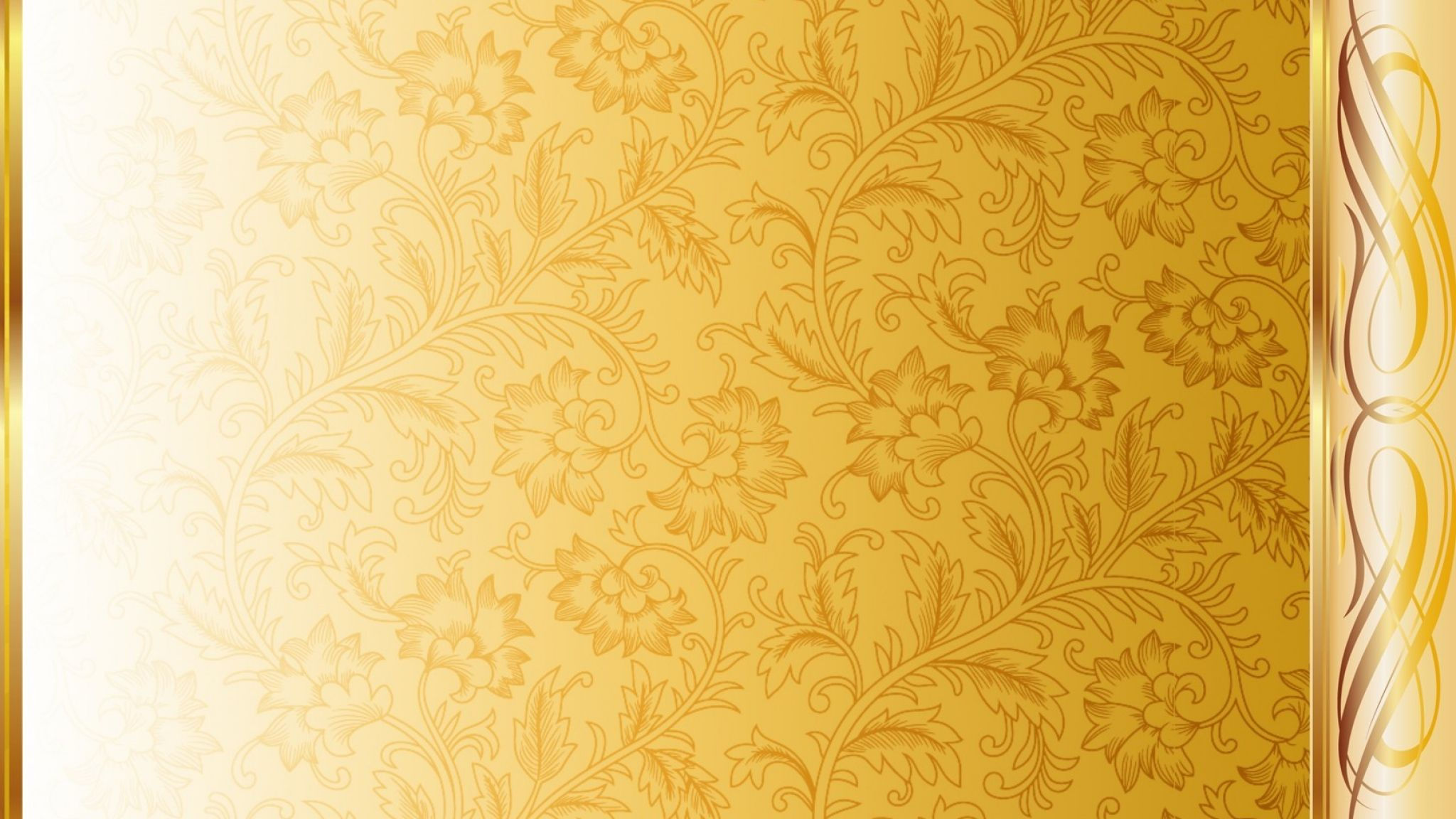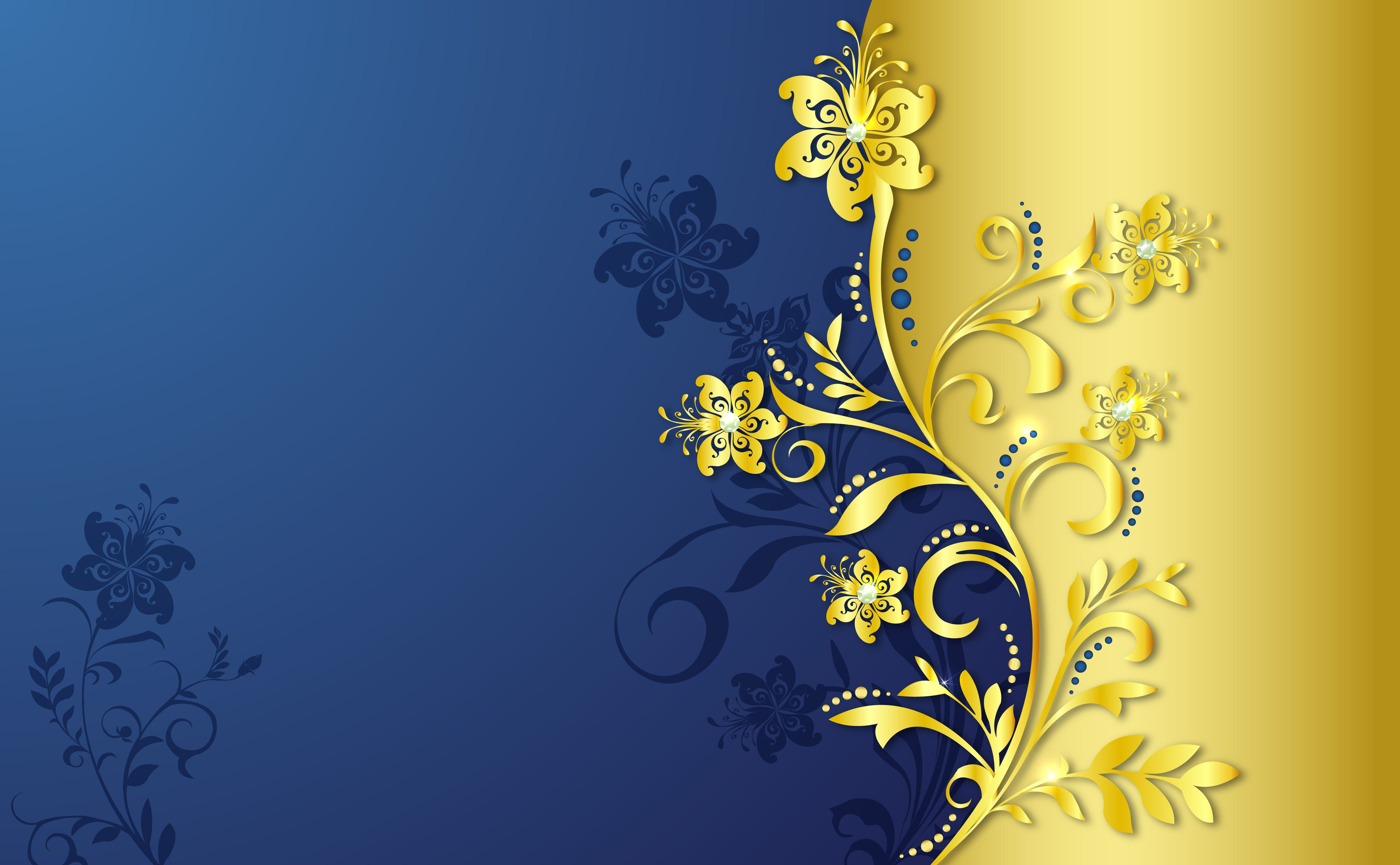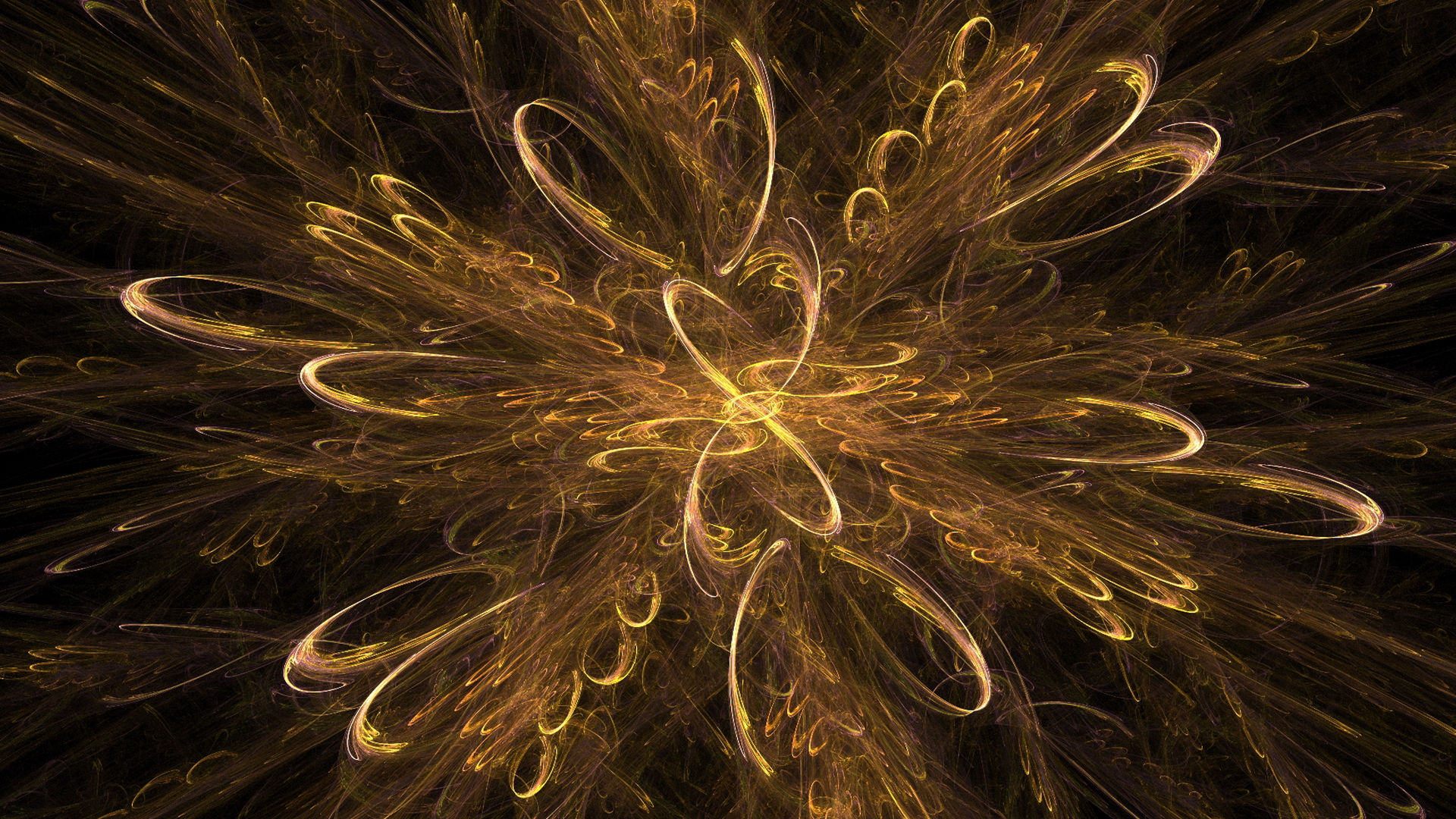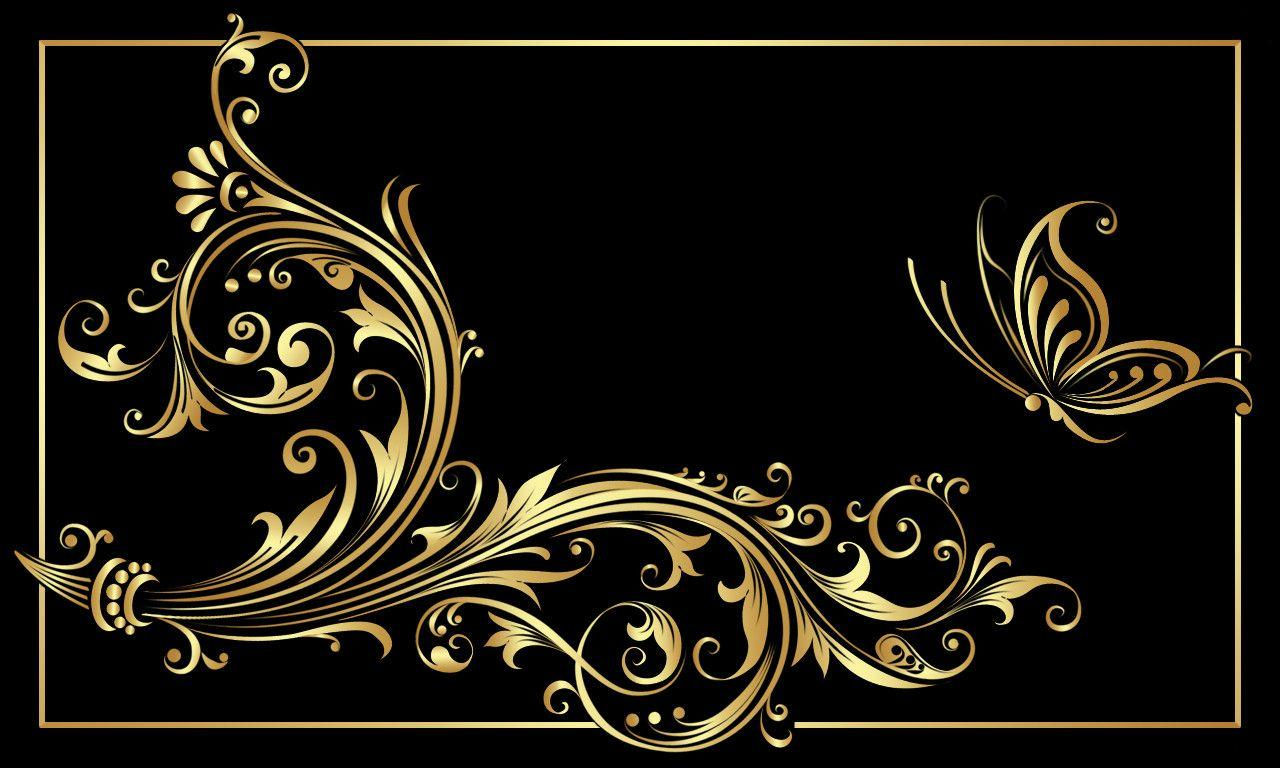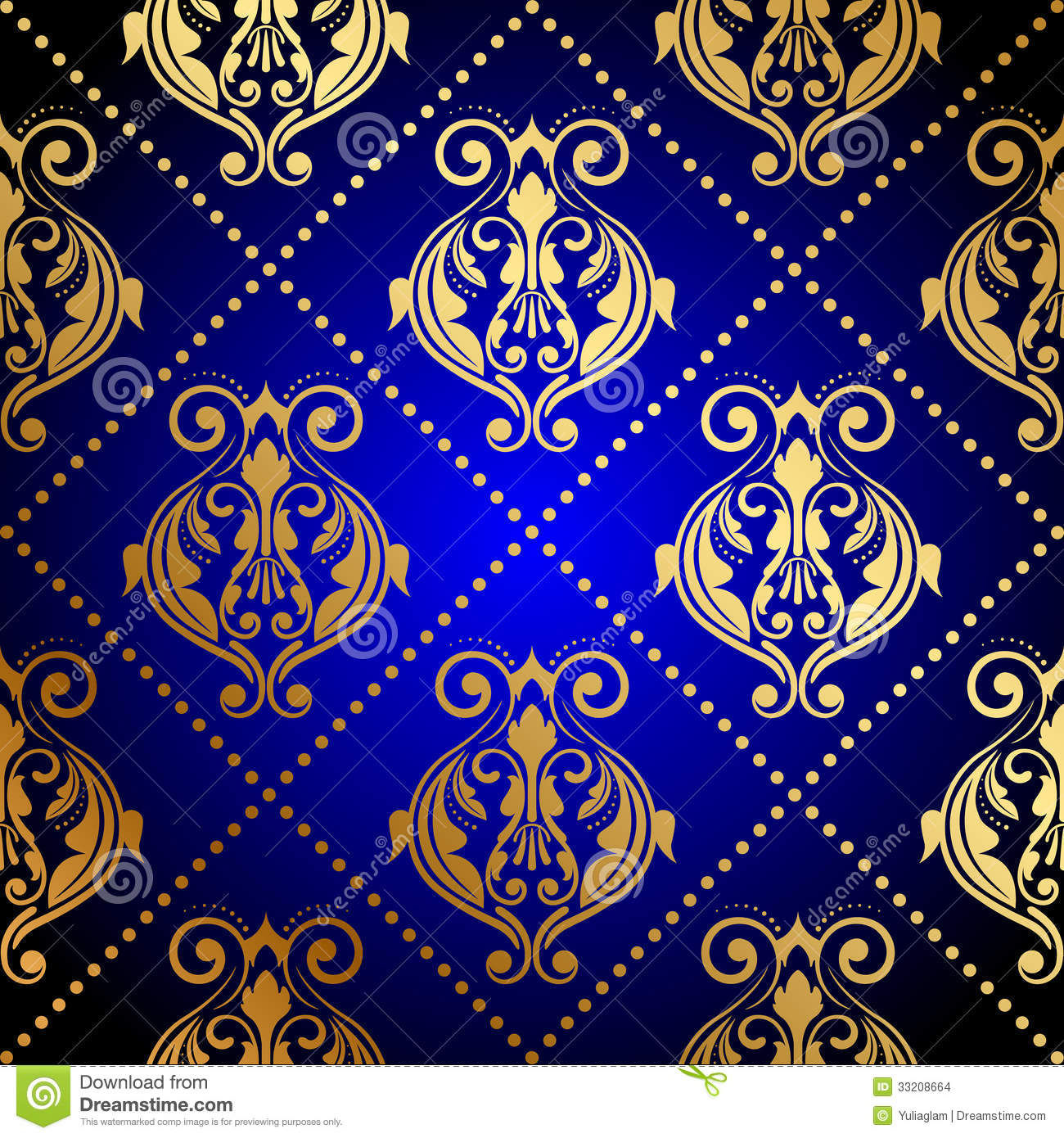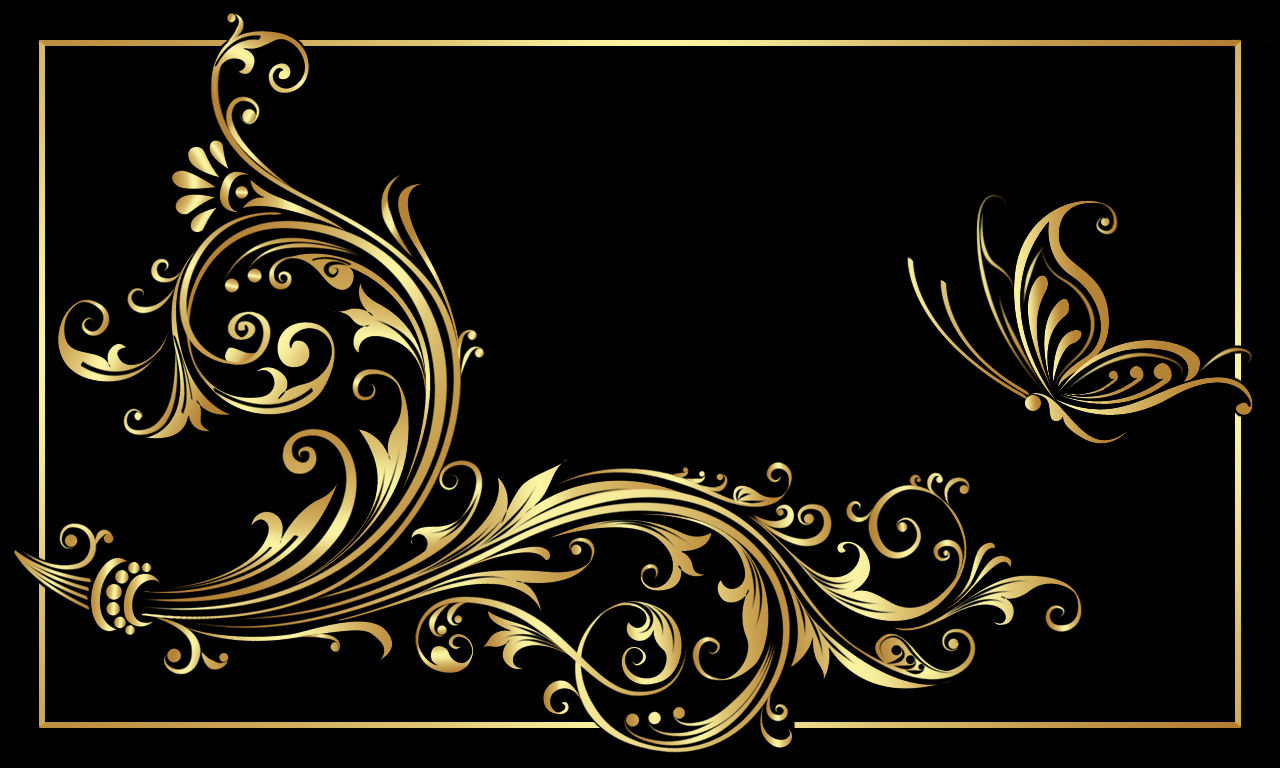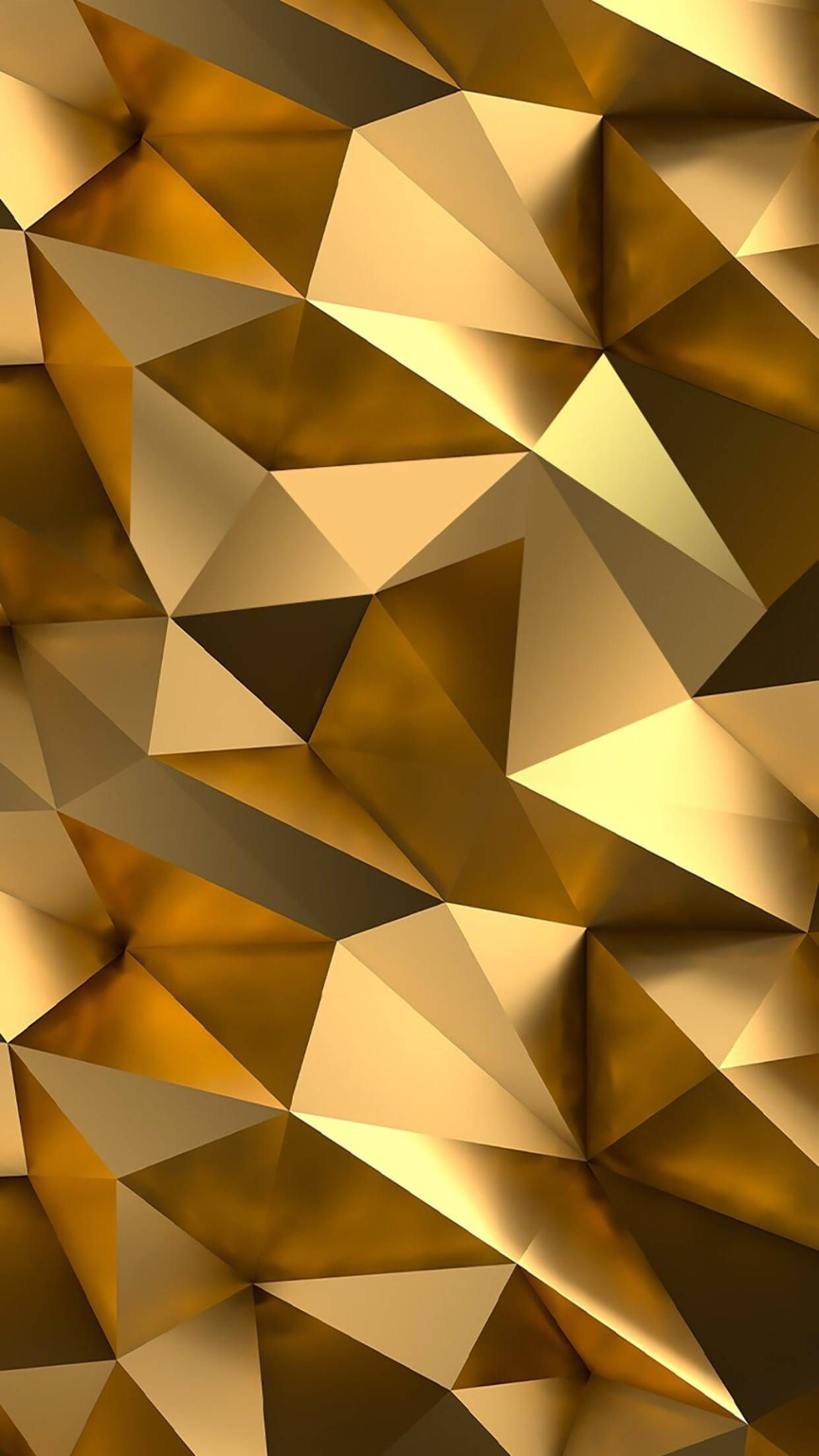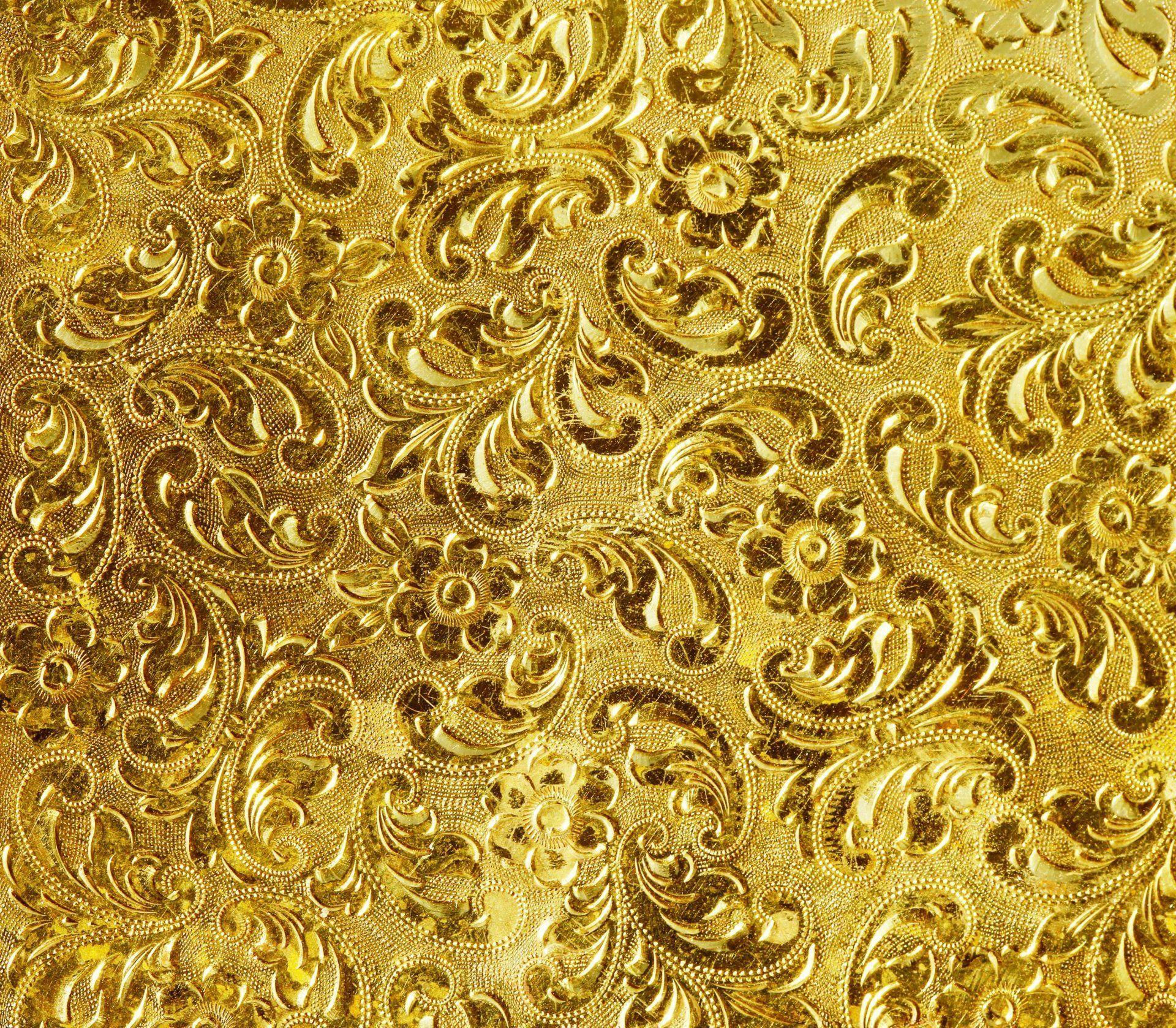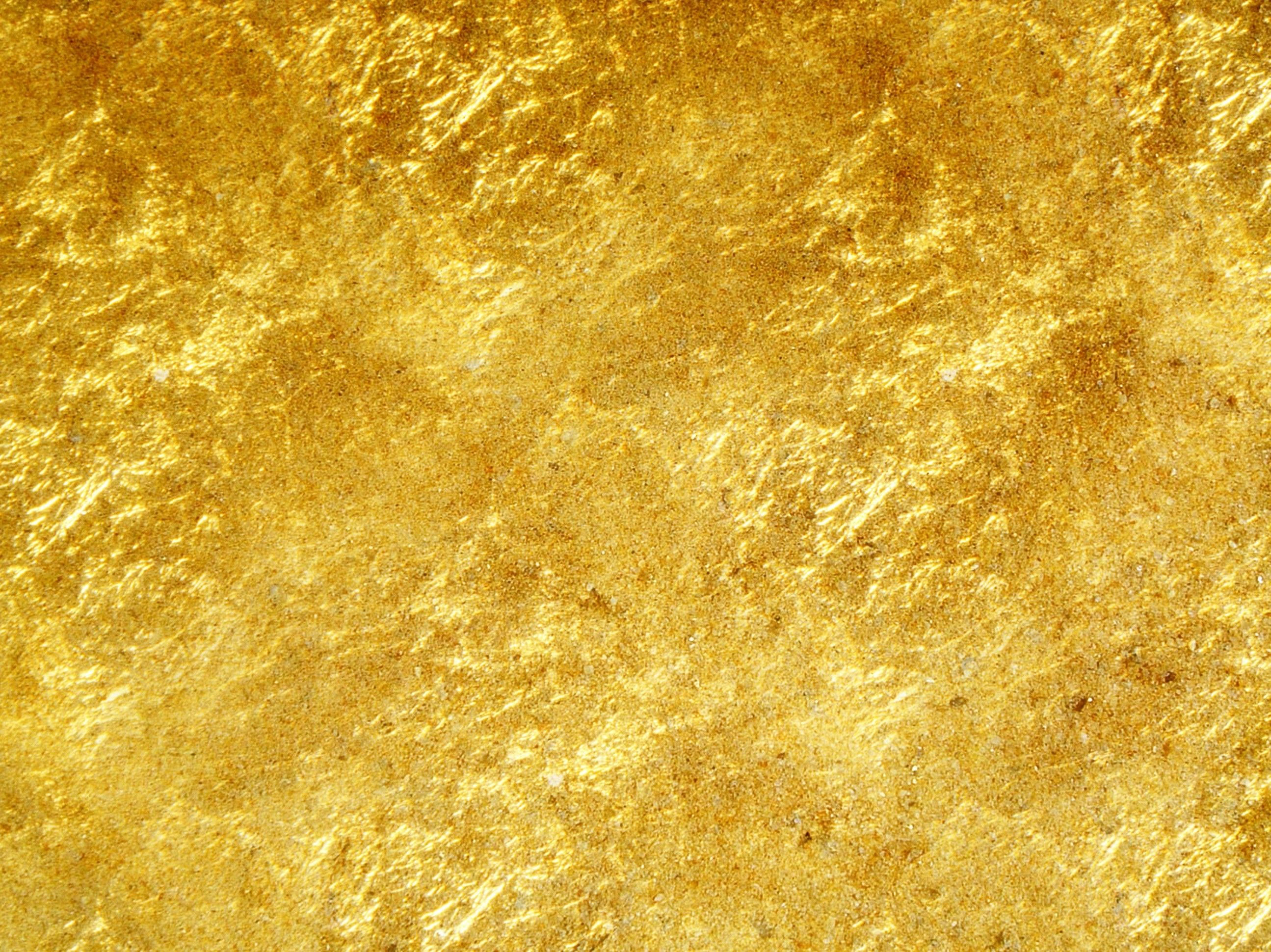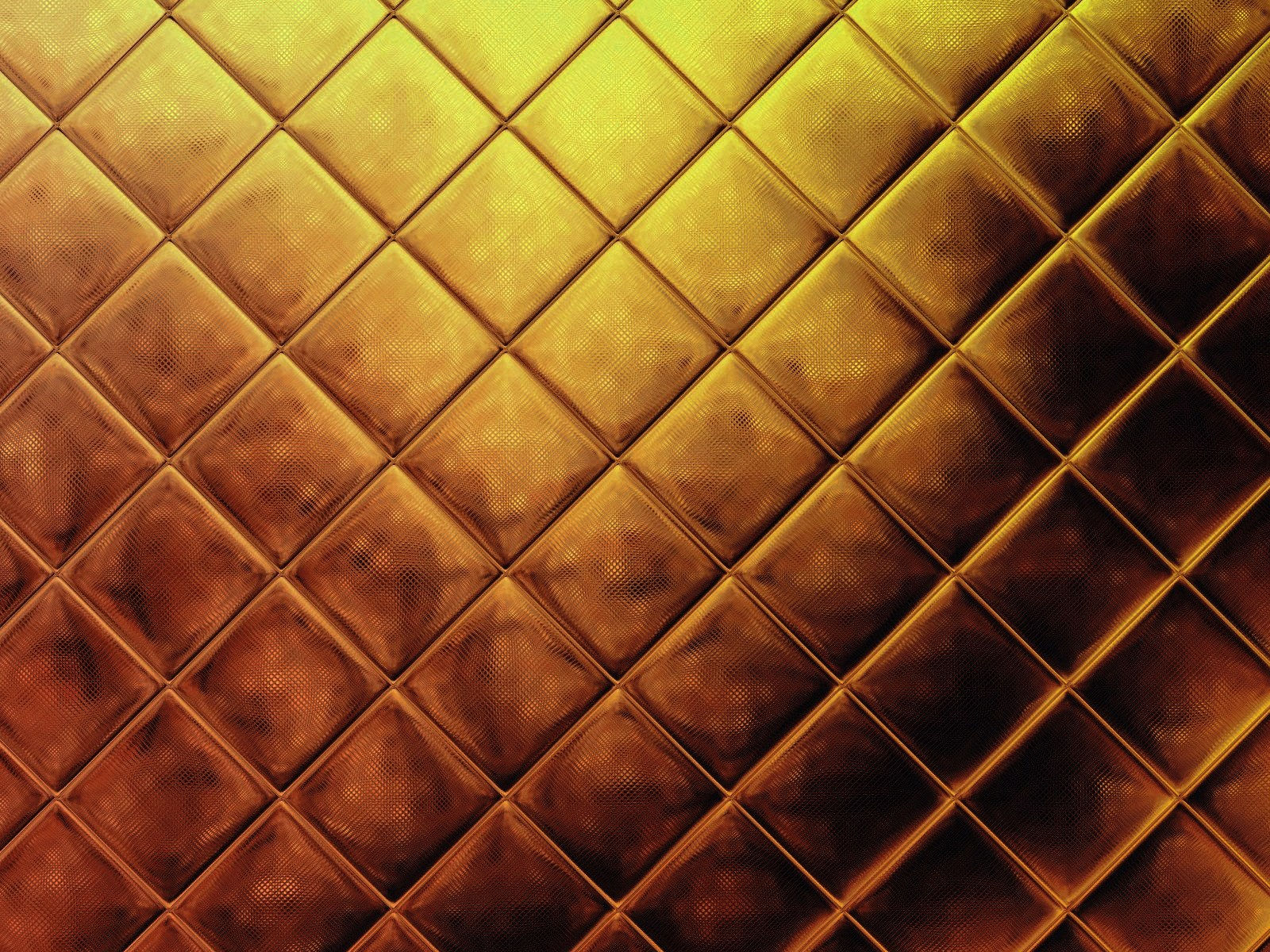The Crimson Codex: Unveiling the Secrets of a Persian Carpet
The image before us is not merely a carpet; it's a crimson codex, a tapestry woven with centuries of history, artistry, and untold stories. Its intricate design, a breathtaking symphony of reds, golds, and blues, speaks volumes about the rich cultural heritage of Persia (modern-day Iran). This blog post delves deep into the captivating world of this meticulously crafted piece, exploring its potential significance, its possible origins, and the narratives it subtly whispers.
A Symphony in Red: Deciphering the Design
The dominant crimson hue immediately commands attention. In Persian culture, red symbolizes life, joy, prosperity, and even courage. This vibrant background serves as the perfect canvas for the intricate patterns that dance across its surface. The design itself is a masterpiece of geometric precision and organic flourish. We see repeated motifs—octagons, diamonds, stylized floral patterns, and what appear to be representations of ancient cypress trees, symbols of longevity and immortality.
The meticulous arrangement isn't random. The patterns are symmetrically balanced, creating a mesmerizing sense of order and harmony. This reflects the fundamental principles of Persian design, which strive for perfect equilibrium and visual balance. Each element, no matter how small, contributes to the overall composition, creating a holistic and deeply satisfying visual experience.
The use of color is equally significant. The rich golds and creams, often found in medallions and floral elements, suggest wealth and nobility. The deeper blues and indigos could signify the heavens or, symbolically, the vastness of the desert. The skillful blending of these colours creates a mesmerizing depth, preventing the design from feeling flat or static.
Possible Origins and Significance:
Pinpointing the exact origin and age of this carpet based solely on the image is impossible. However, the style strongly suggests a connection to the classic Persian carpet-making traditions, potentially originating from regions like Kashan, Tabriz, or Nain, known for their exquisite designs and high-quality craftsmanship. These regions have long been at the forefront of Persian carpet weaving, boasting a legacy stretching back centuries.
Based on stylistic elements, we can speculate about its potential age. The intricate detail and sophisticated design suggest it's unlikely to be a mass-produced contemporary piece. It exhibits characteristics aligning with older styles, potentially dating back to the 19th or even early 20th century, although a thorough analysis by a carpet expert would be necessary for a definitive determination.
The Untold Stories Within the Weave:
Beyond its aesthetic appeal, this carpet could hold a wealth of untold stories. Imagine the hands that wove each thread, the countless hours spent creating this intricate masterpiece. Each knot represents a moment of dedication, a testament to the weaver's skill and patience. Think of the workshops where it was created, filled with the rhythmic click-clack of looms and the lively chatter of artisans.
Perhaps this carpet was commissioned for a wealthy family, its design reflecting their status and aspirations. It might have graced the floors of a grand palace, witnessed royal ceremonies, or even been a treasured heirloom passed down through generations. Its vibrant colors might have been chosen to reflect the family's crest or a significant event in their history.
The intricate designs themselves could be allegorical, telling stories of love, loss, hope, or faith. Ancient Persian carpets often incorporated symbolic imagery, and deciphering the meaning of specific motifs would be a fascinating scholarly pursuit. Perhaps a closer examination would reveal hidden messages or encoded meanings in the patterns.
A Modern-Day Interpretation:
Even if we cannot uncover the specific history of this particular carpet, its existence prompts a deeper reflection on the continuity of Persian artistic traditions. The image presents a beautiful snapshot of a cultural heritage that remains vibrant and influential today. The complex patterns are not merely decorative; they are the legacy of a rich artistic lineage that spans centuries.
Today, this design could inspire contemporary artists, designers, and even architects. The intricate patterns could be reinterpreted in various forms, from textile prints to digital art to architectural designs. The image transcends its original context and becomes a springboard for new creative explorations, demonstrating the enduring power of classical art forms.
Further Explorations:
To truly understand the secrets held within this crimson codex, we need further investigation. Experts in Persian carpet history, art historians, and textile scholars could contribute their knowledge to shed more light on its possible origins, design influences, and historical context. Digital enhancement of the image might help reveal finer details that could provide additional clues.
This image represents more than a pretty picture; it's a portal to another time, a tangible link to a rich and fascinating cultural heritage. The crimson codex, in its vibrant detail, invites us to delve deeper into its story, reminding us of the power of art to transcend time and culture and leave a lasting impression on our imaginations. The mystery of this carpet is as captivating as the beauty that unfolds before our eyes.
